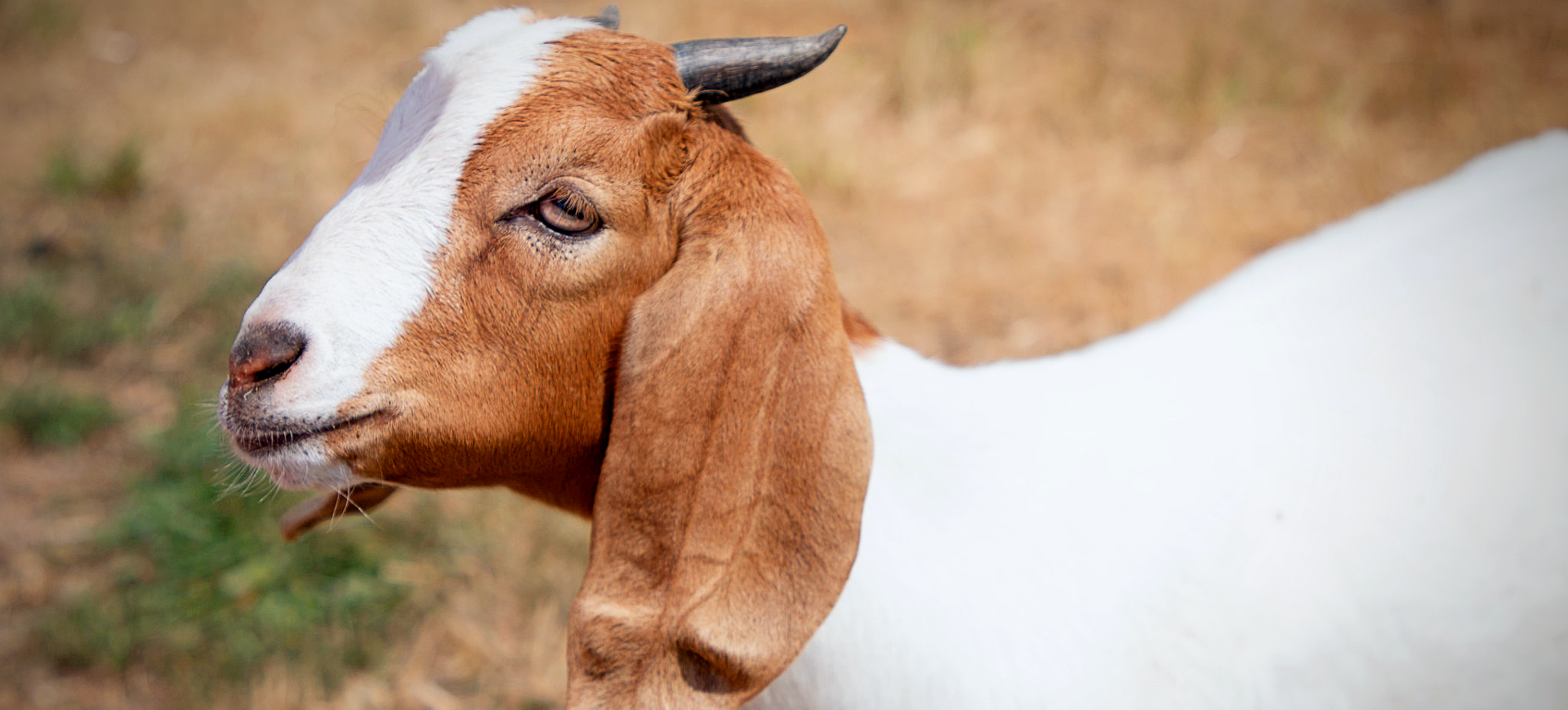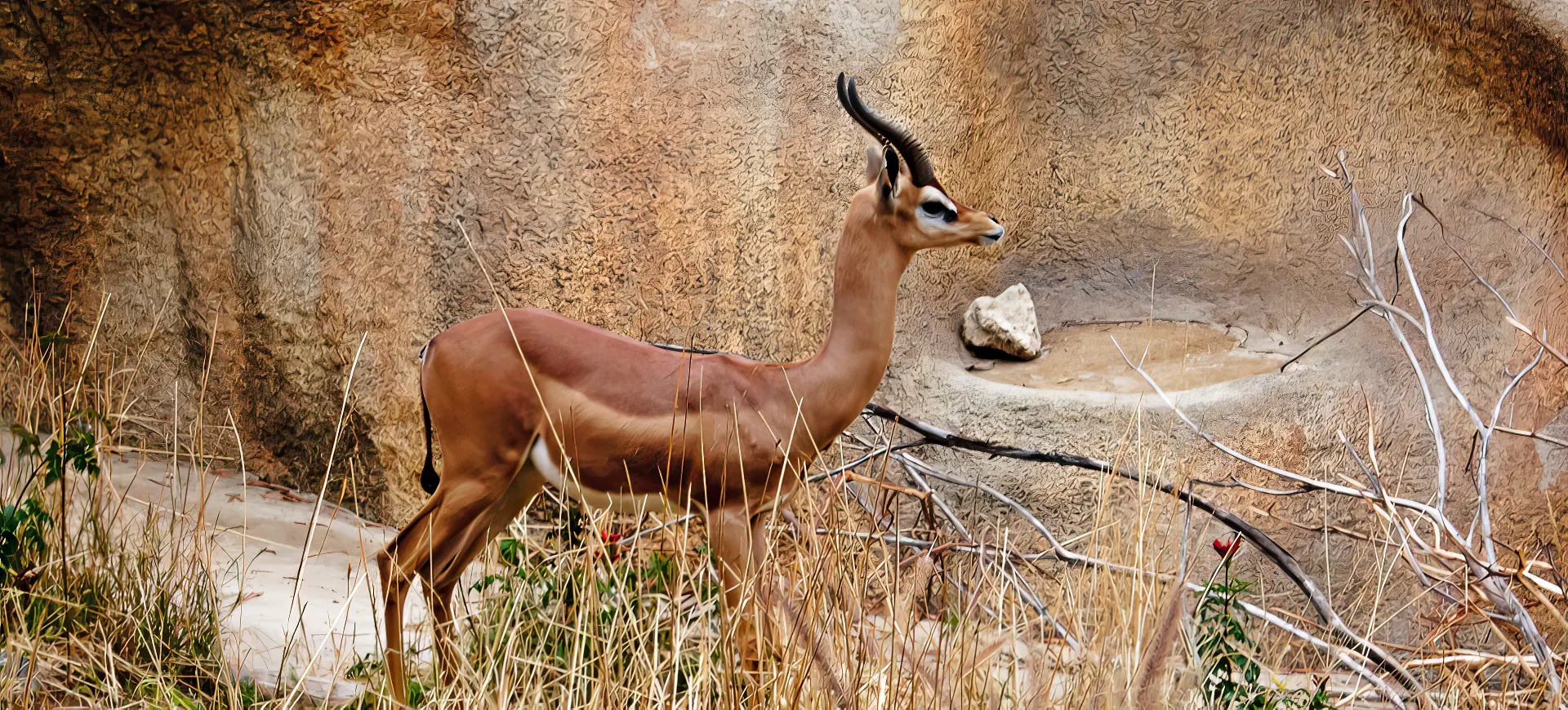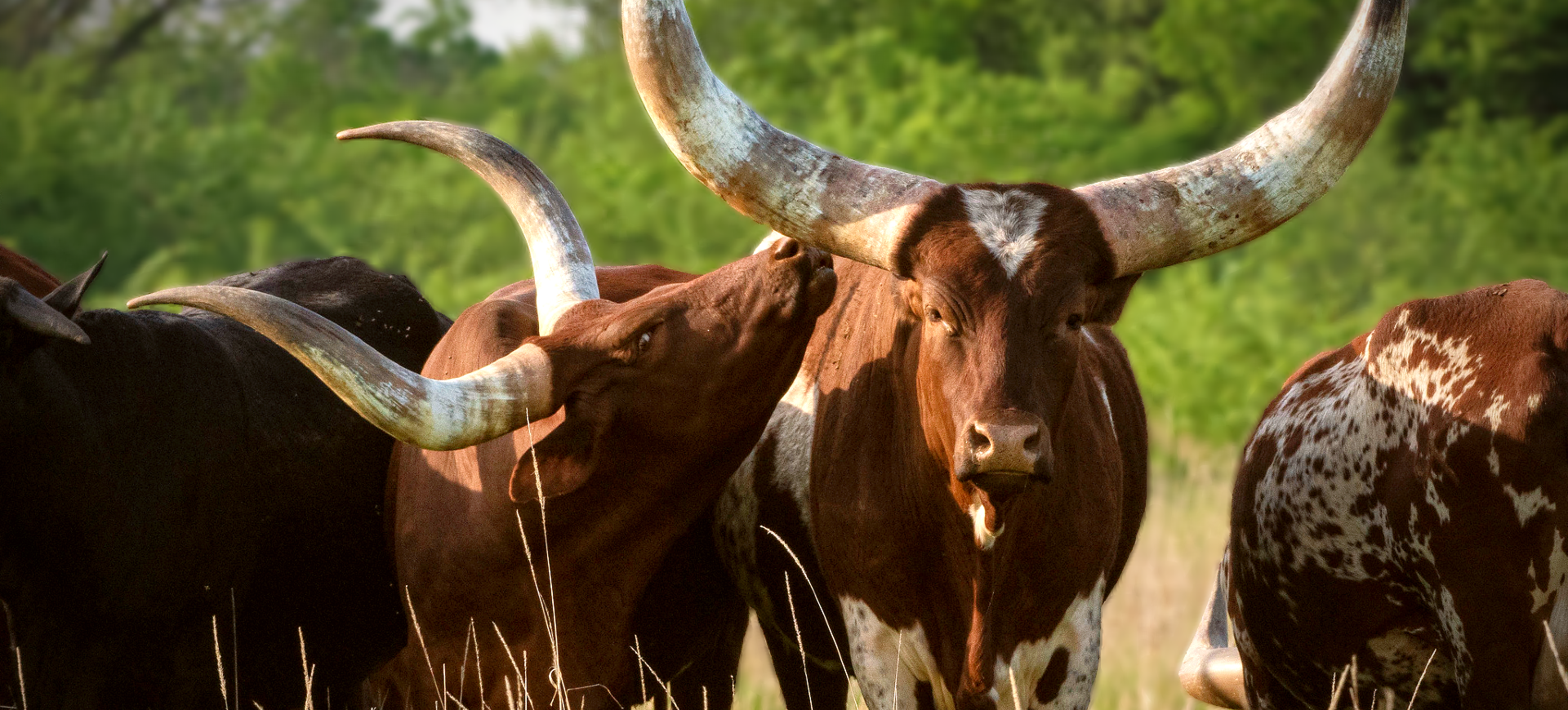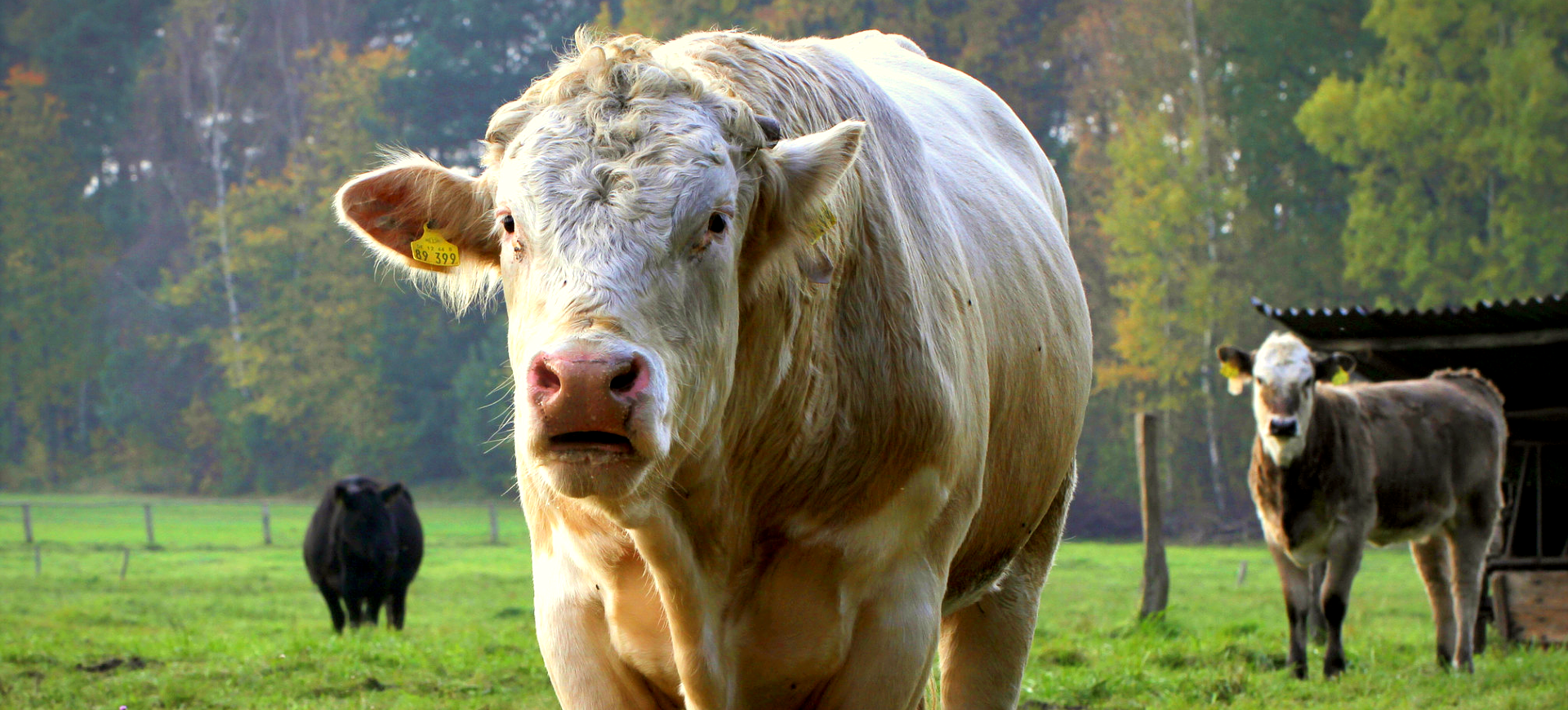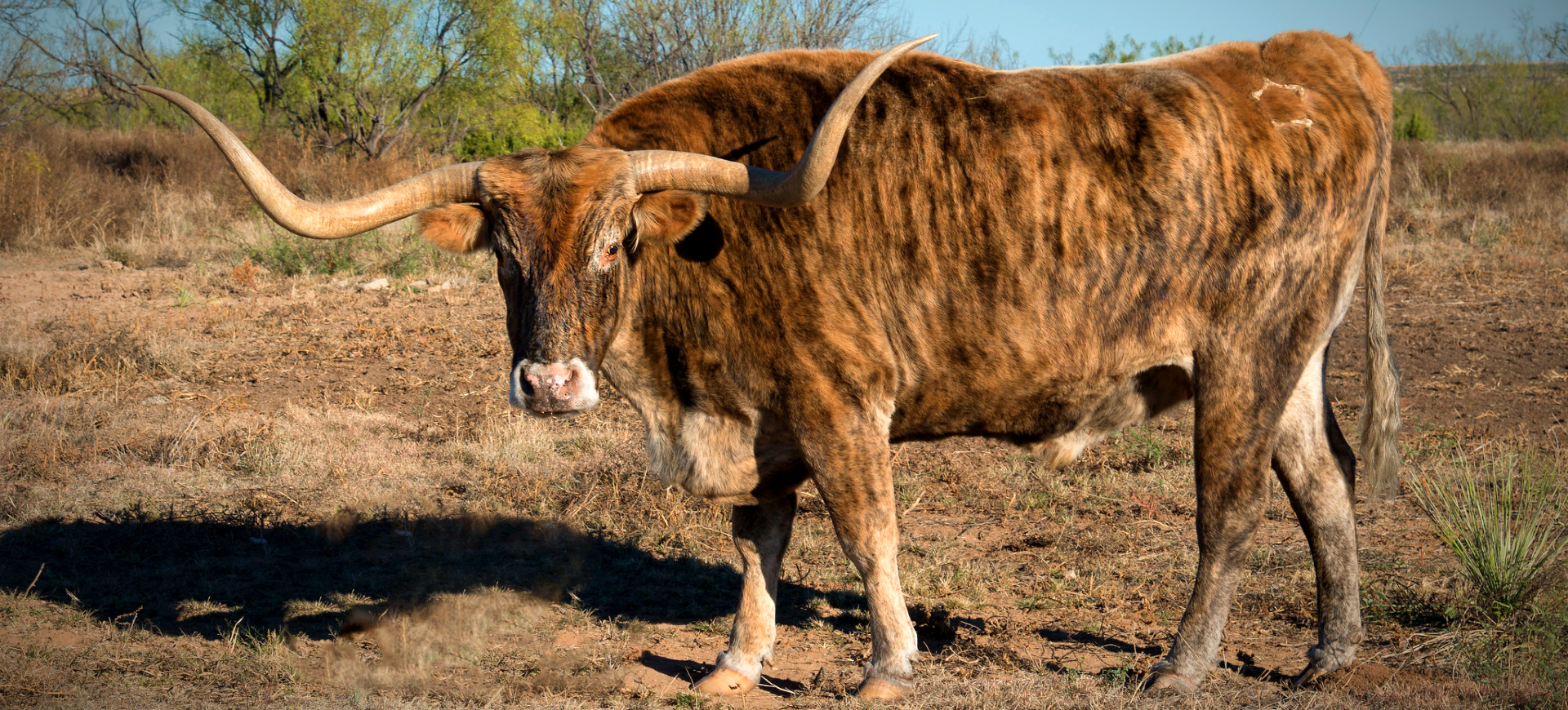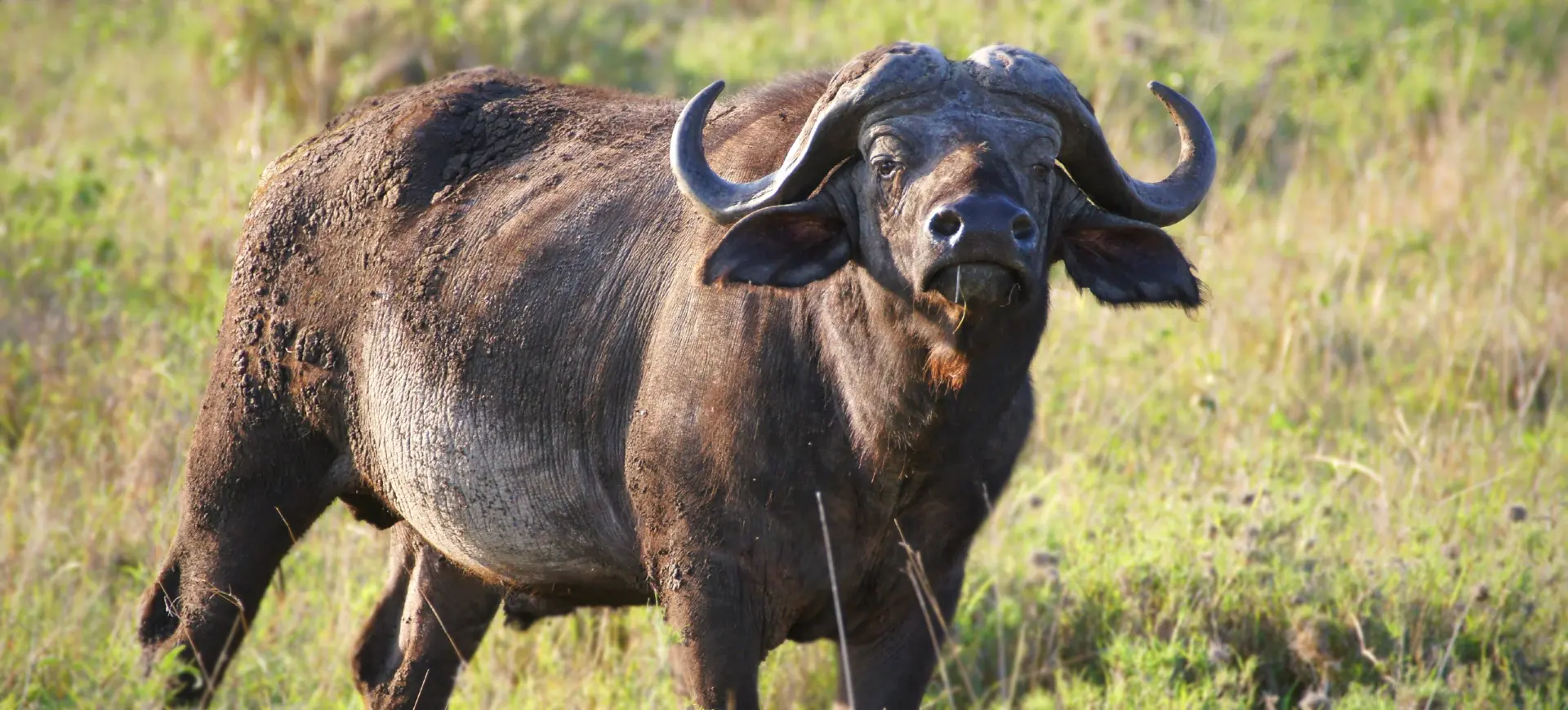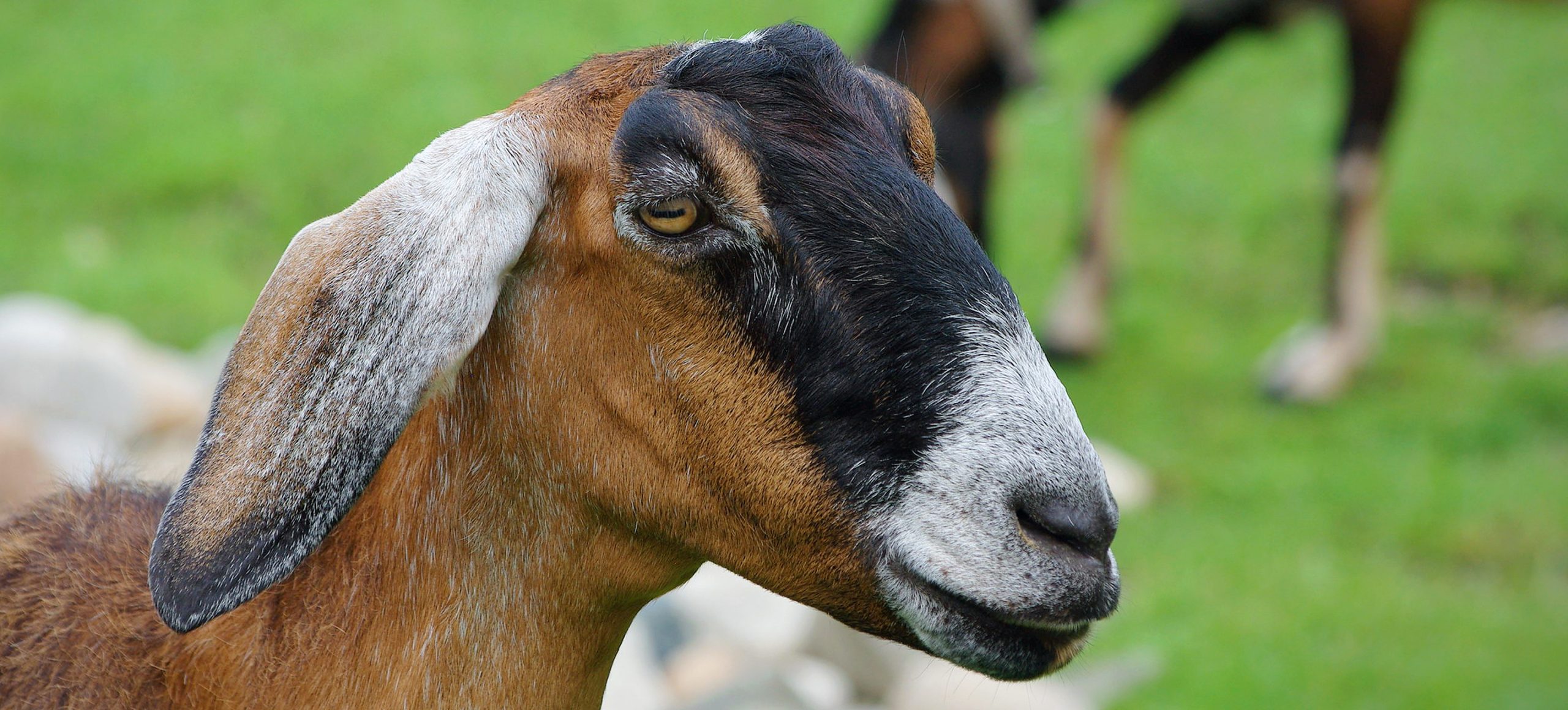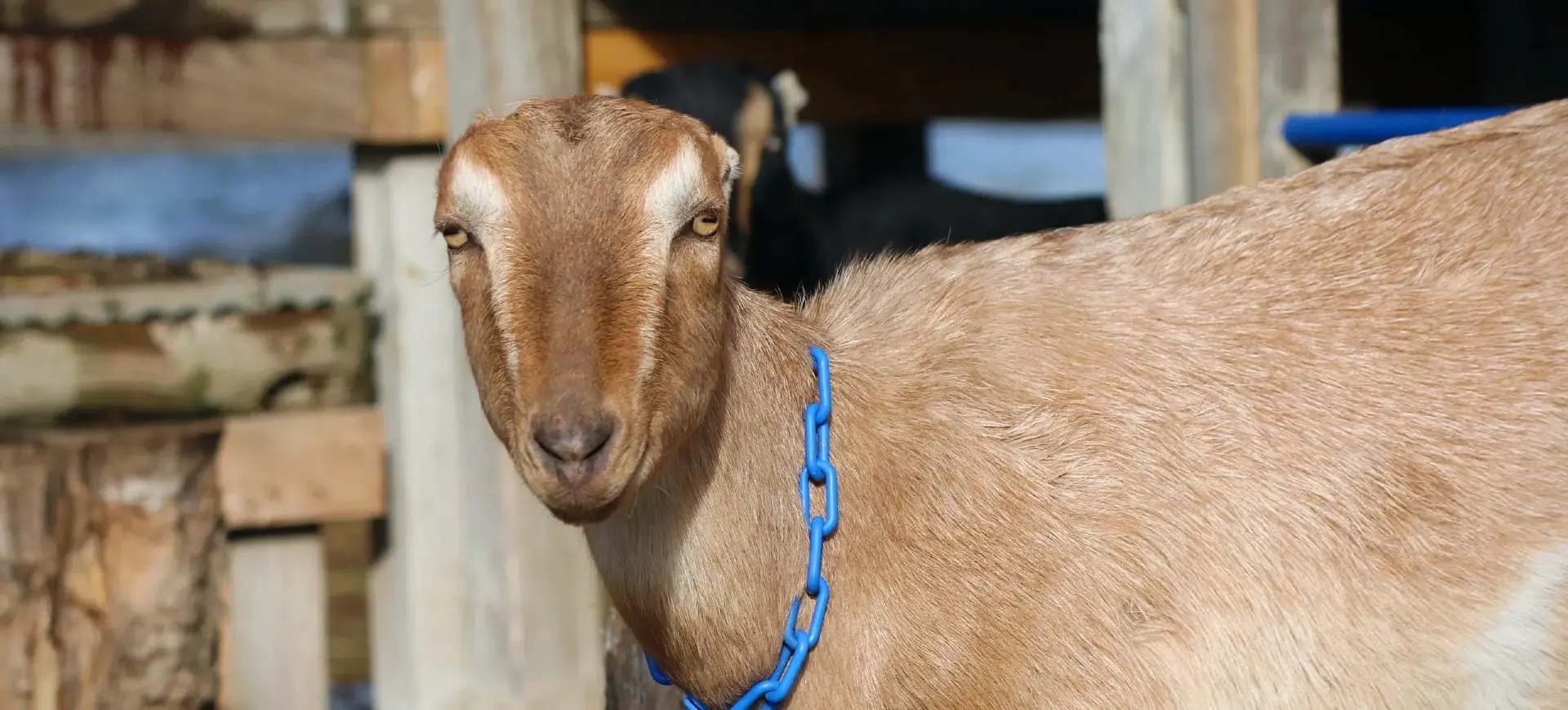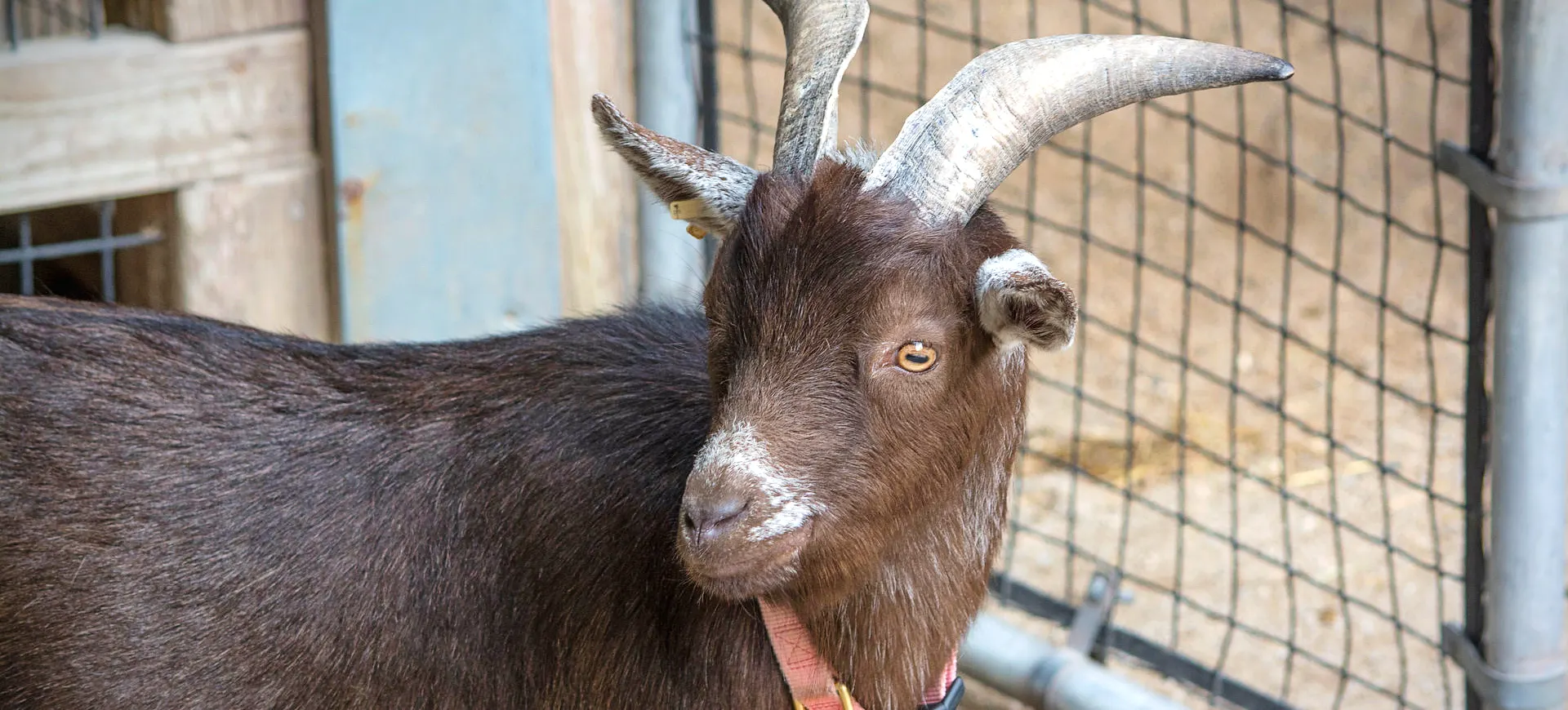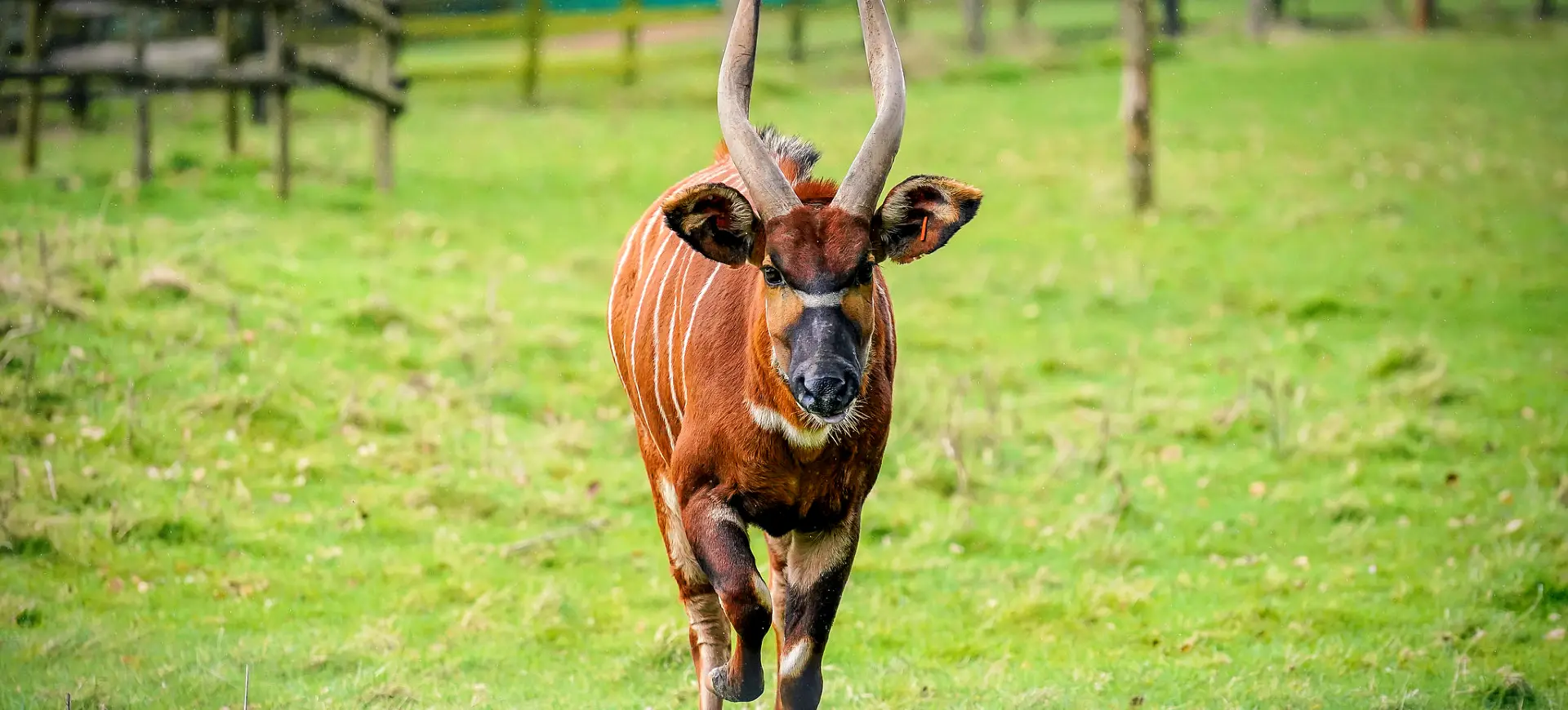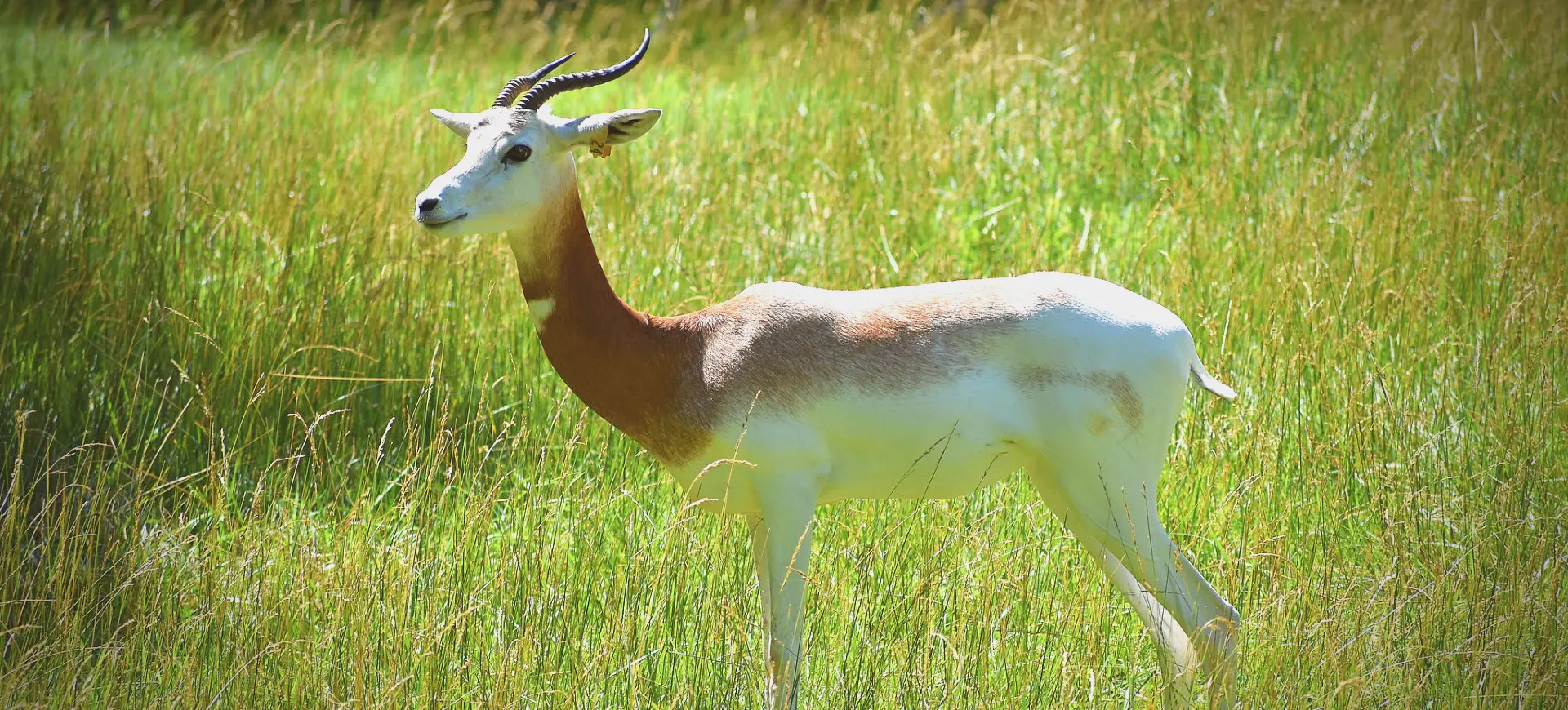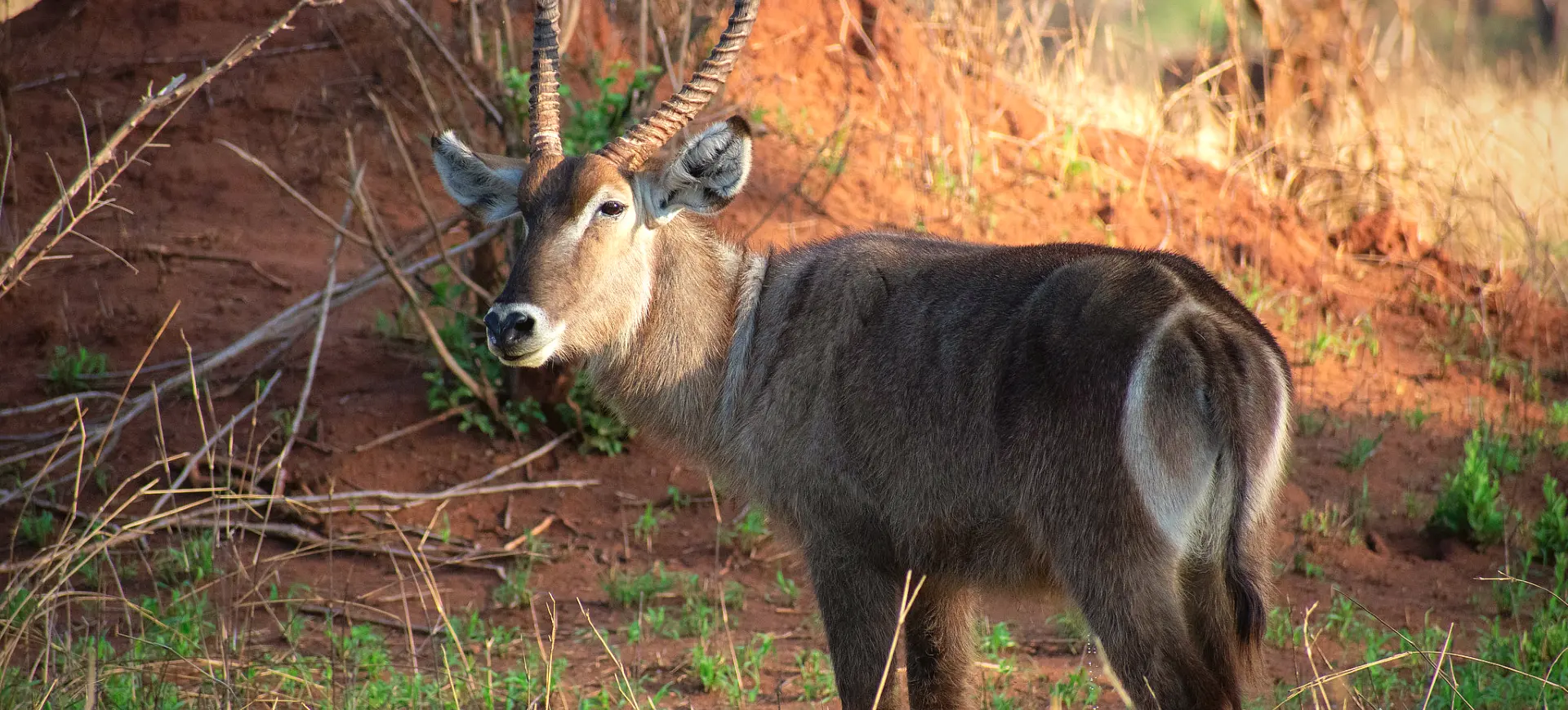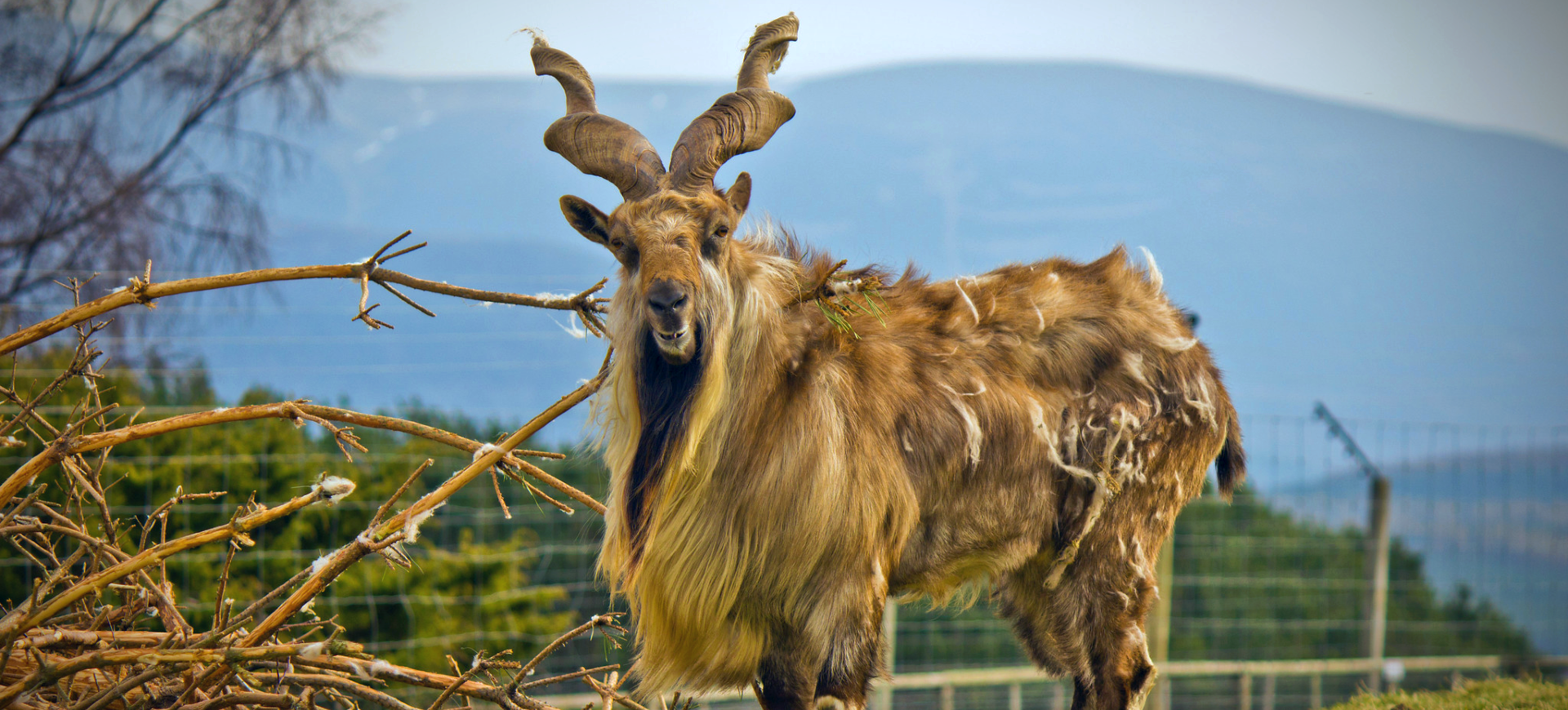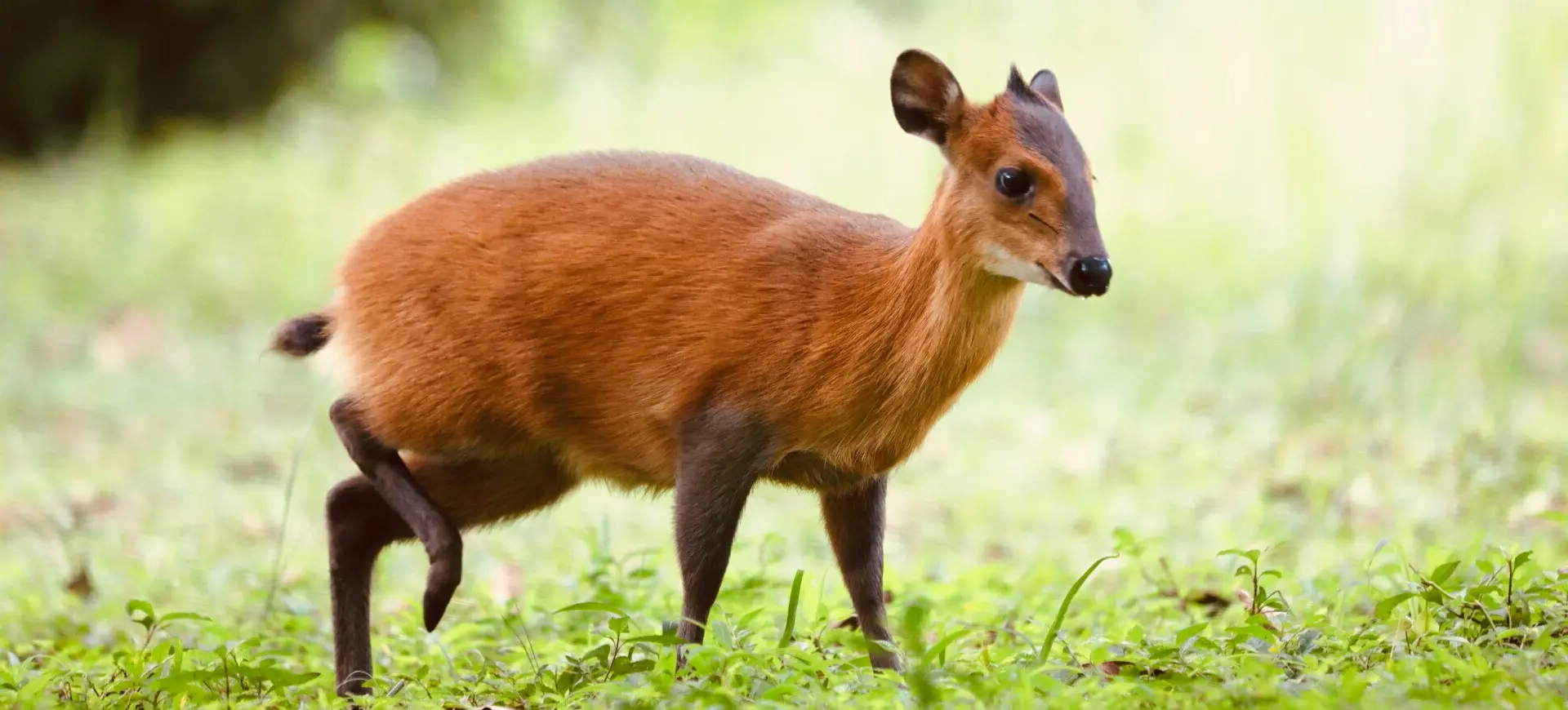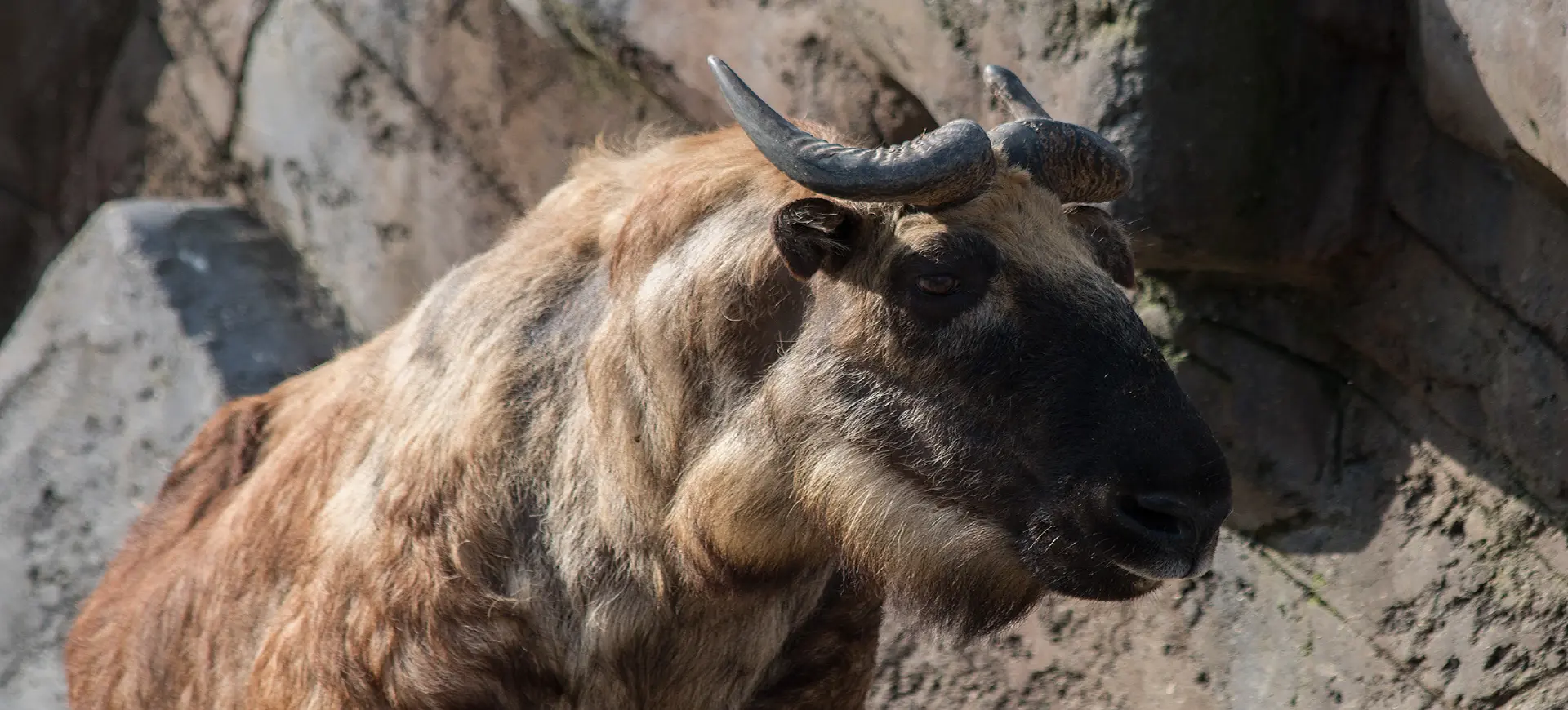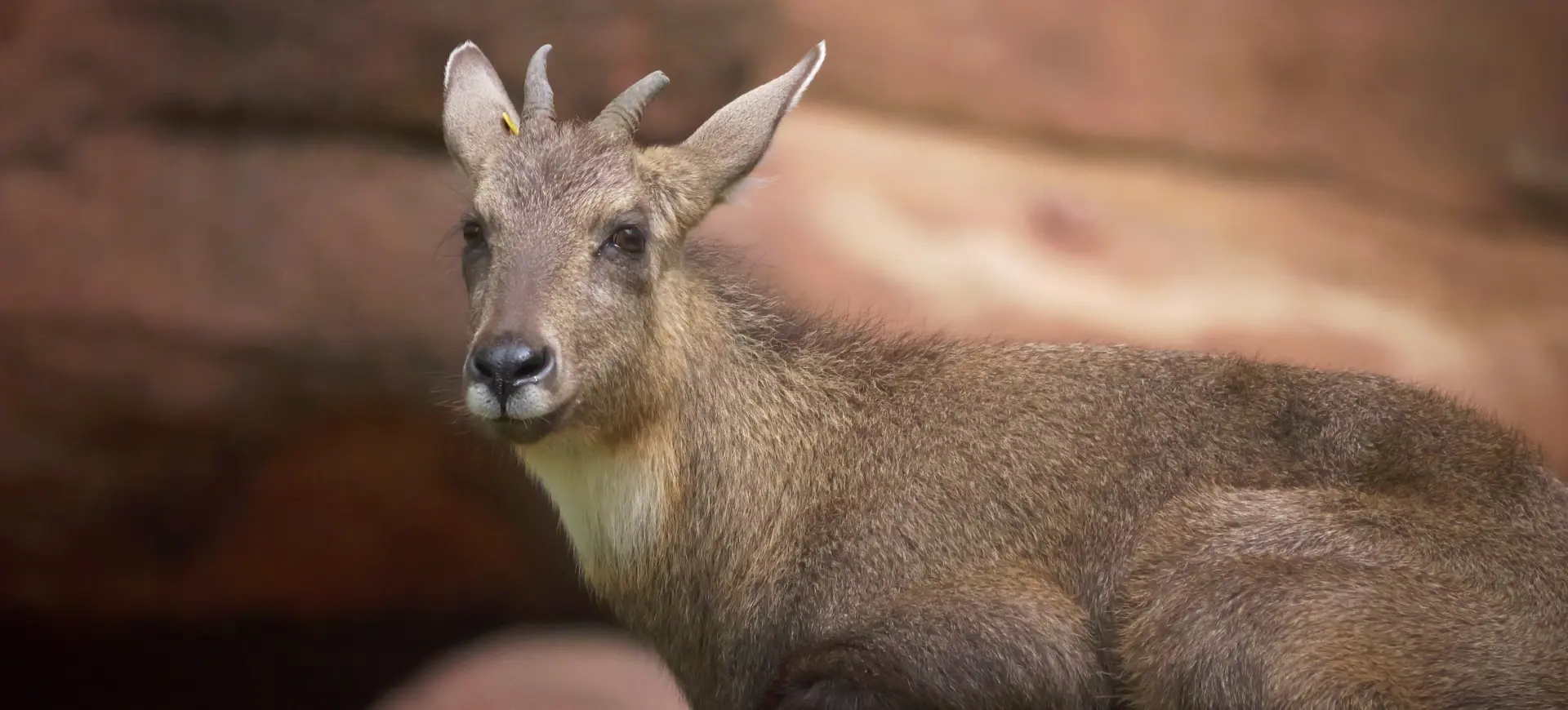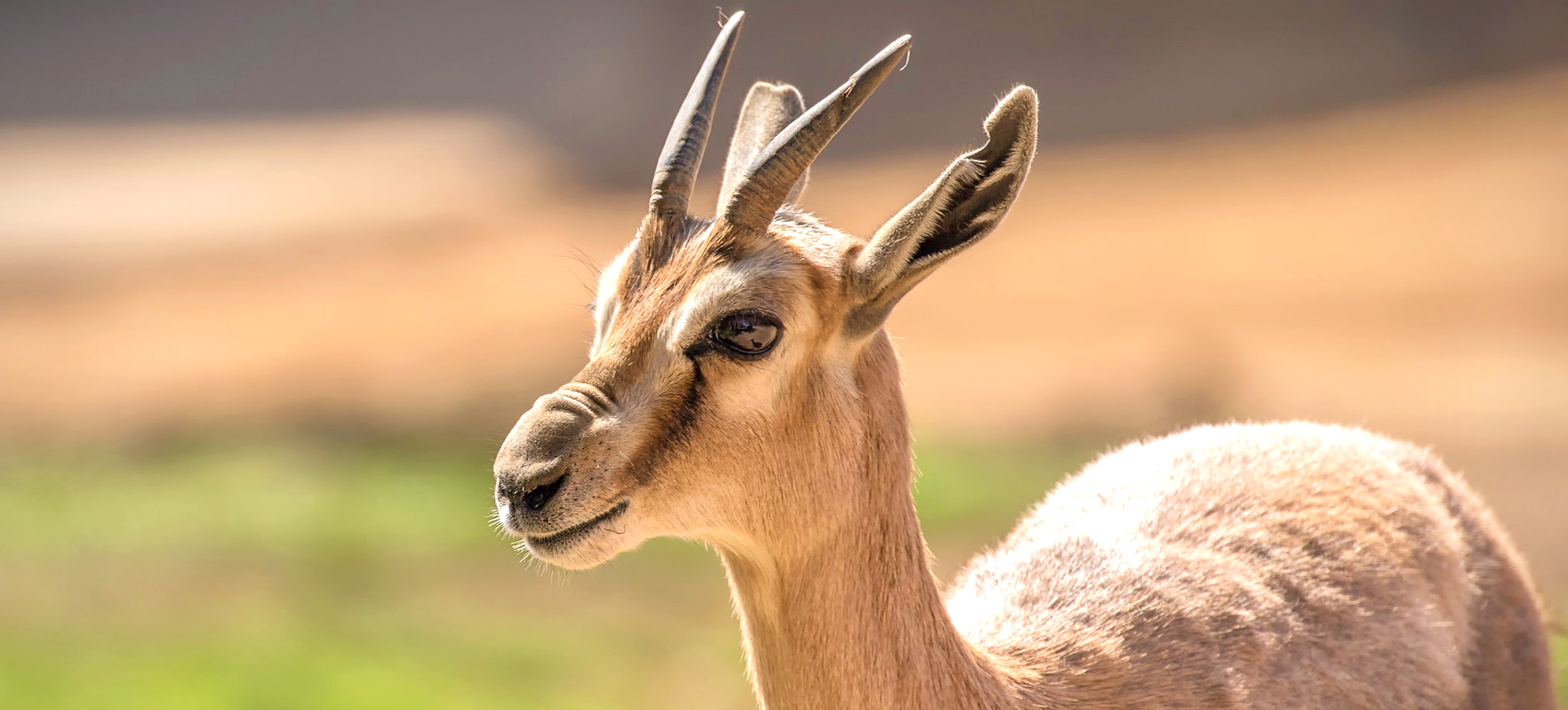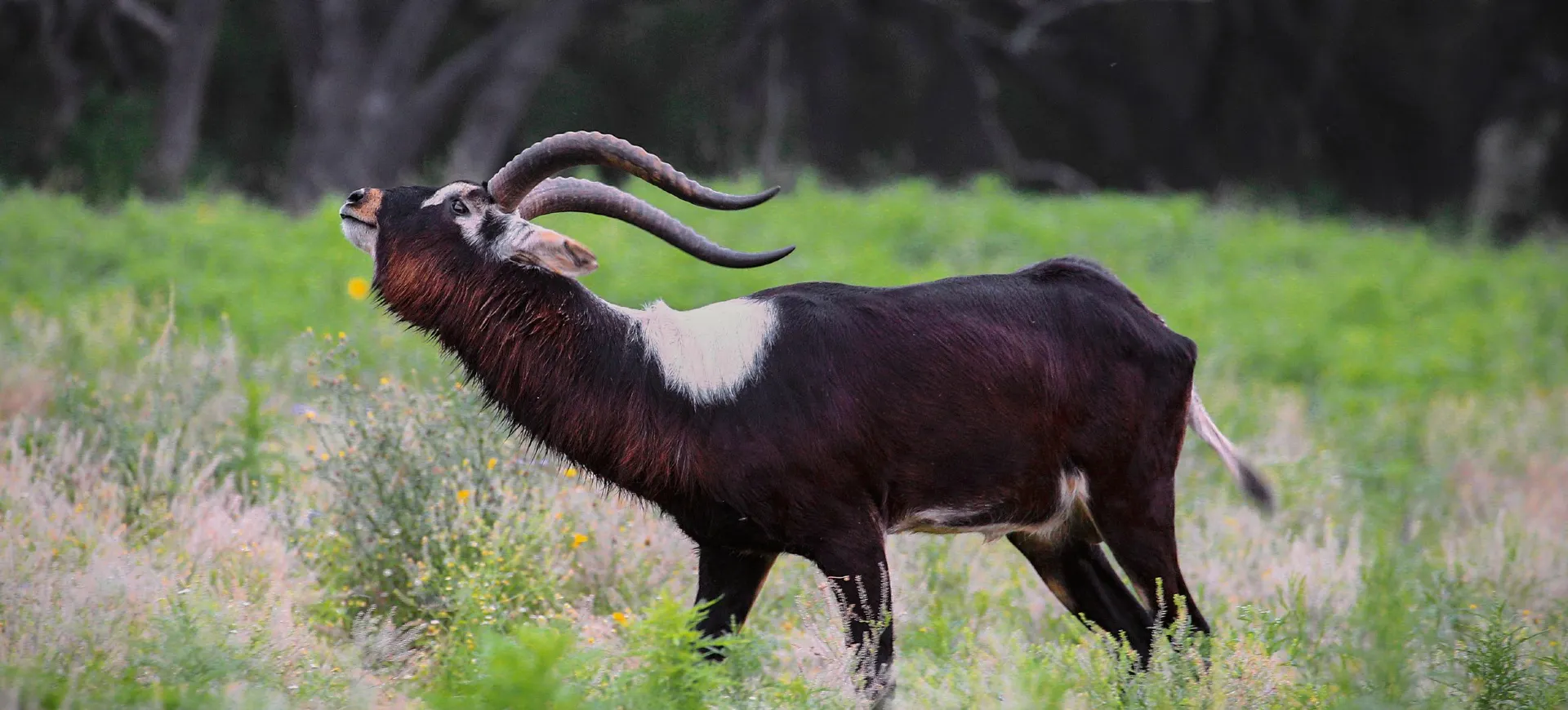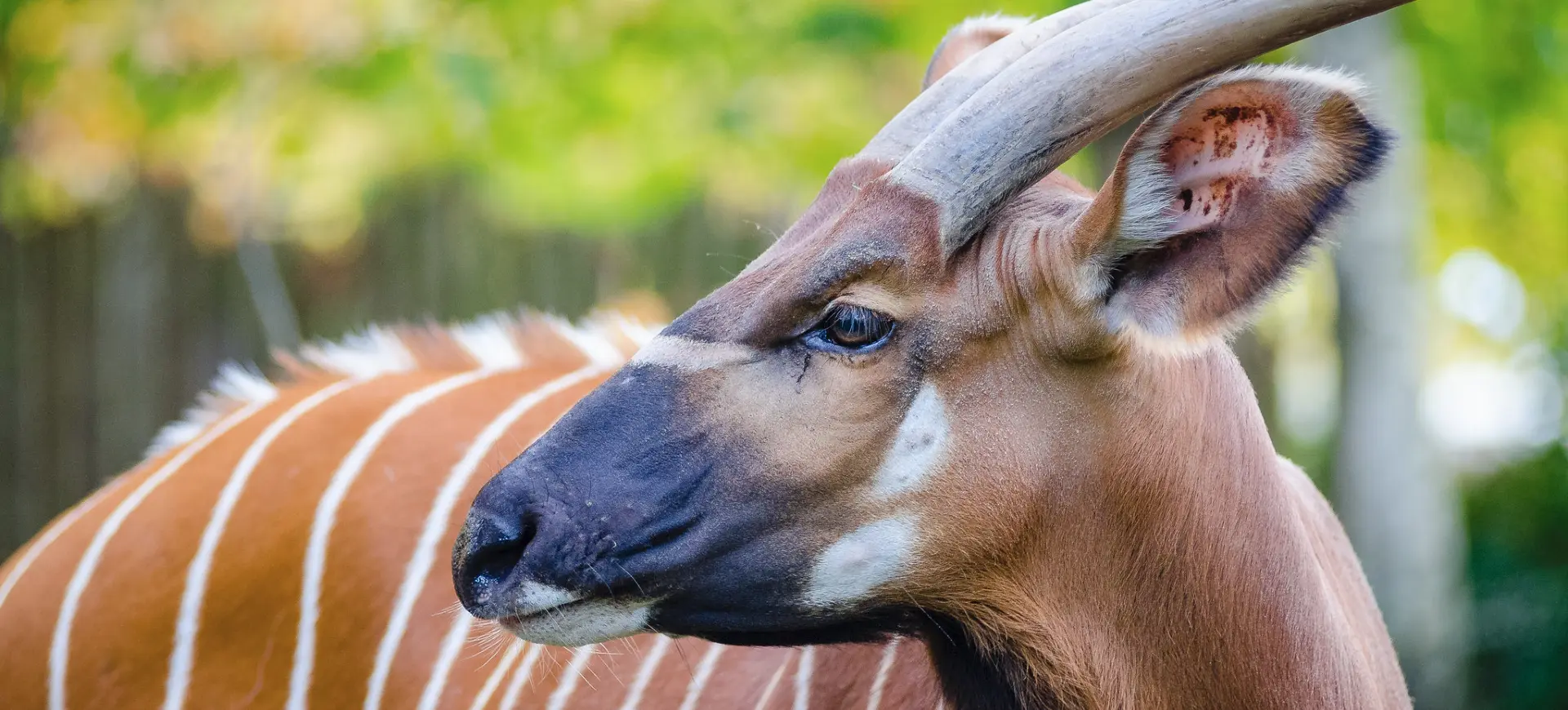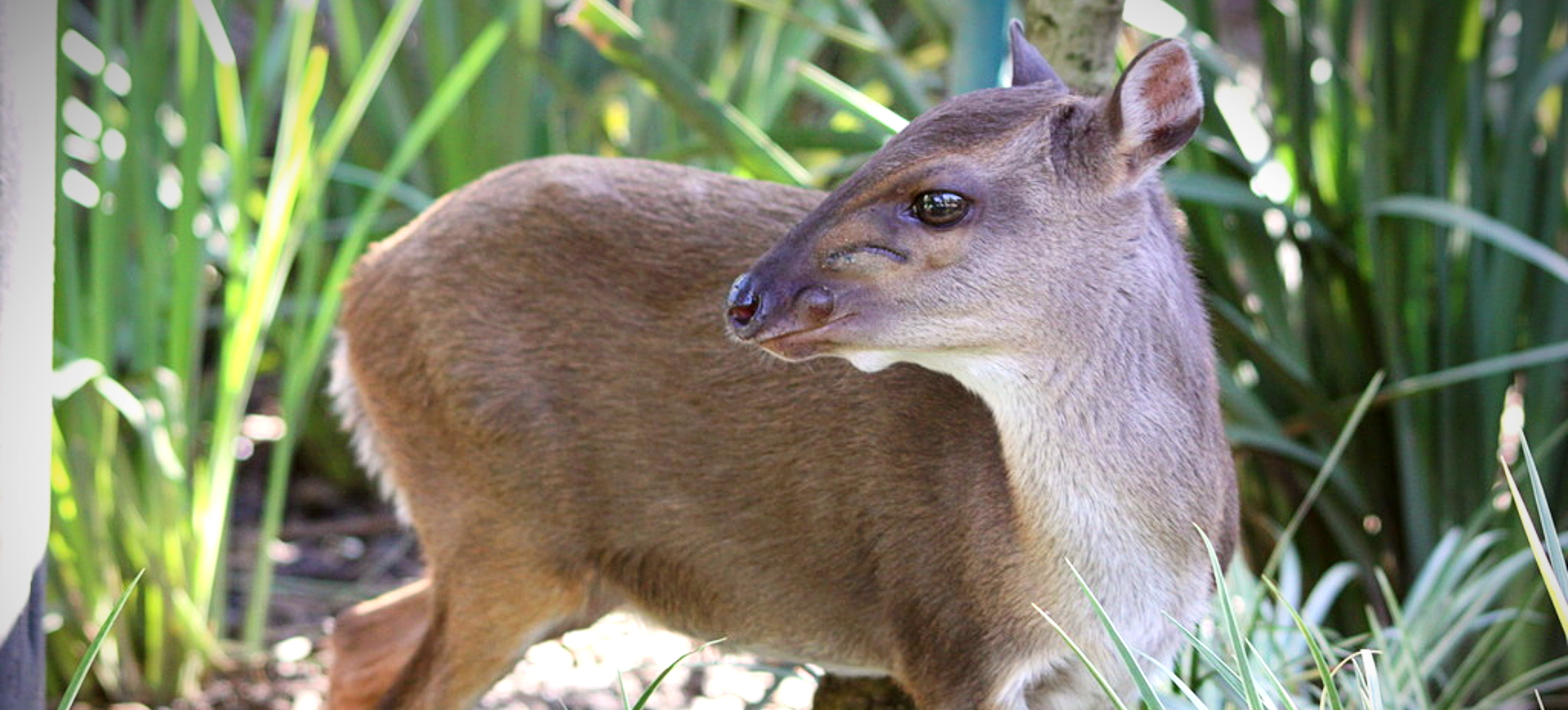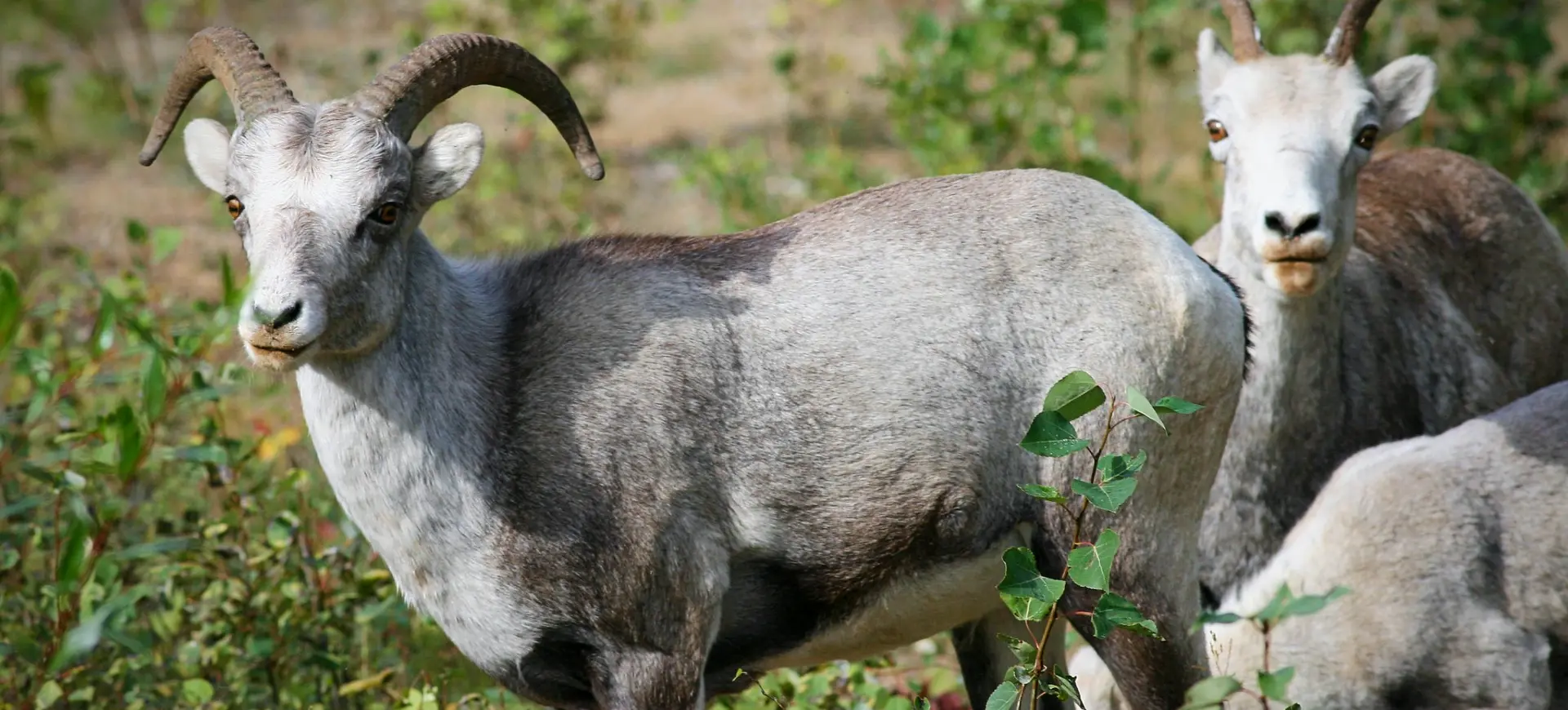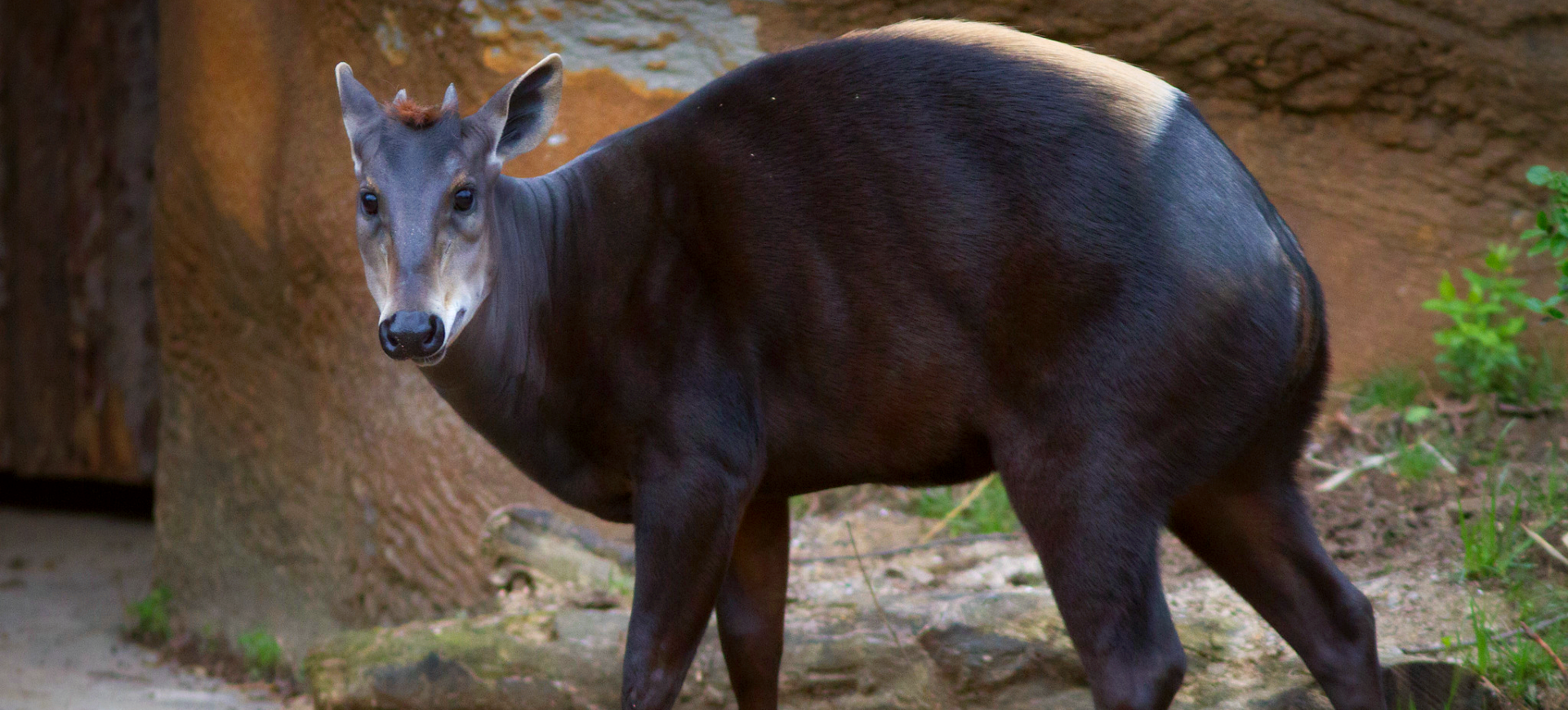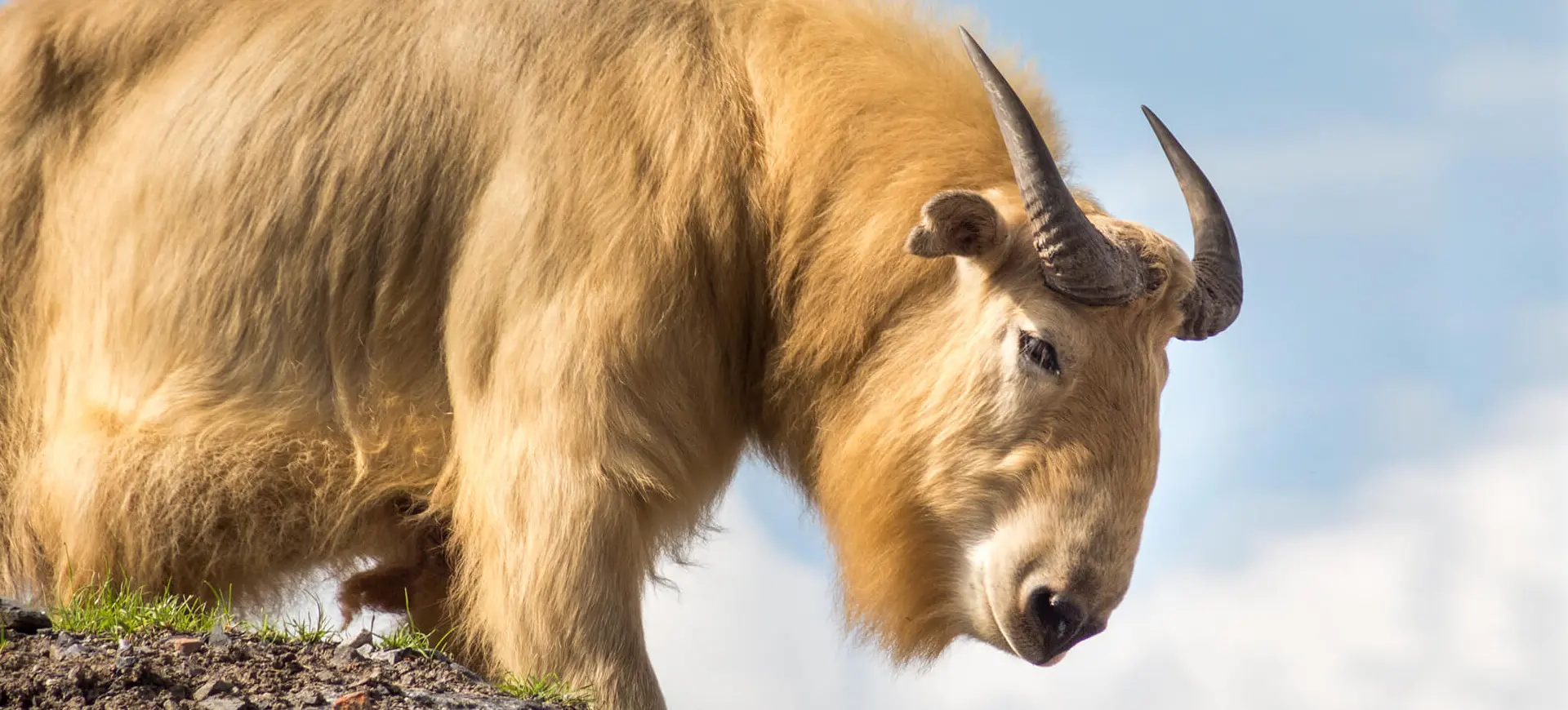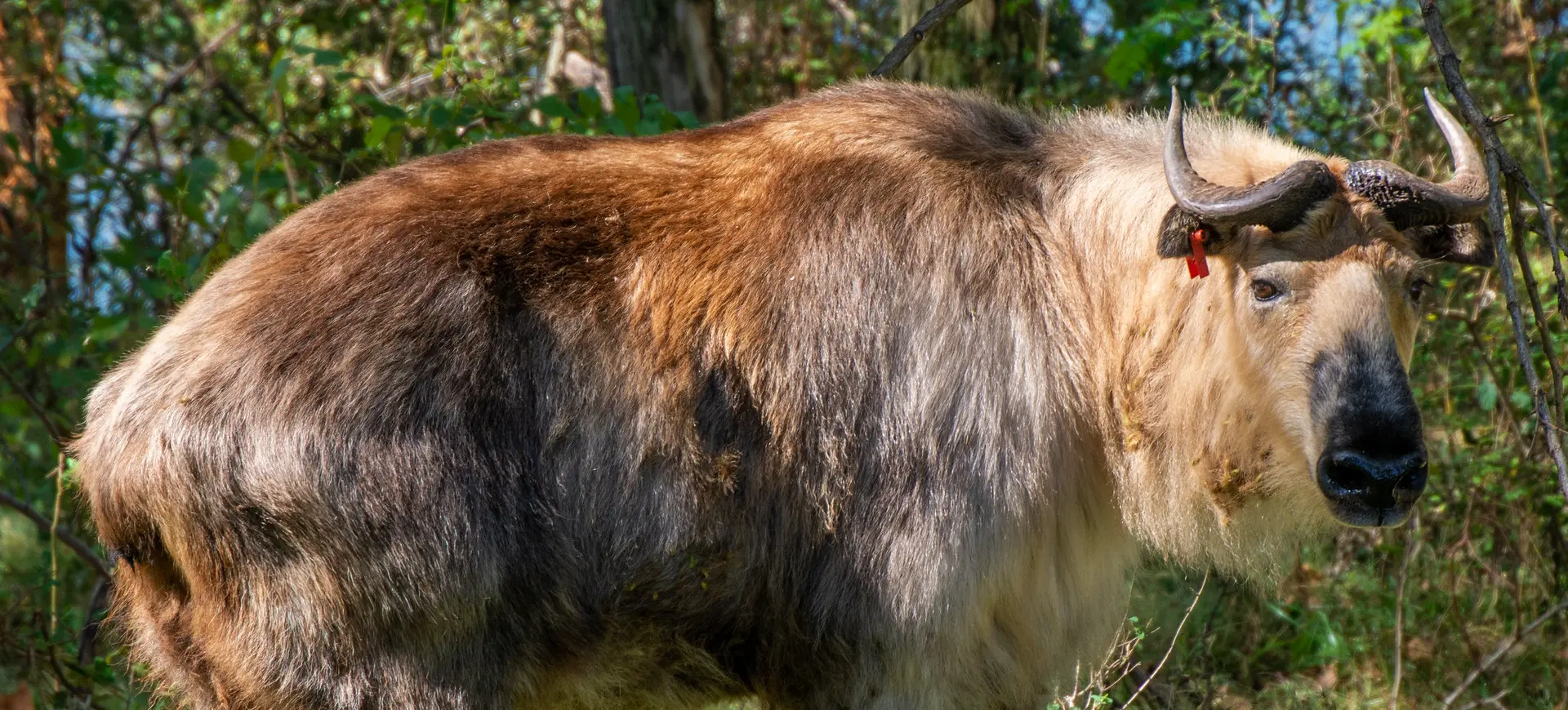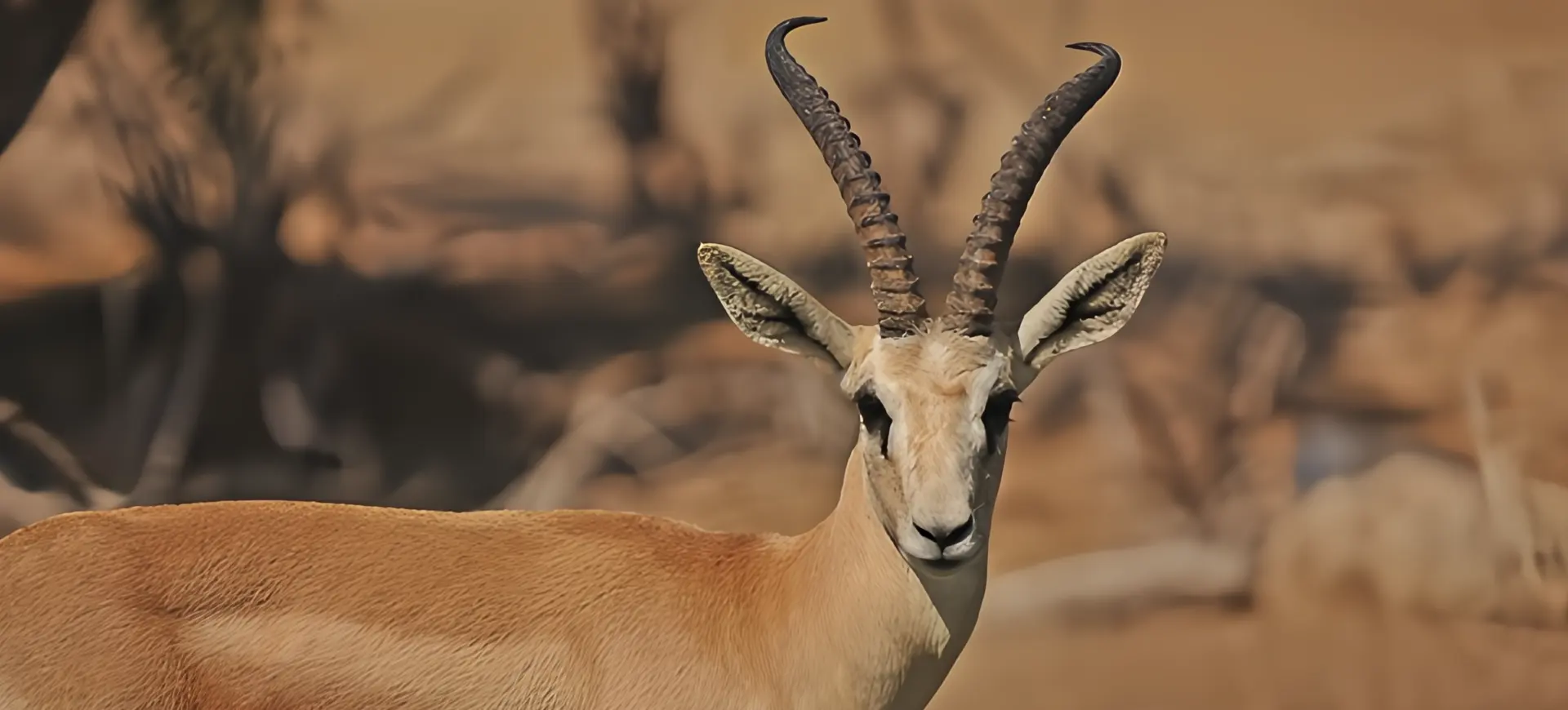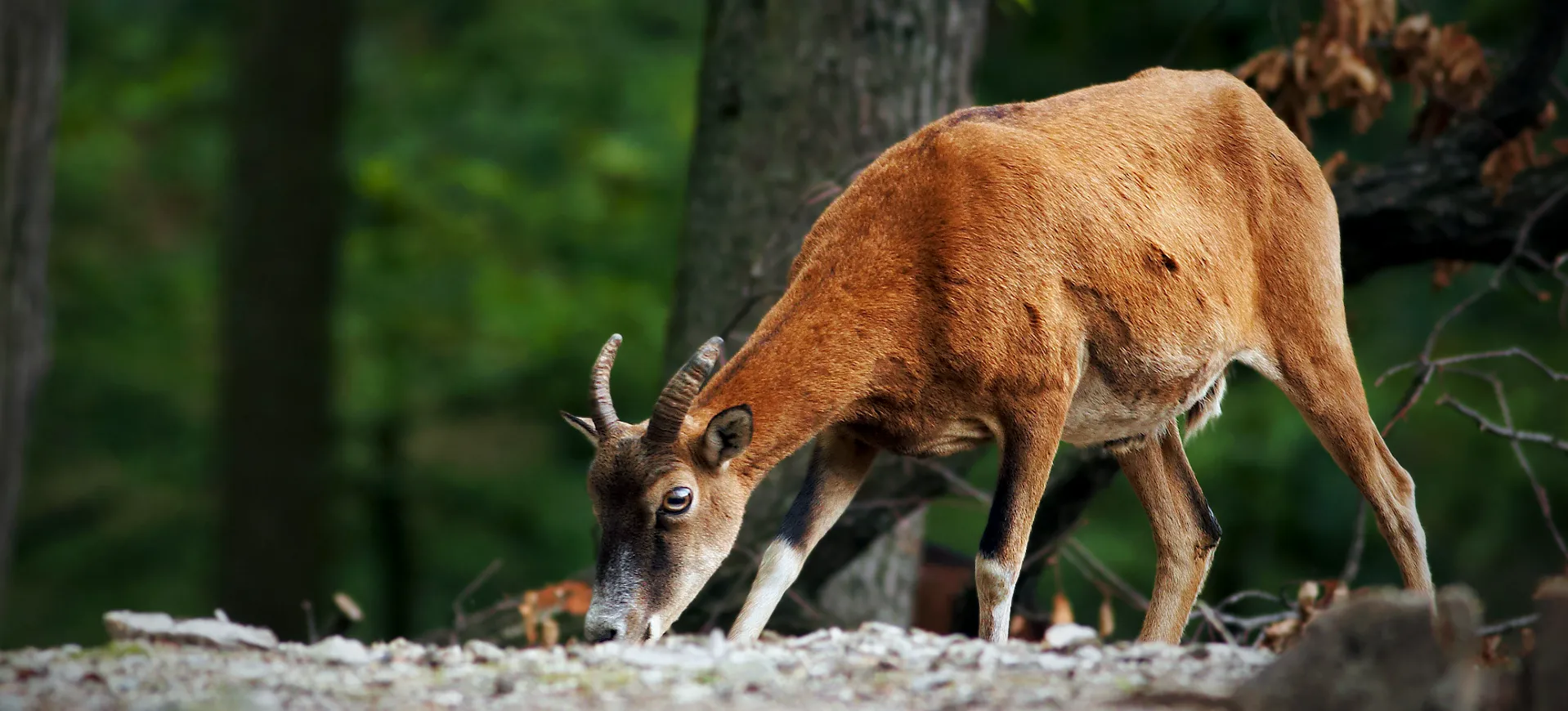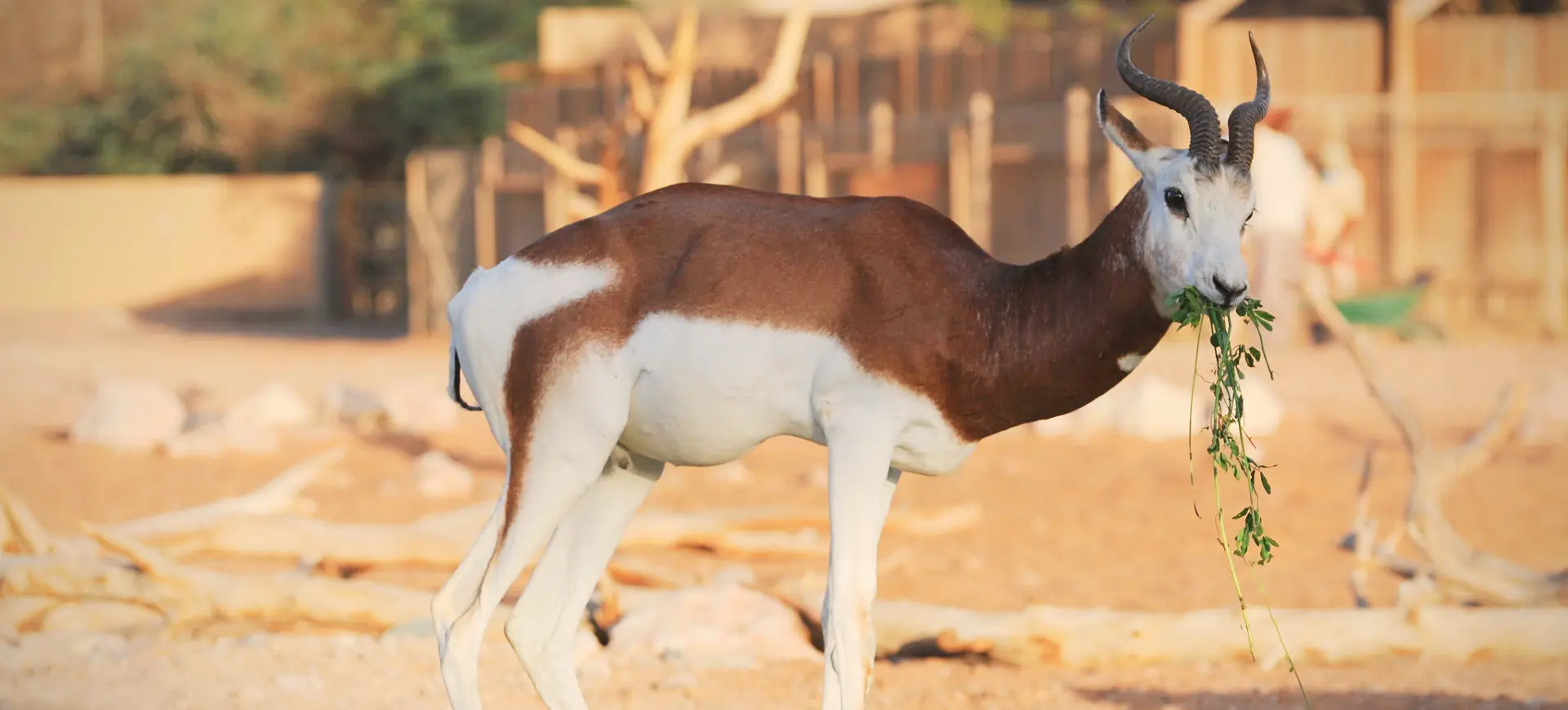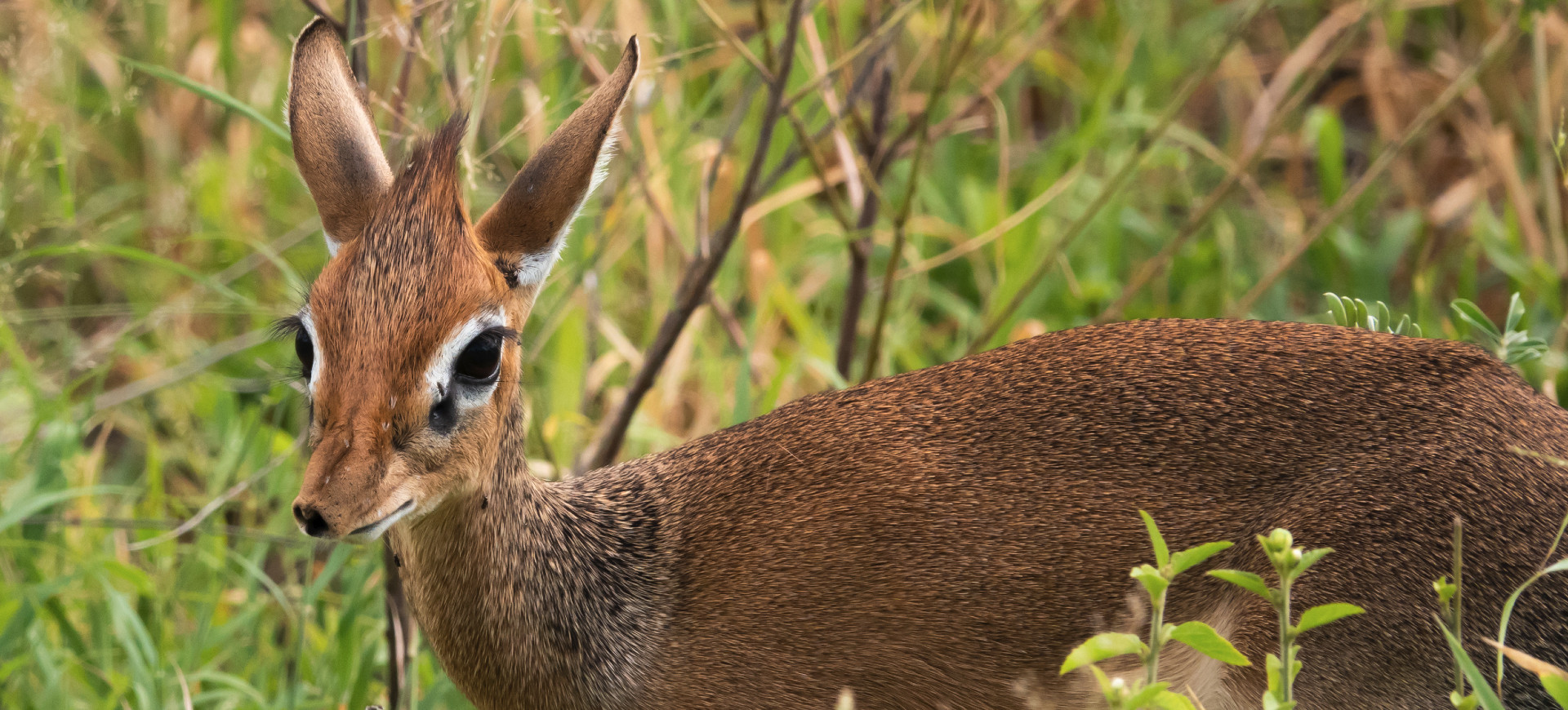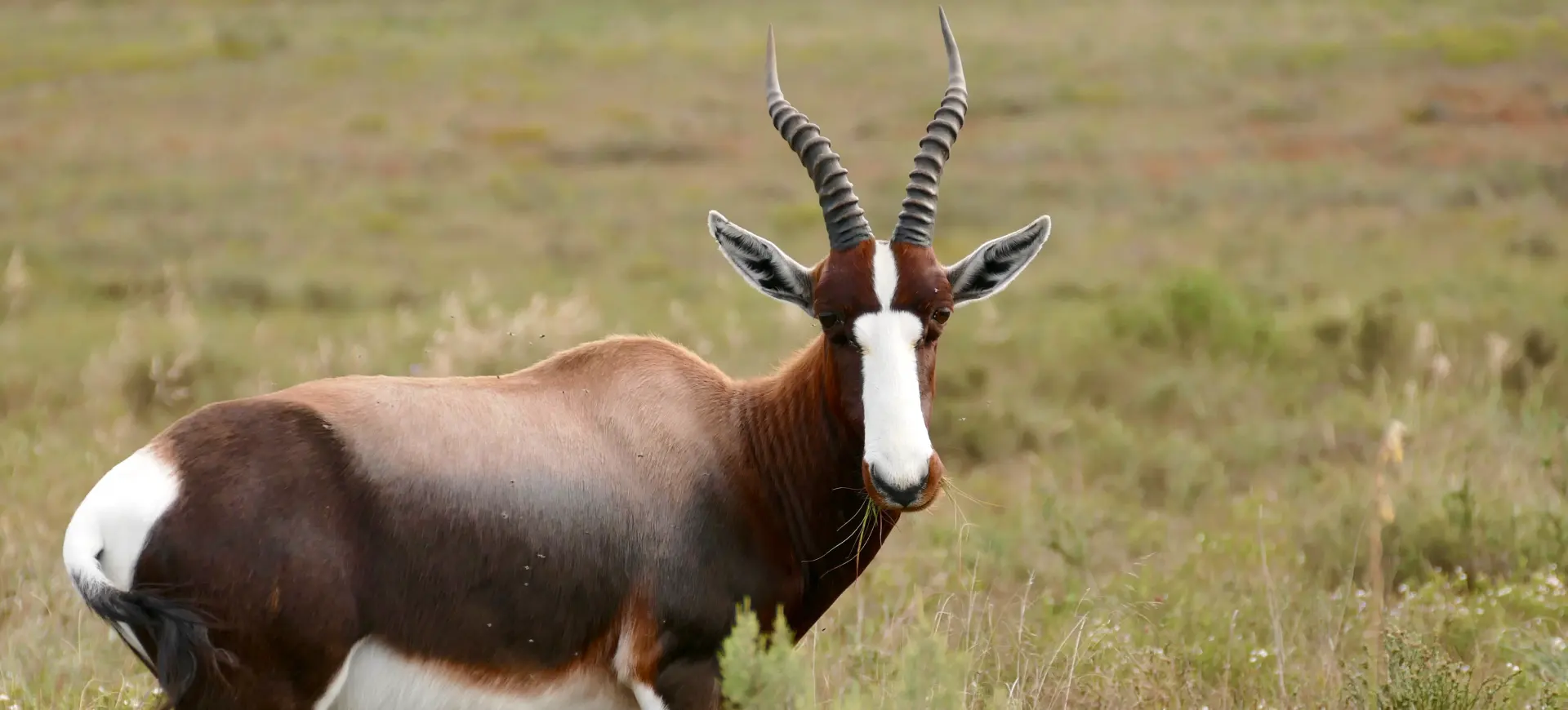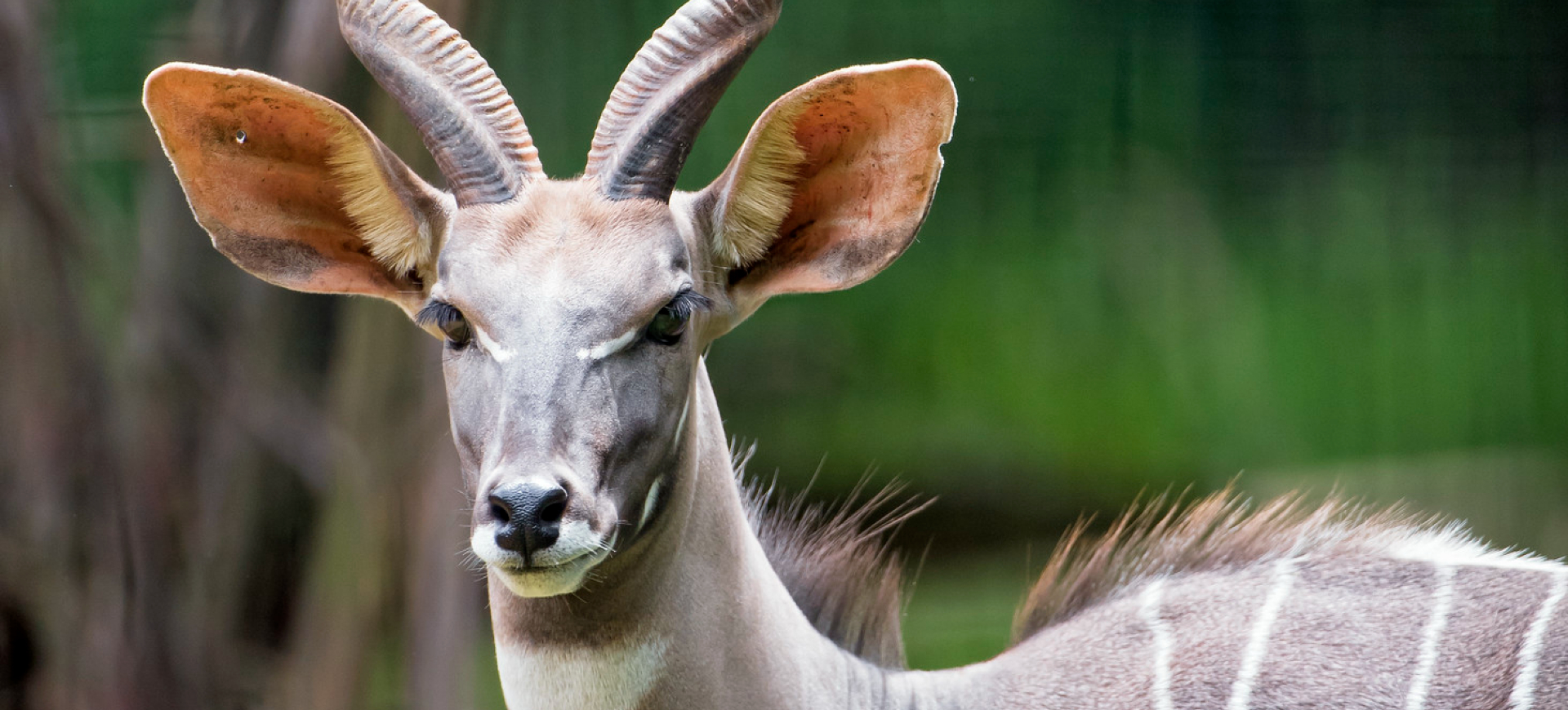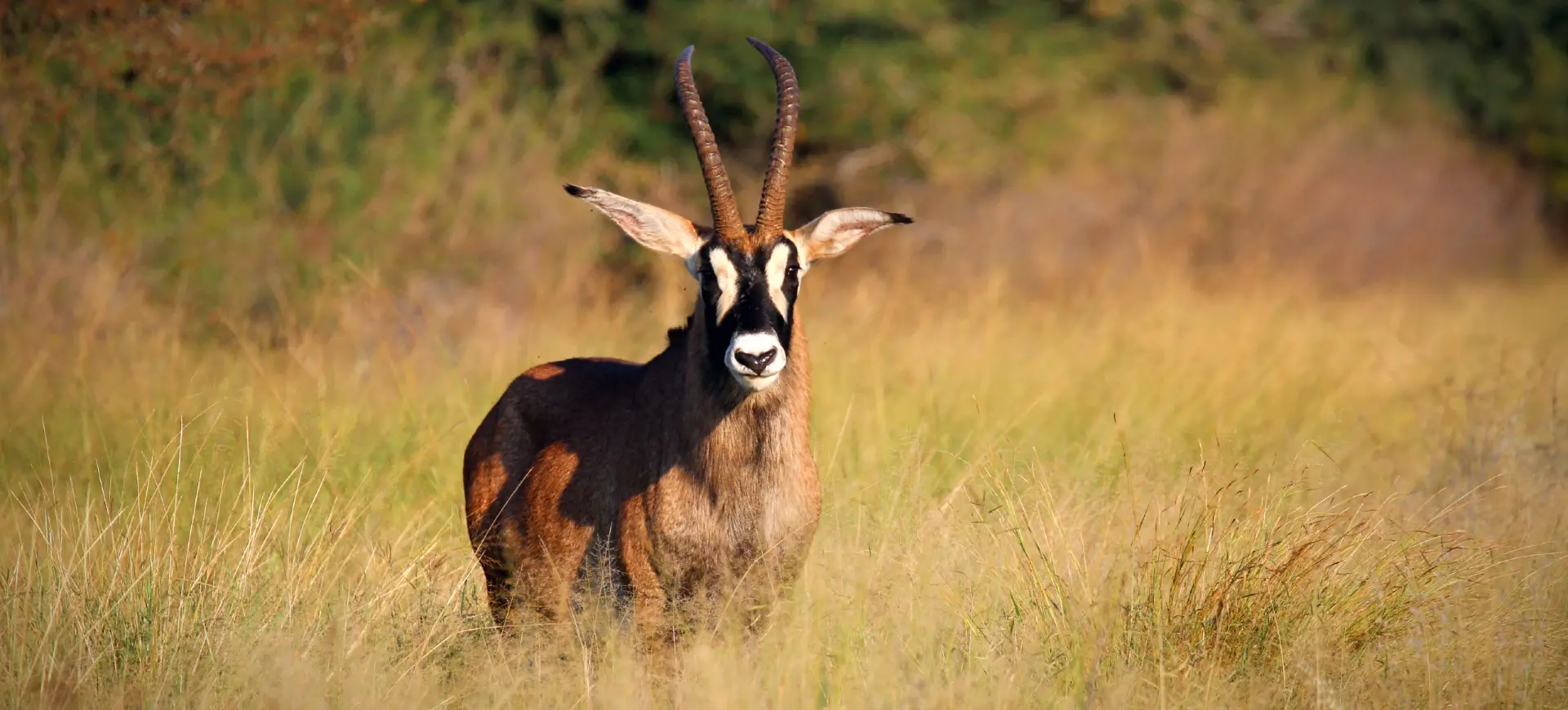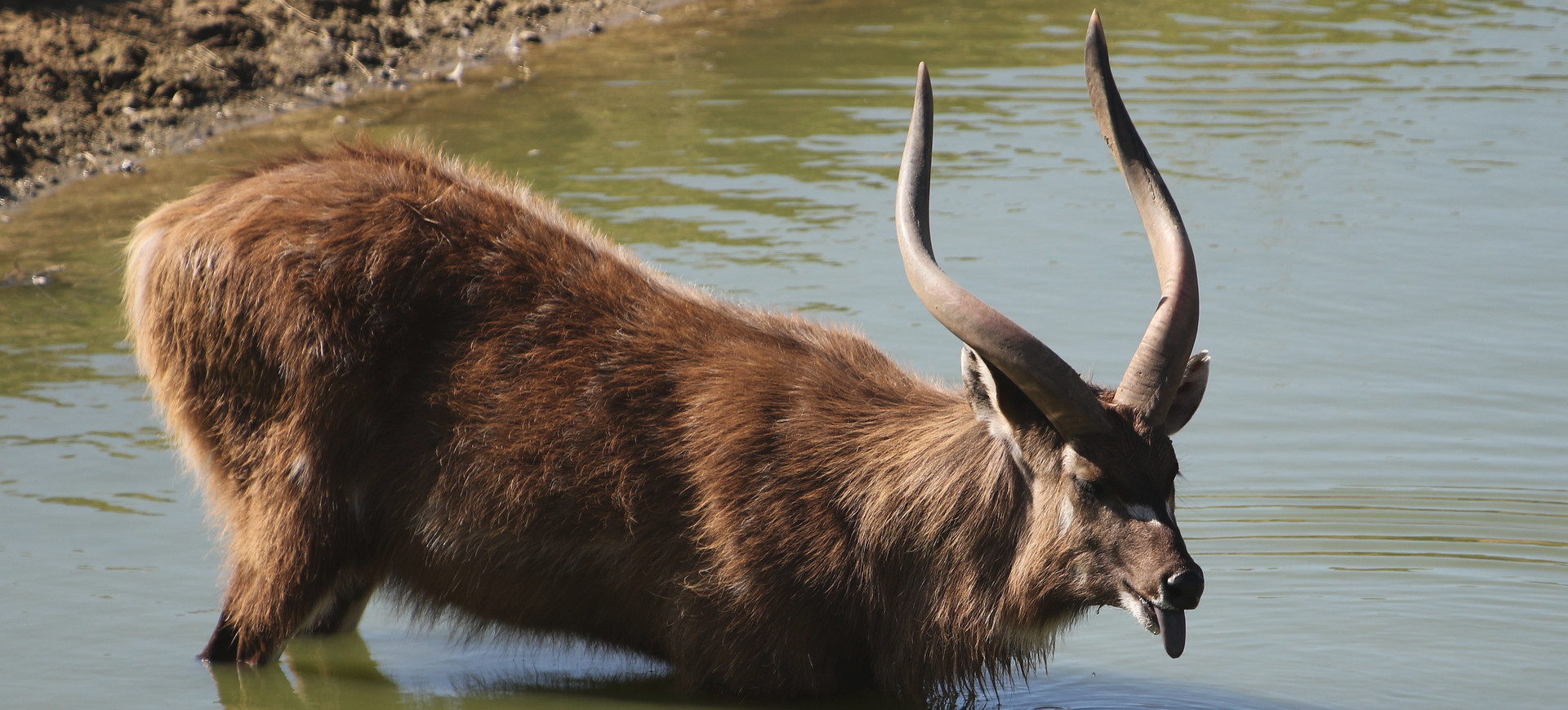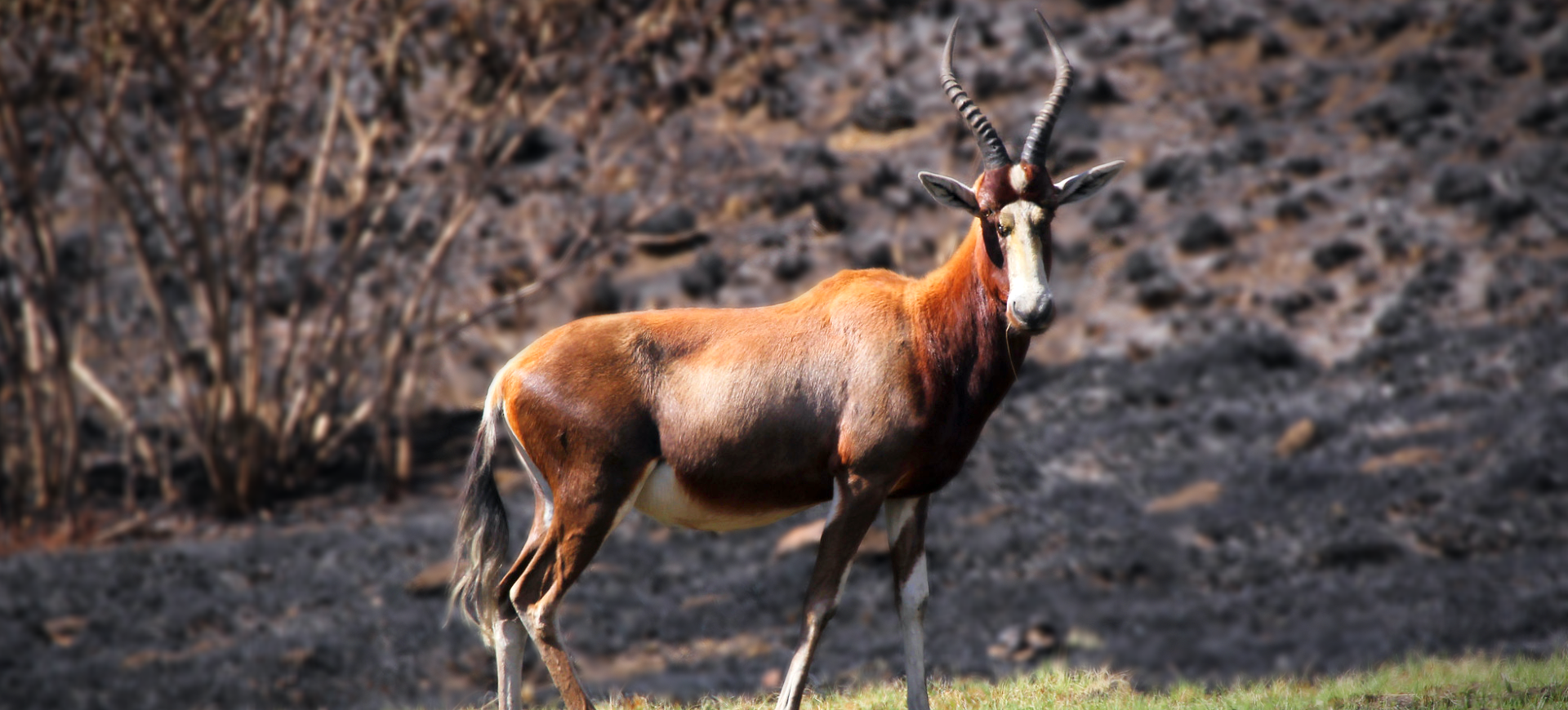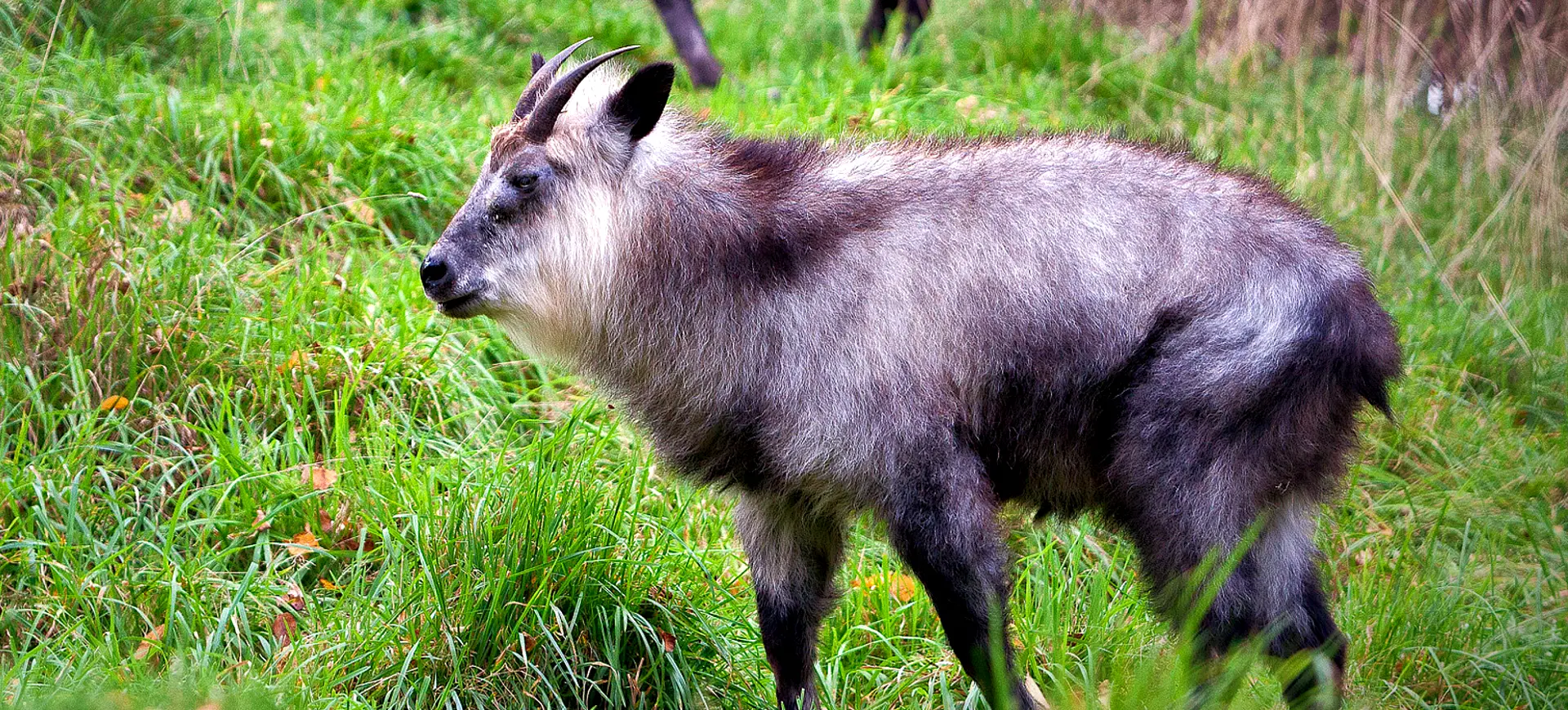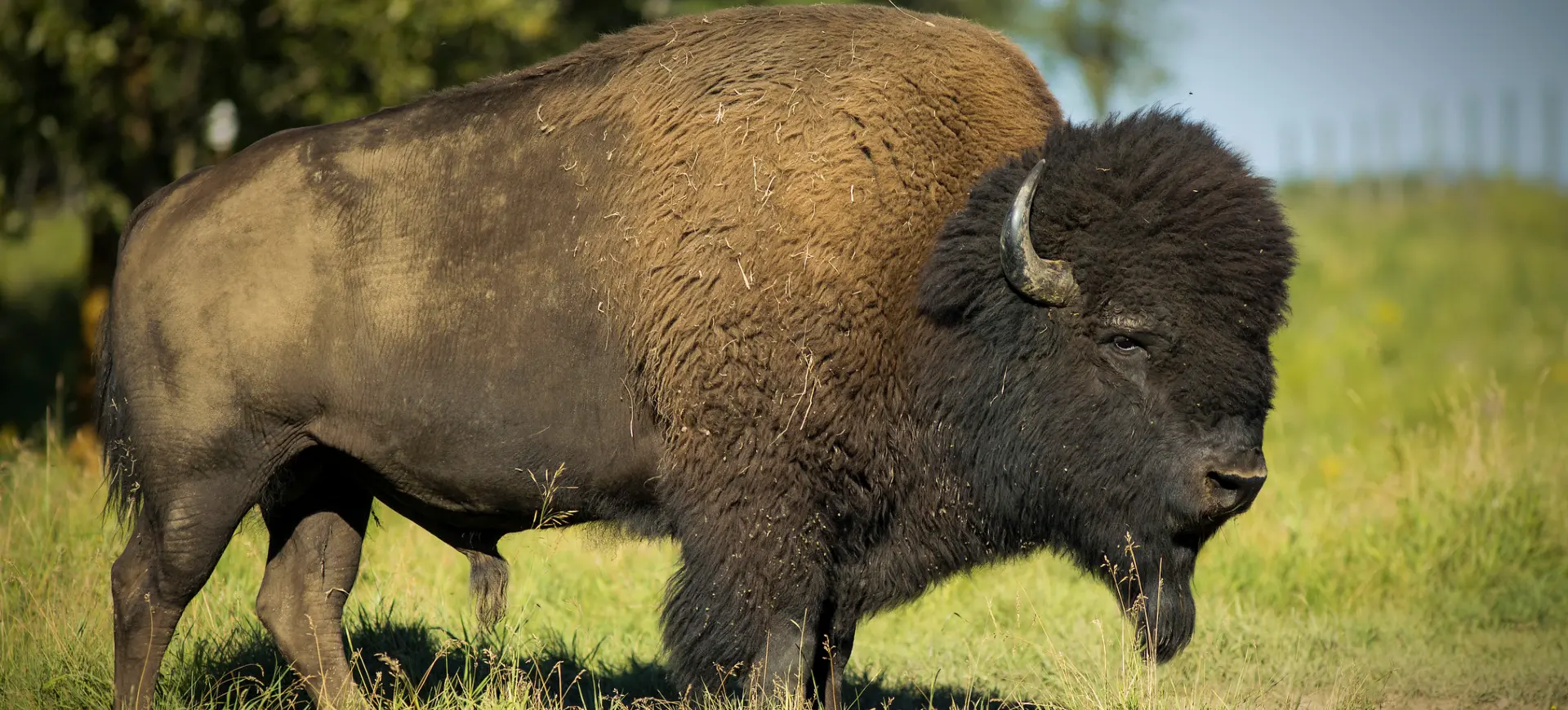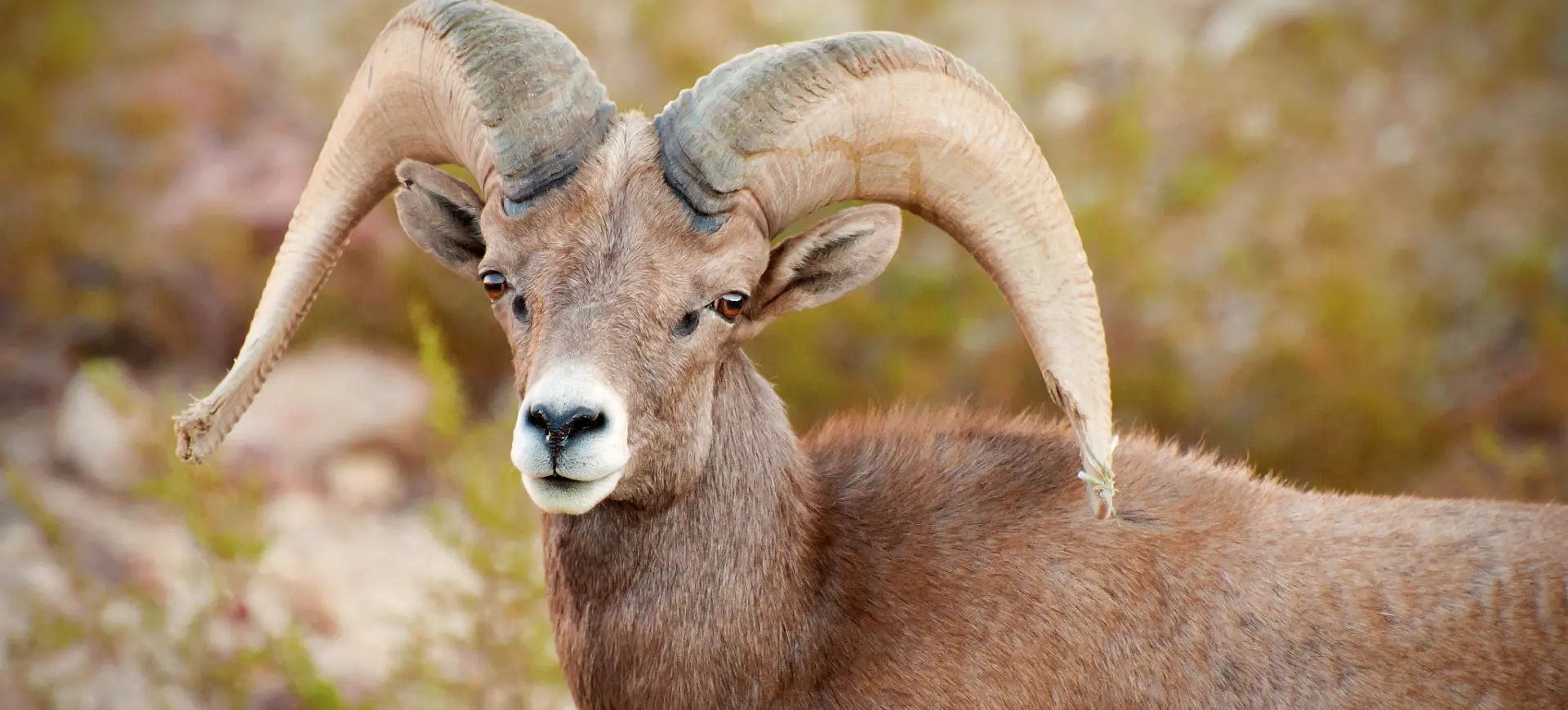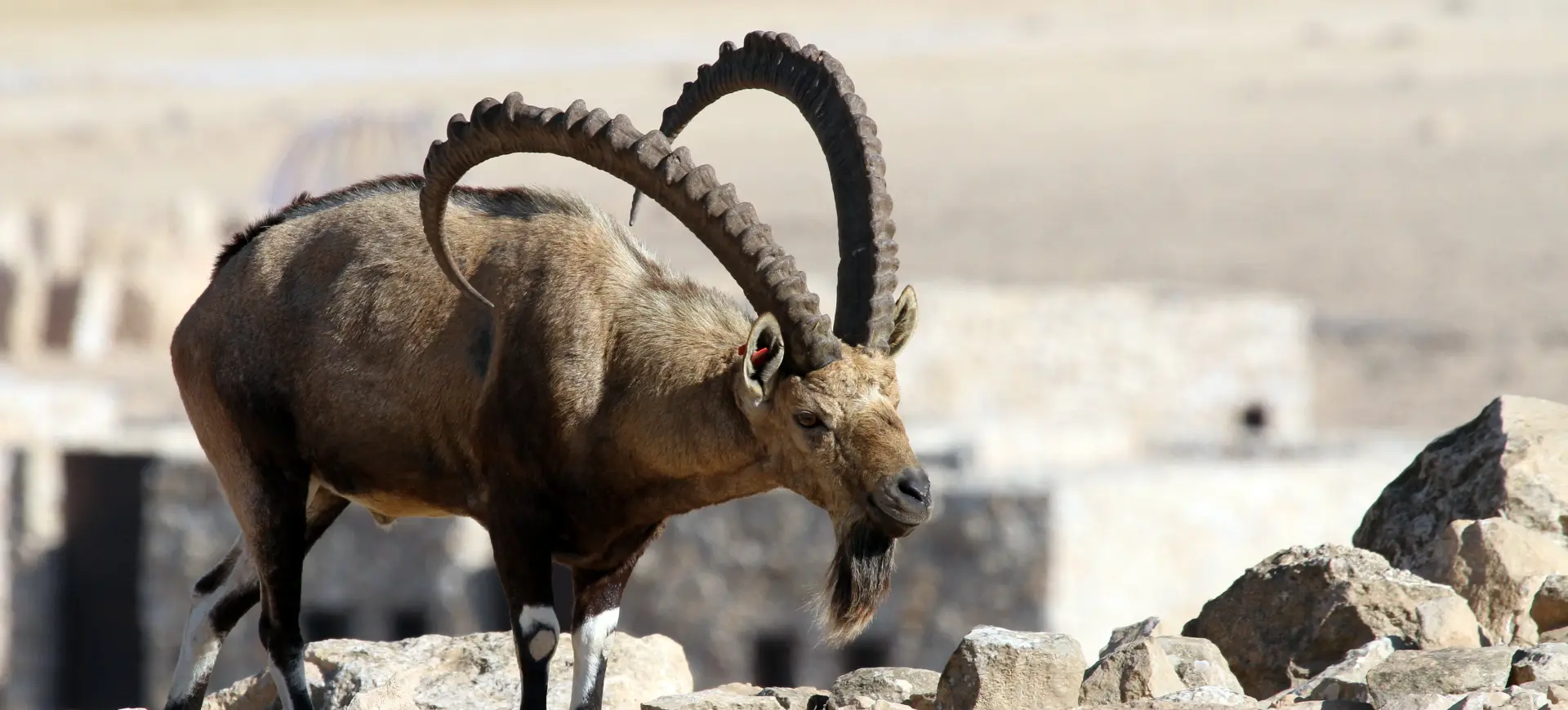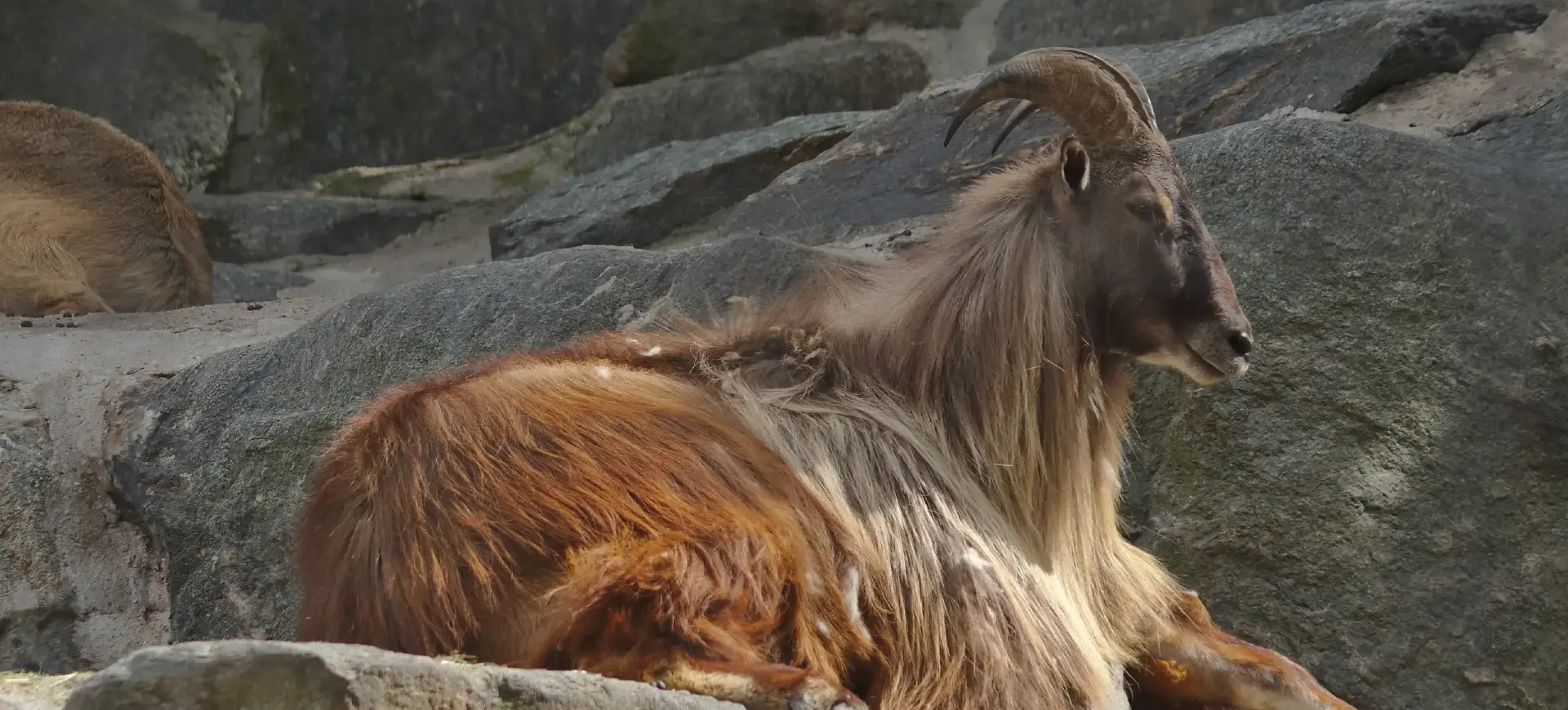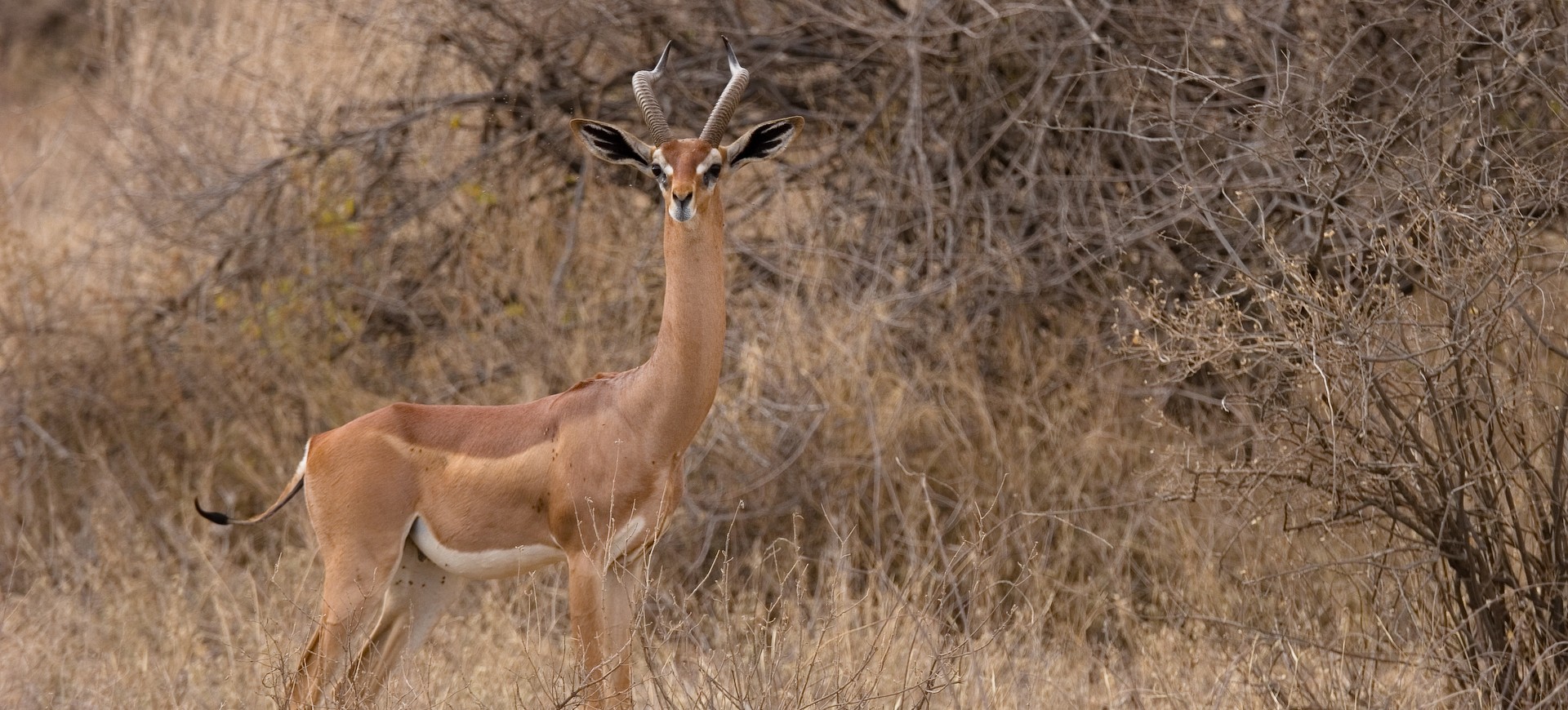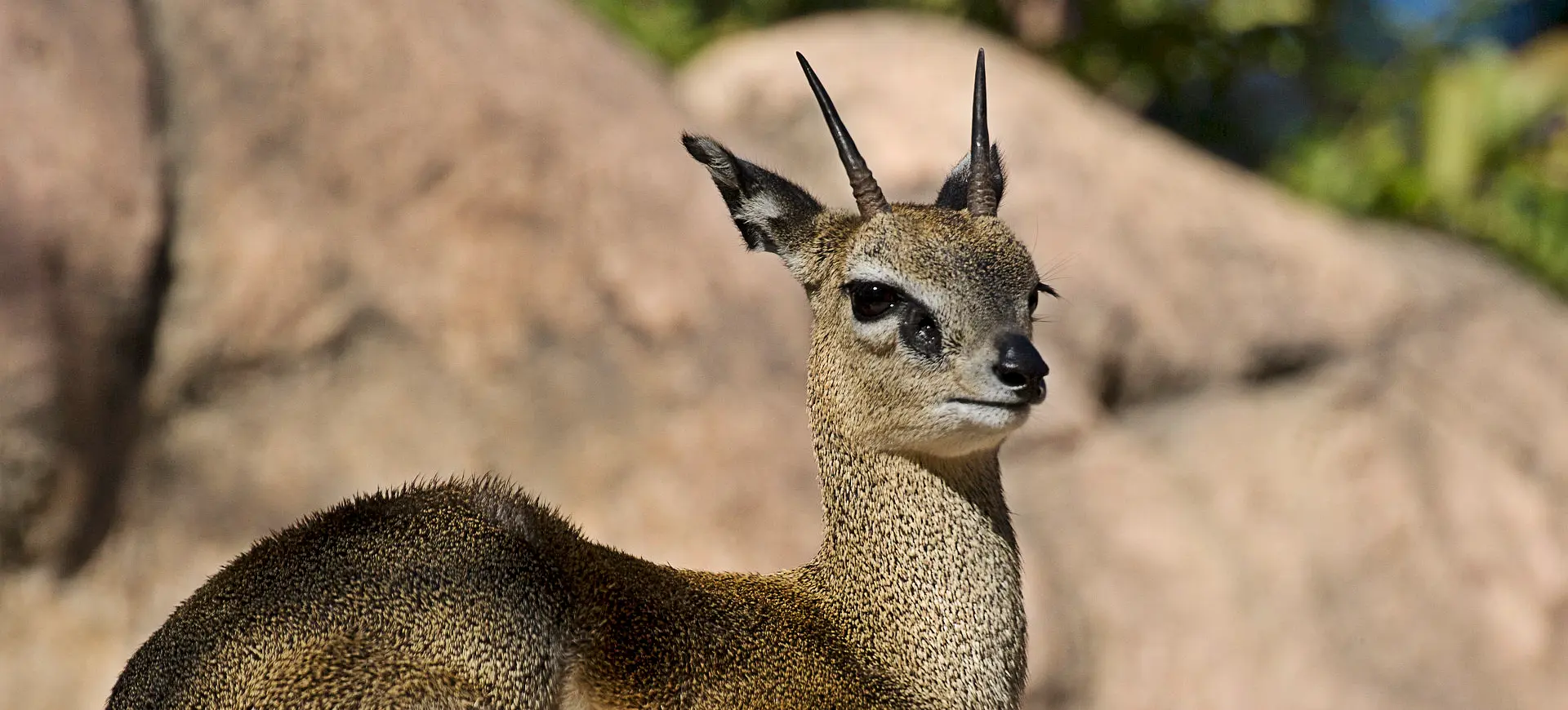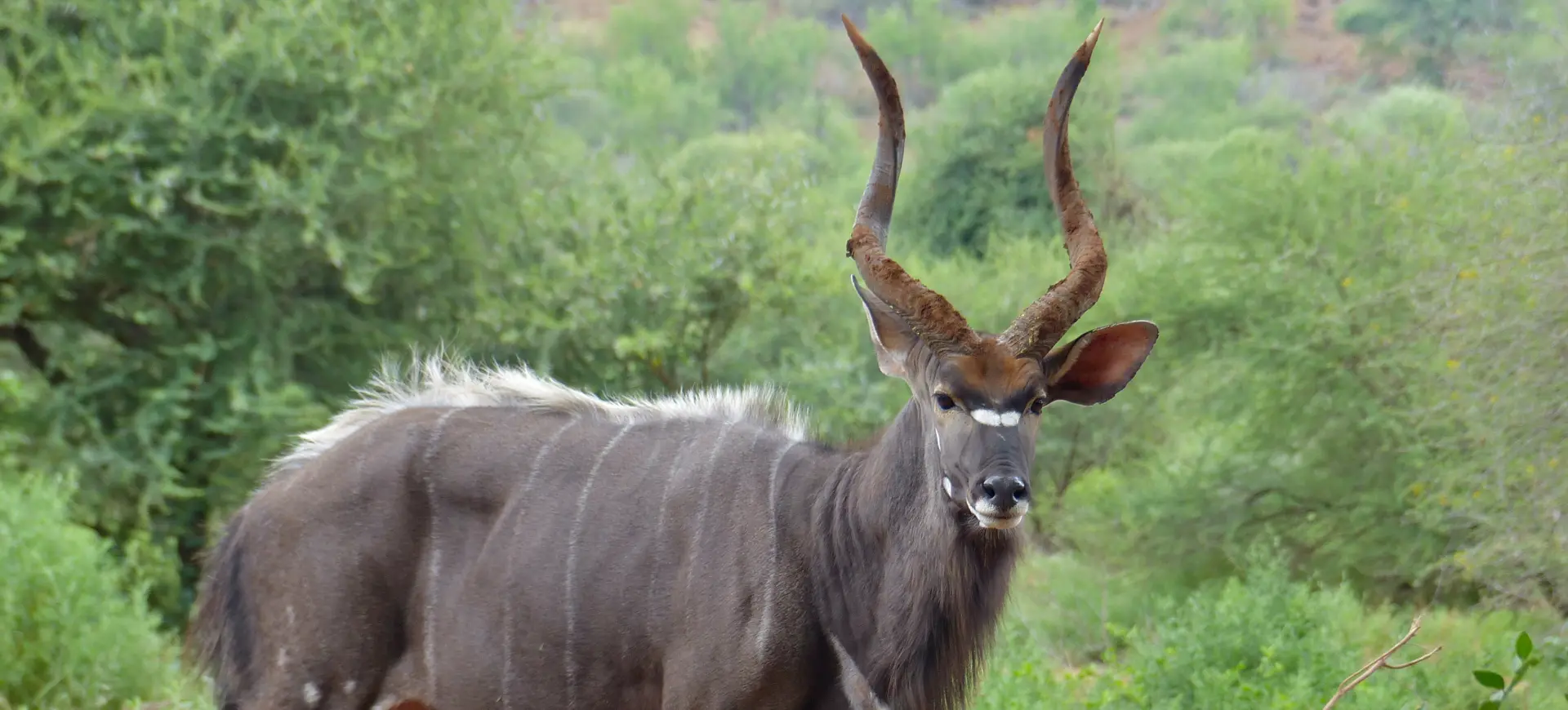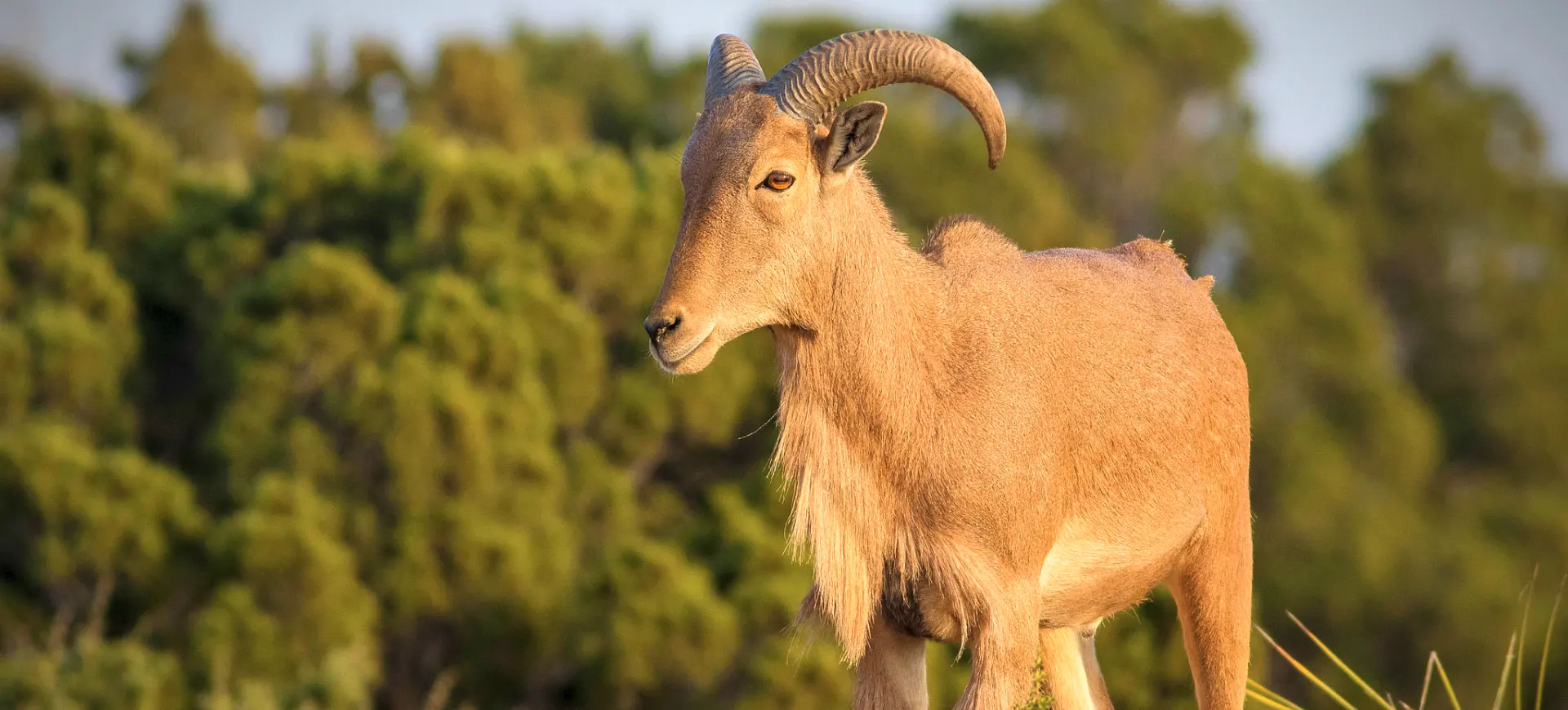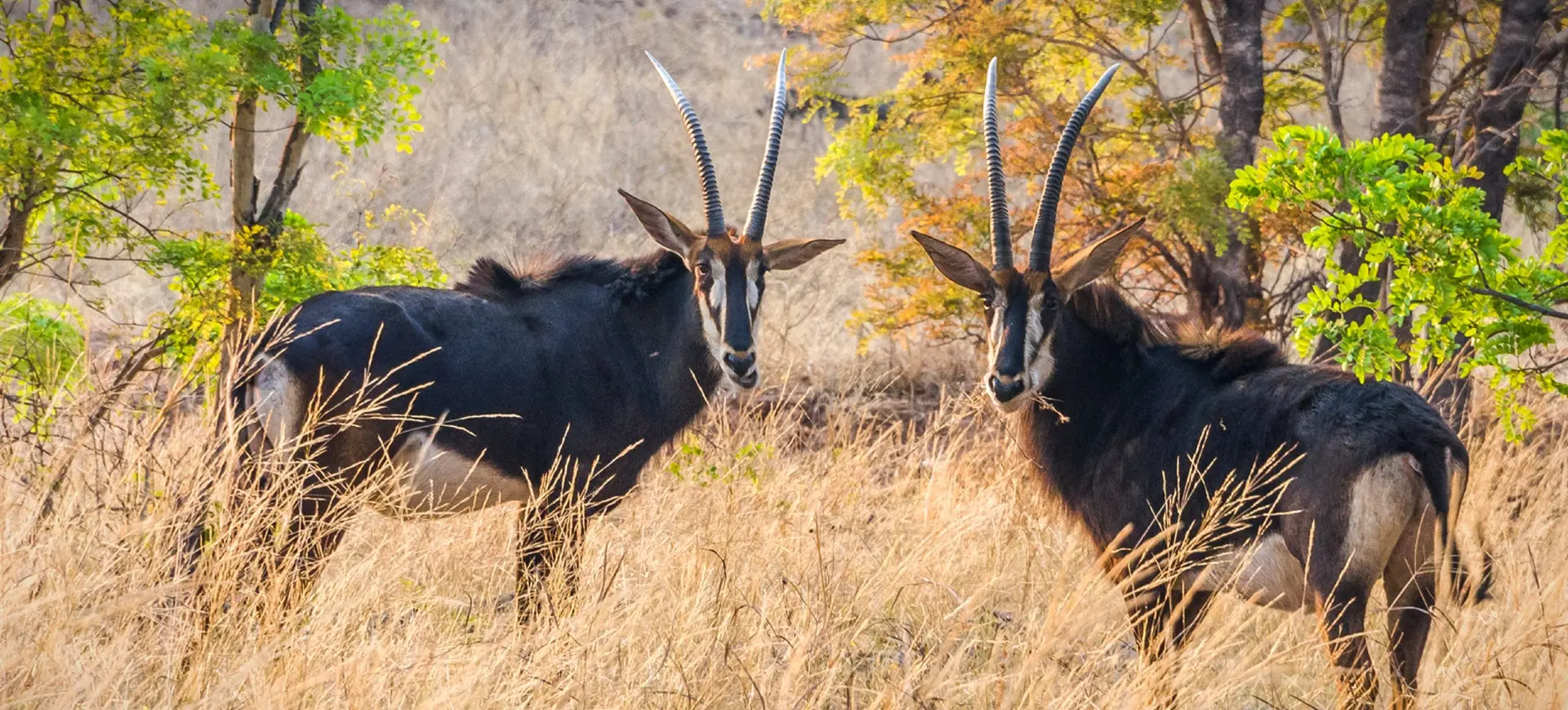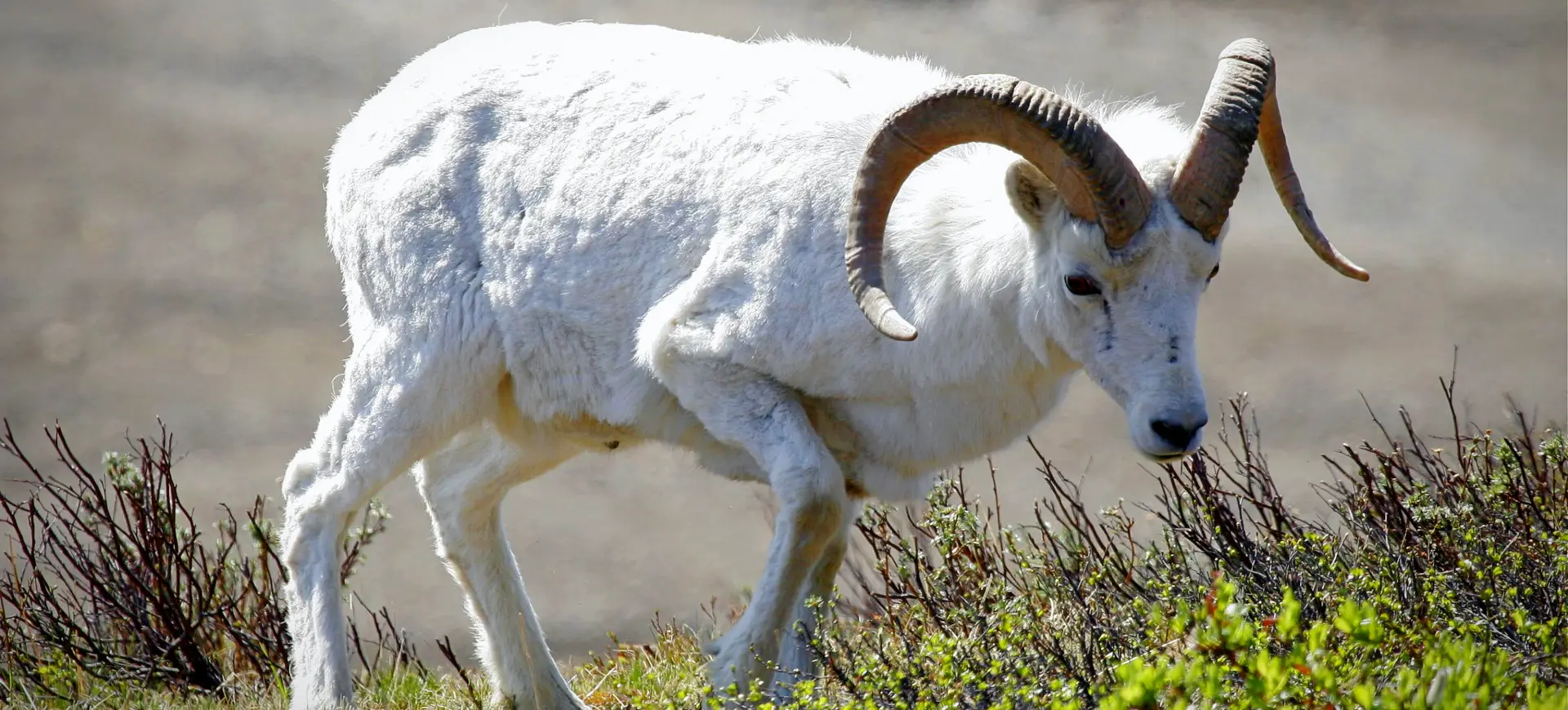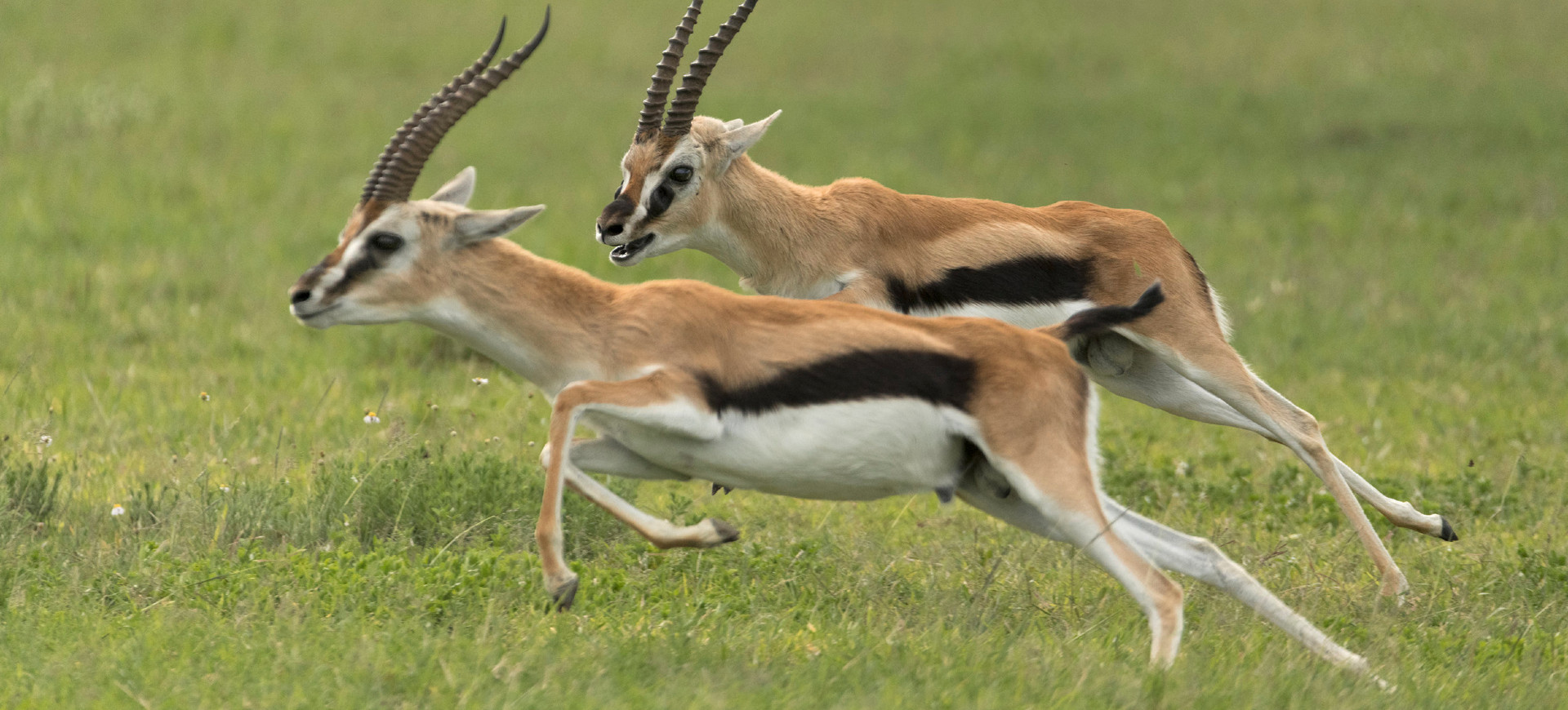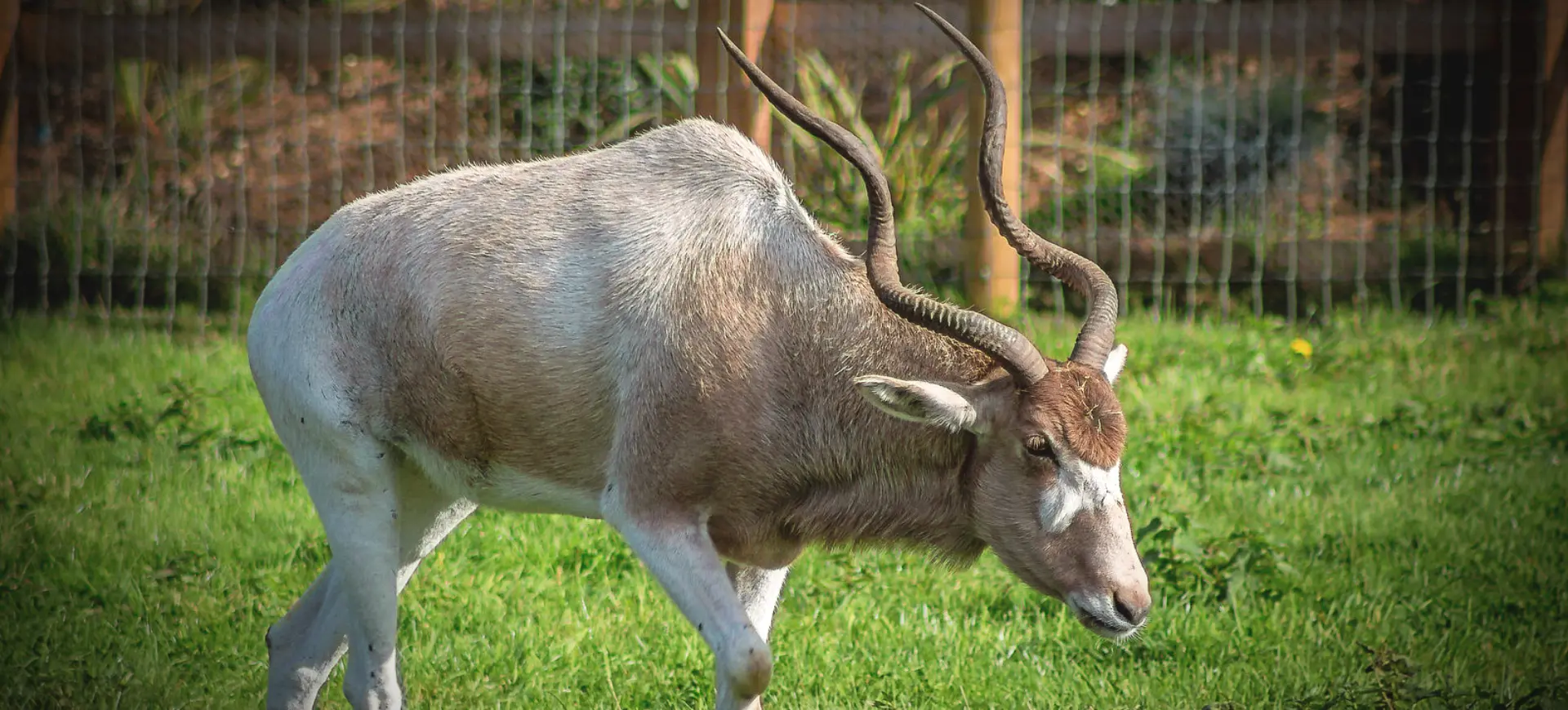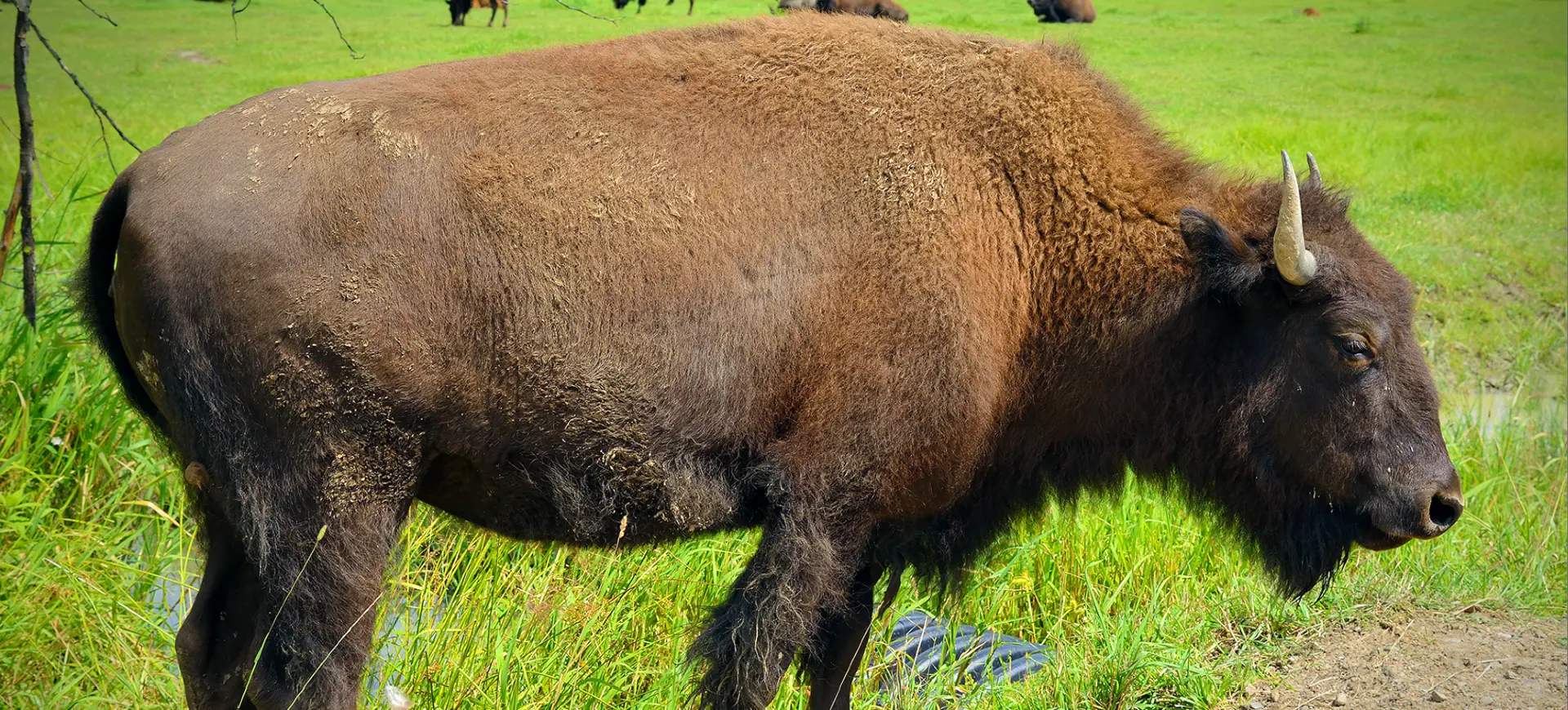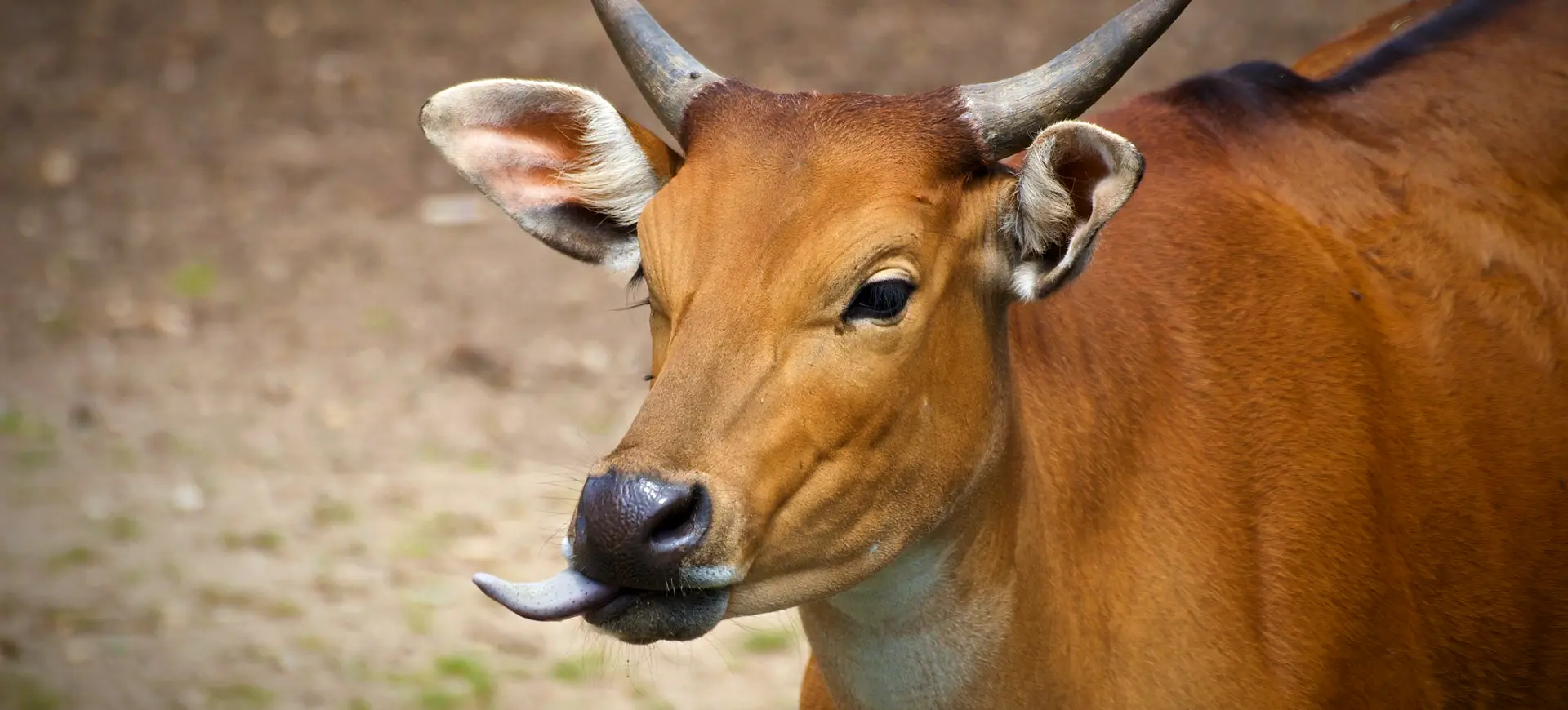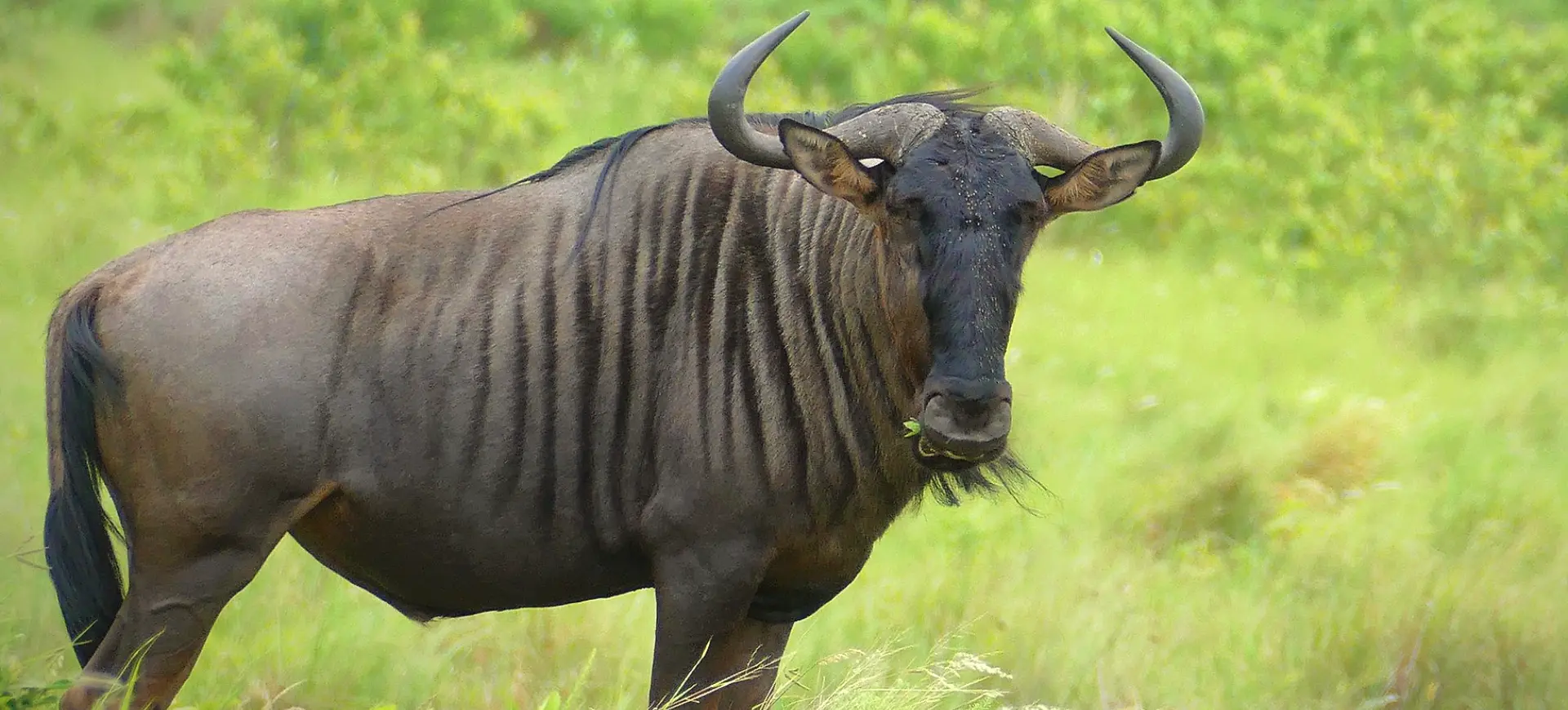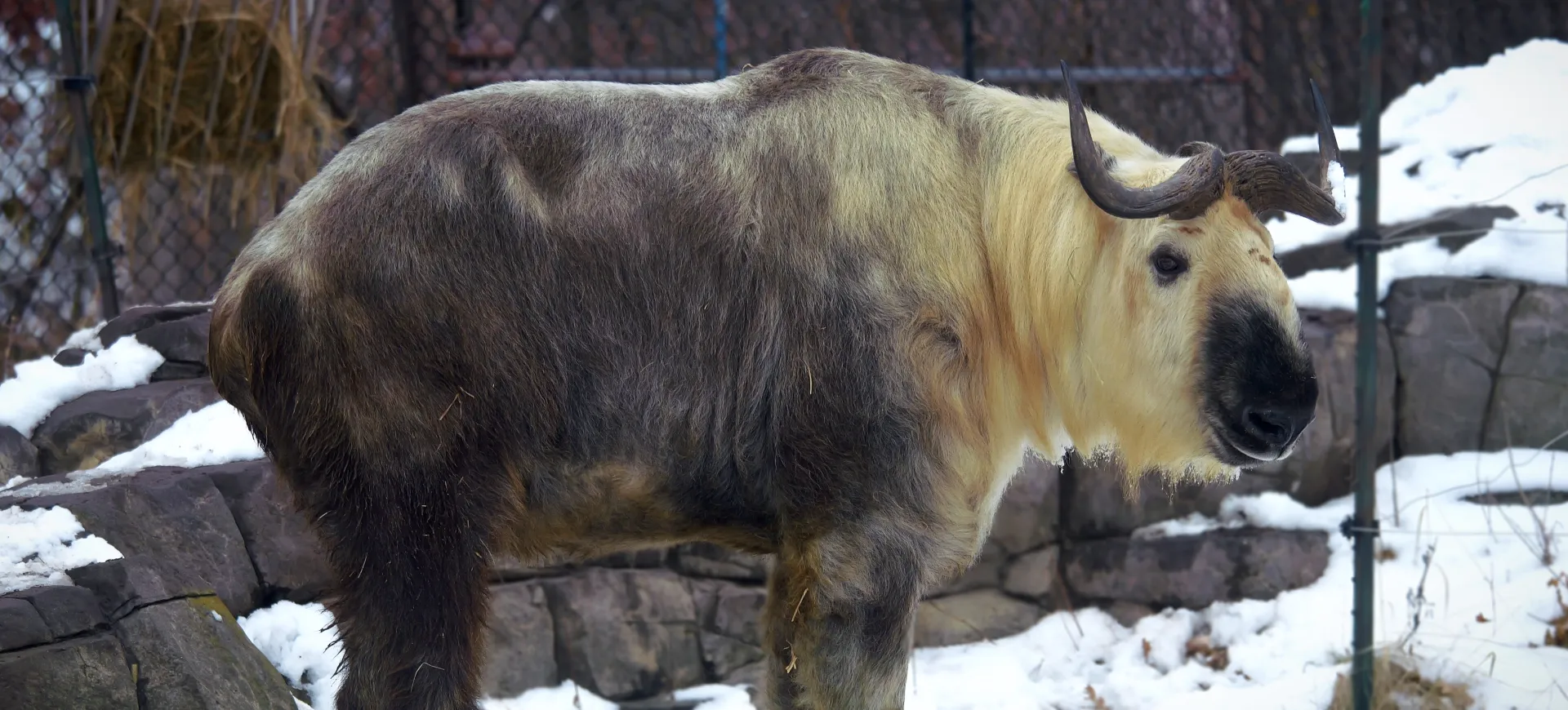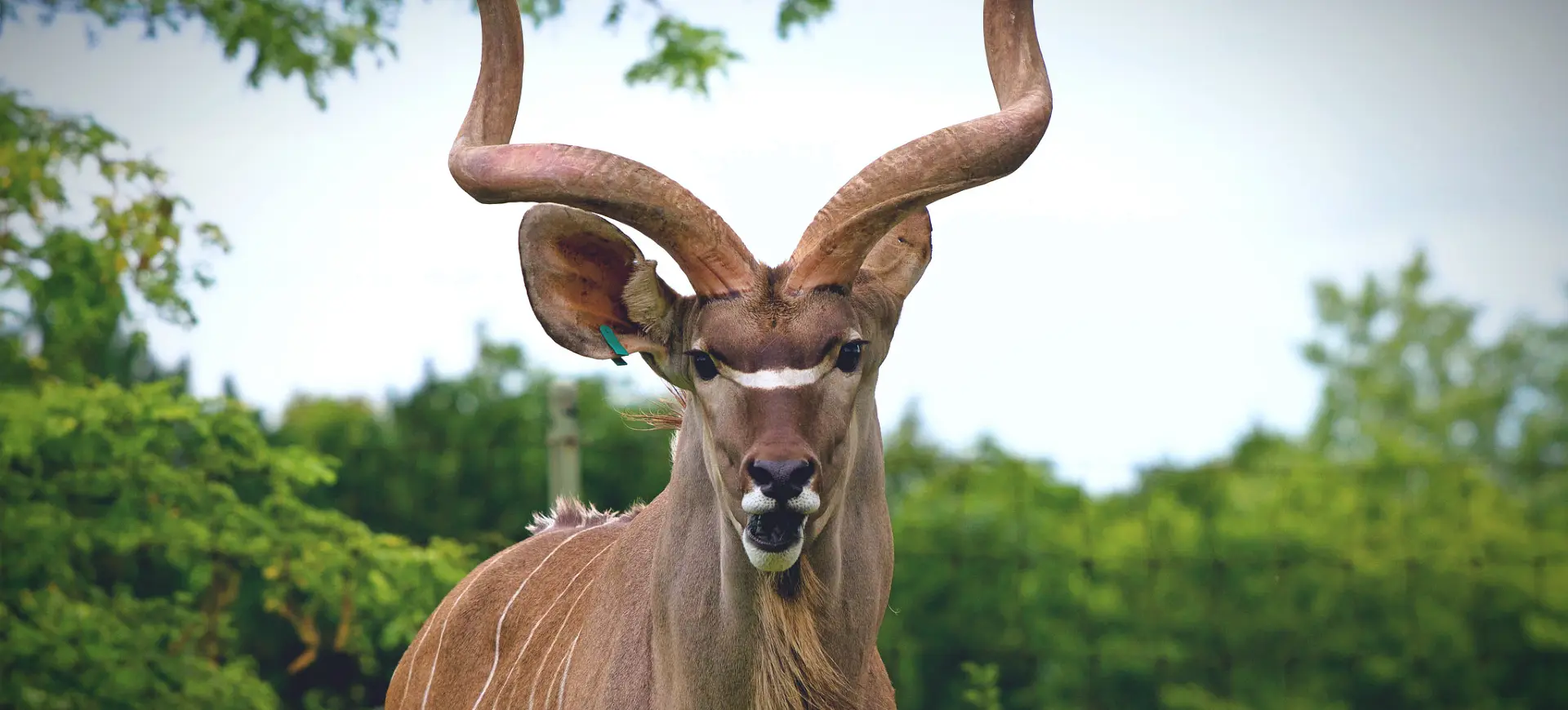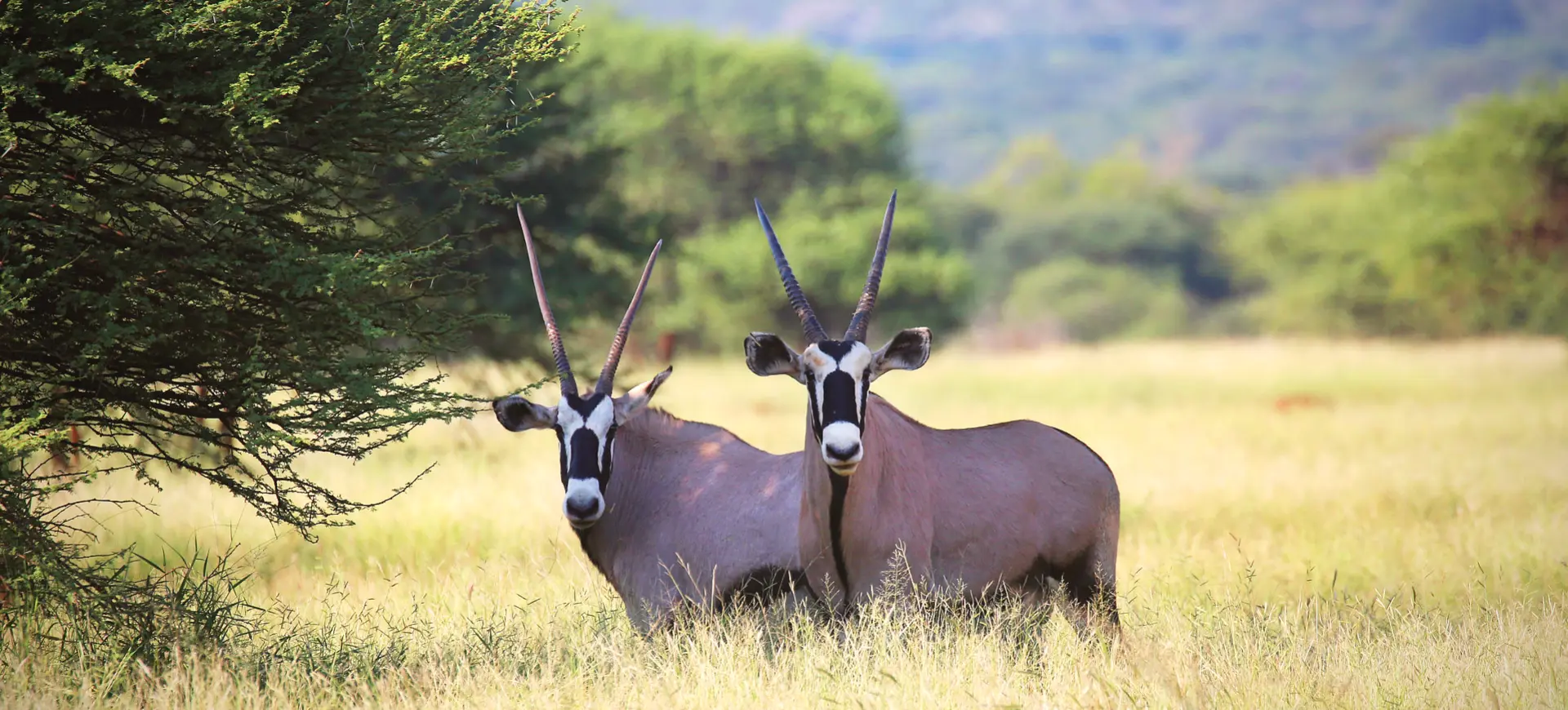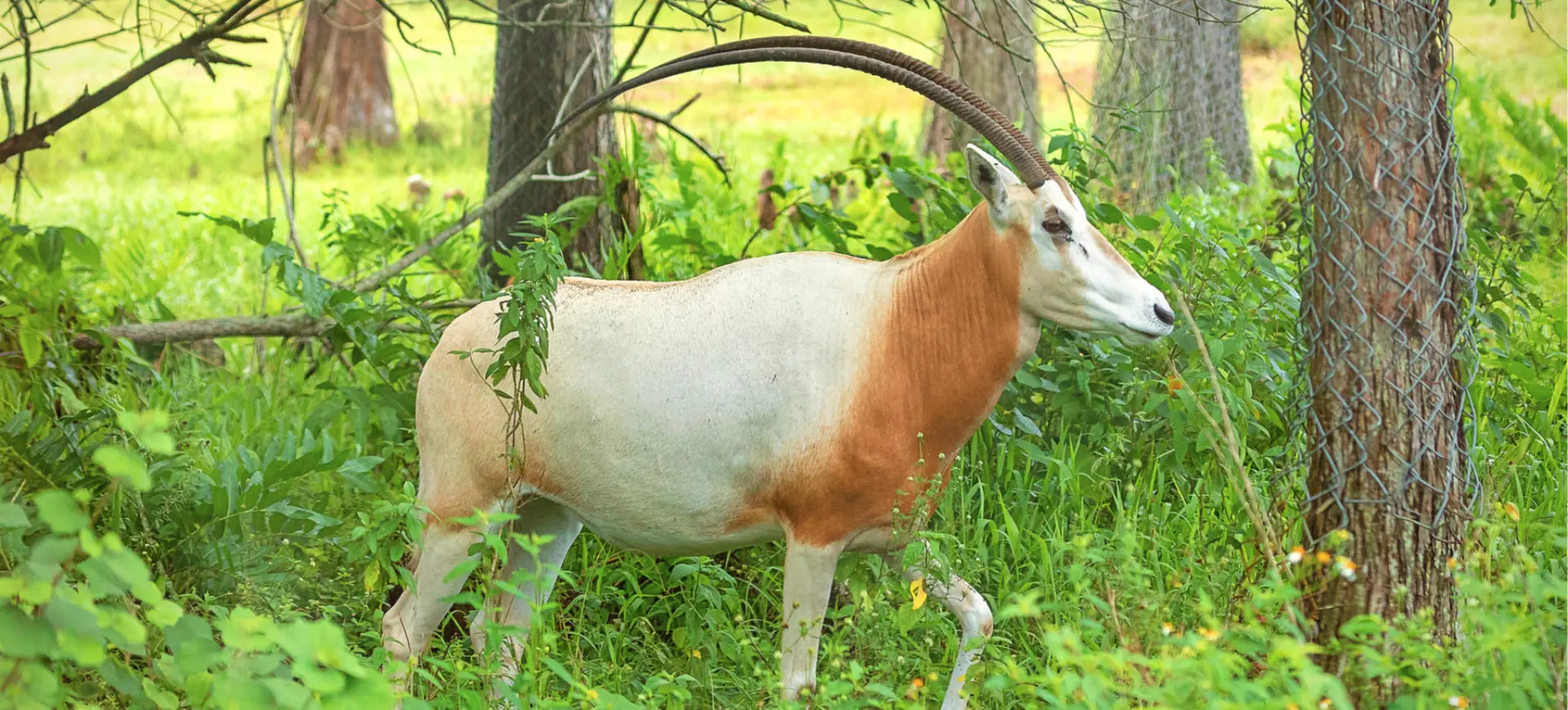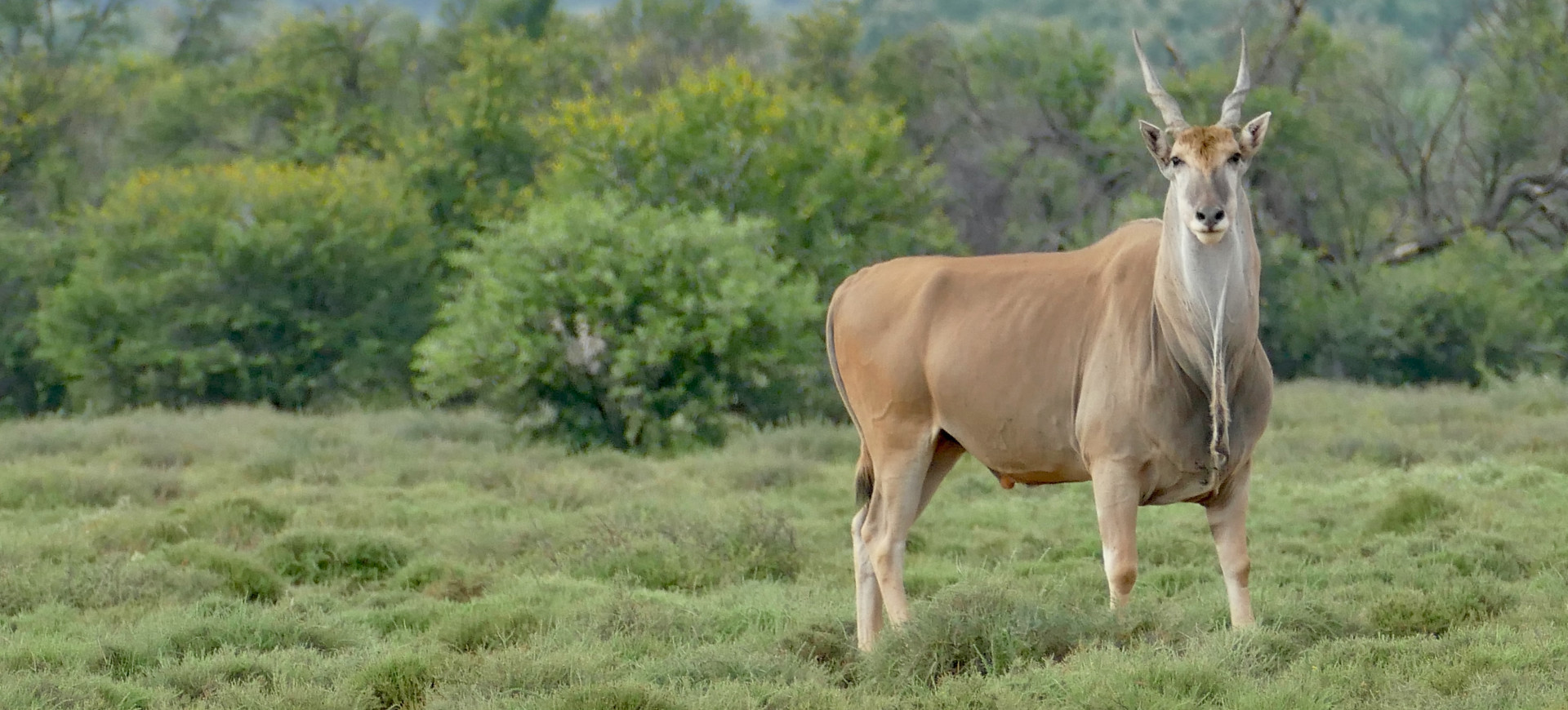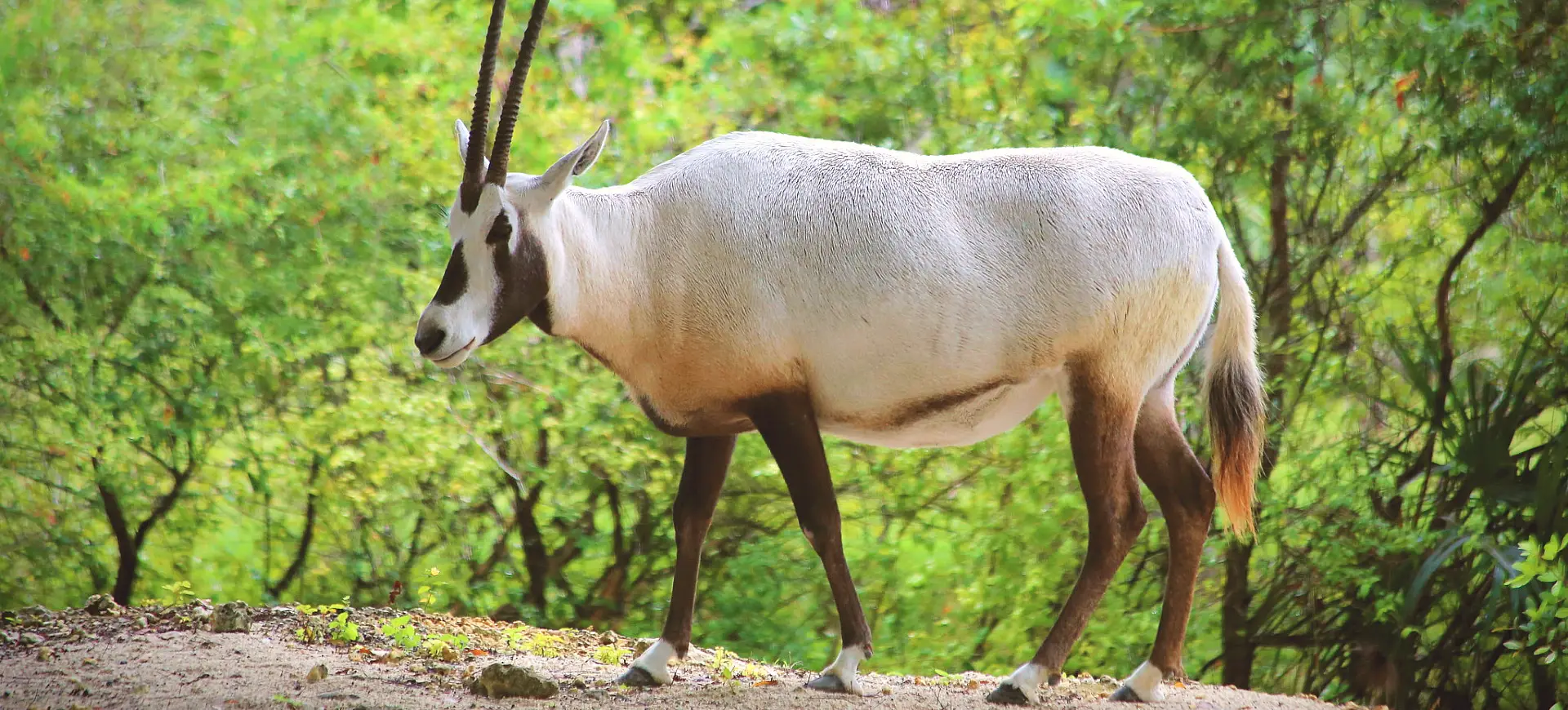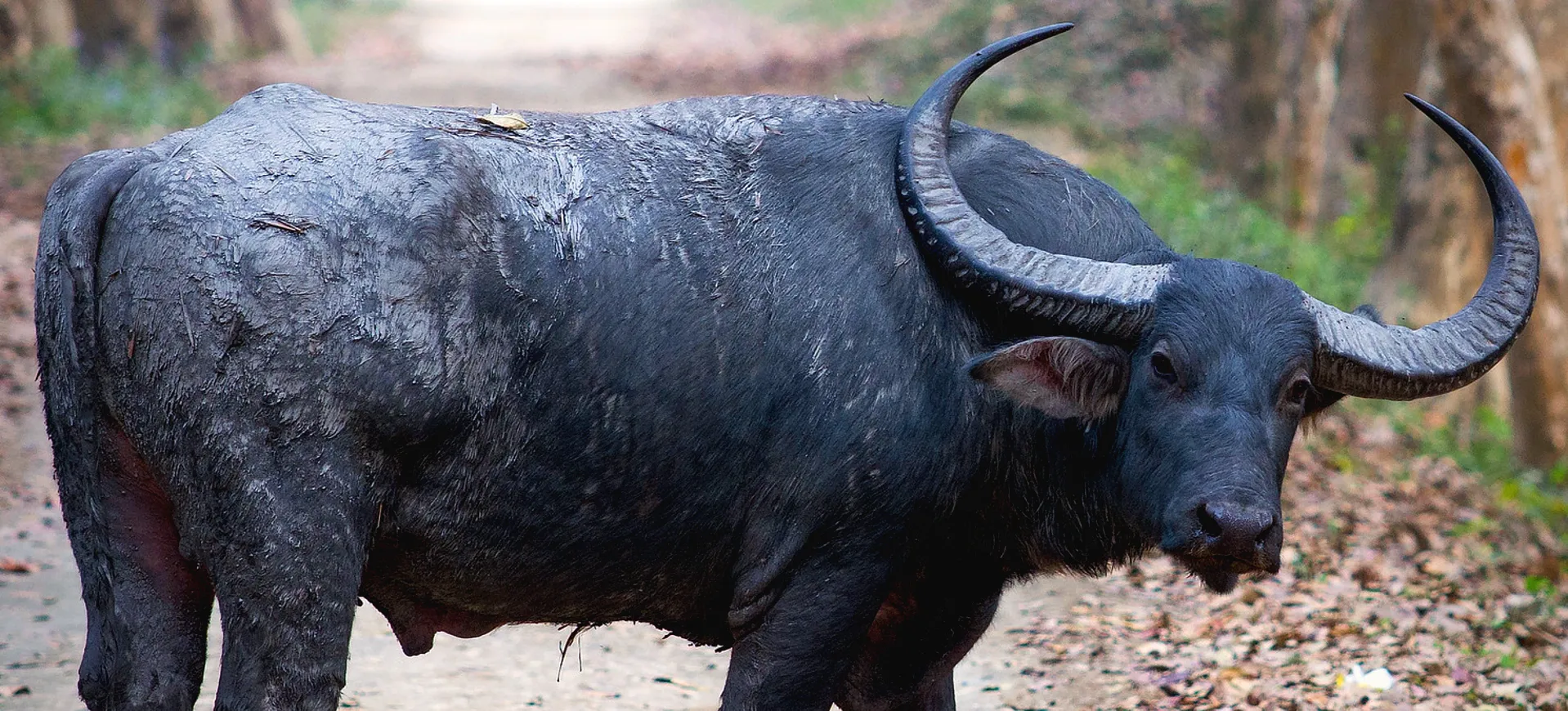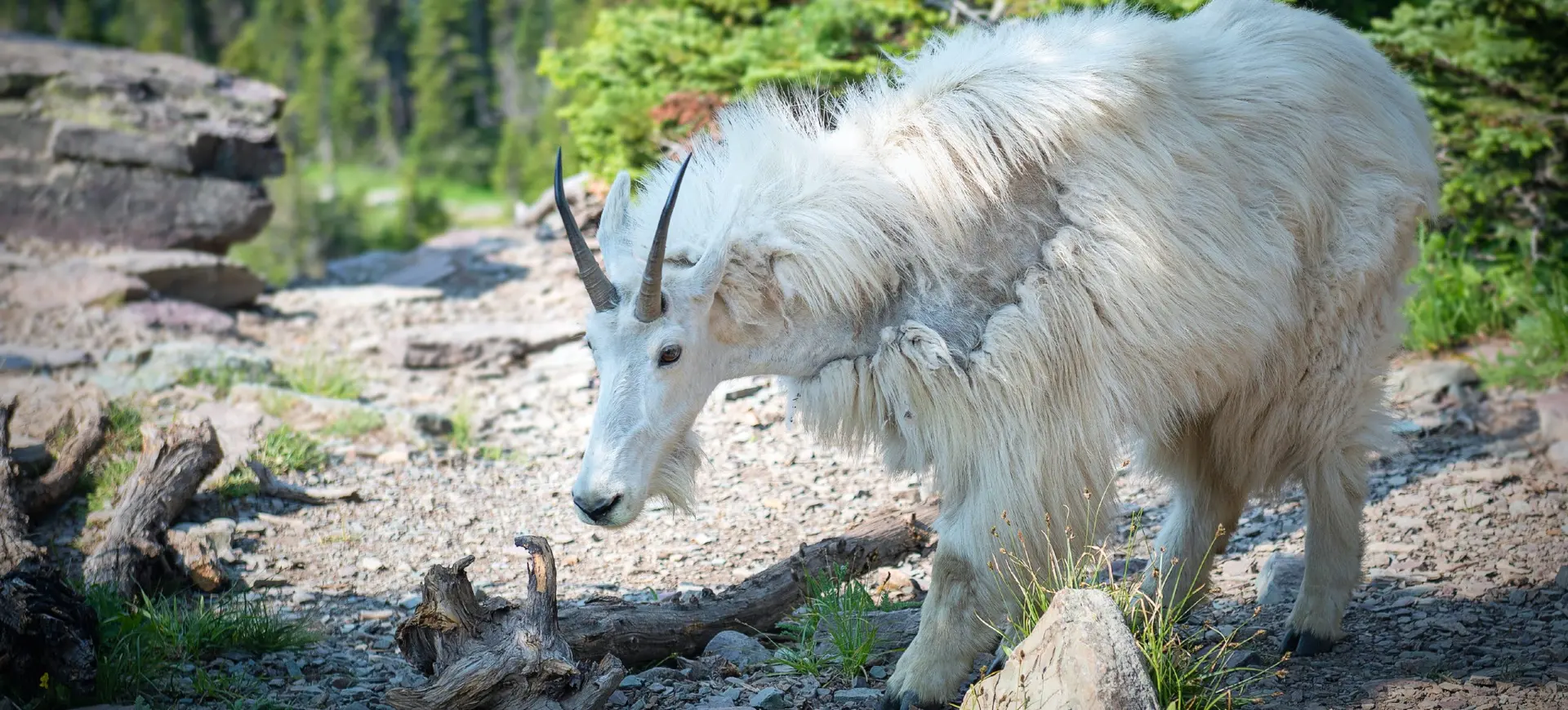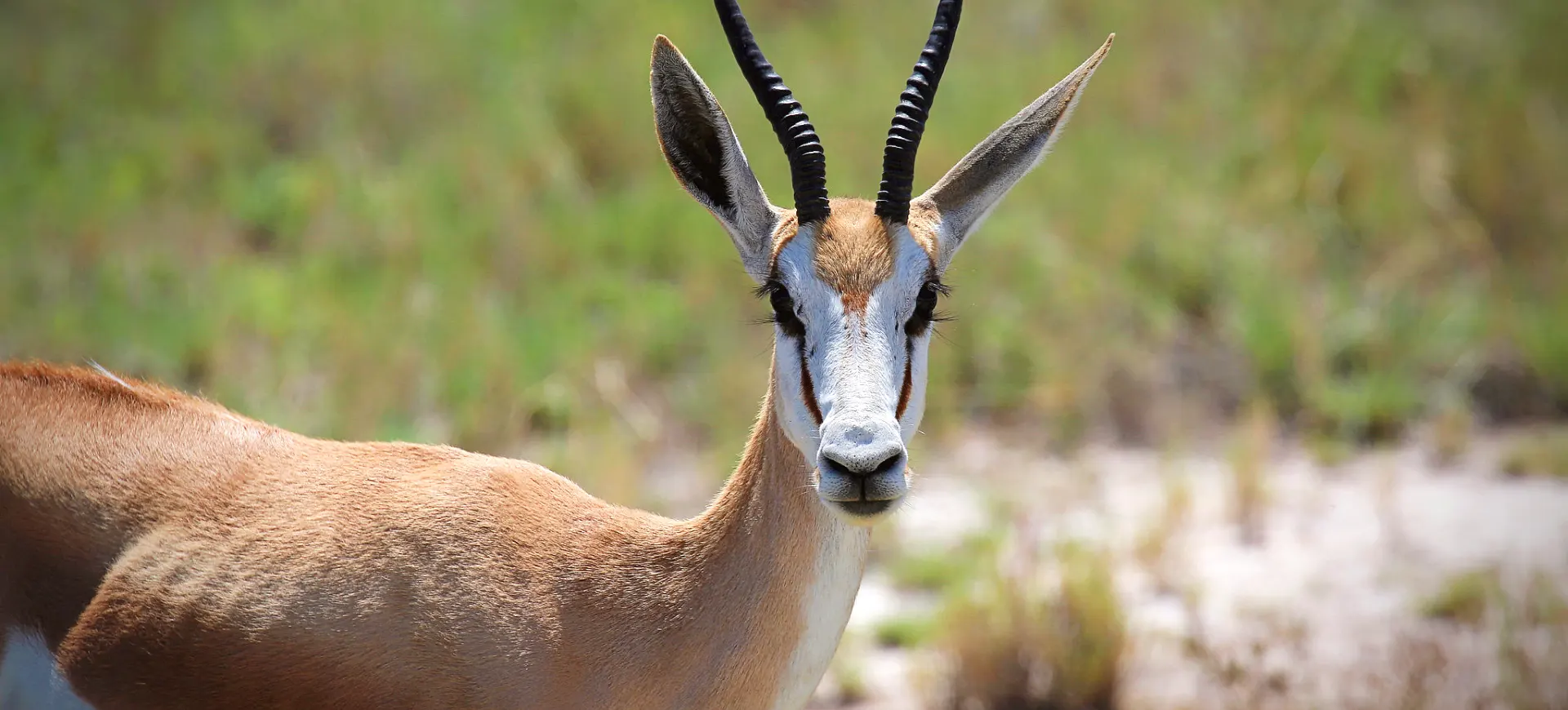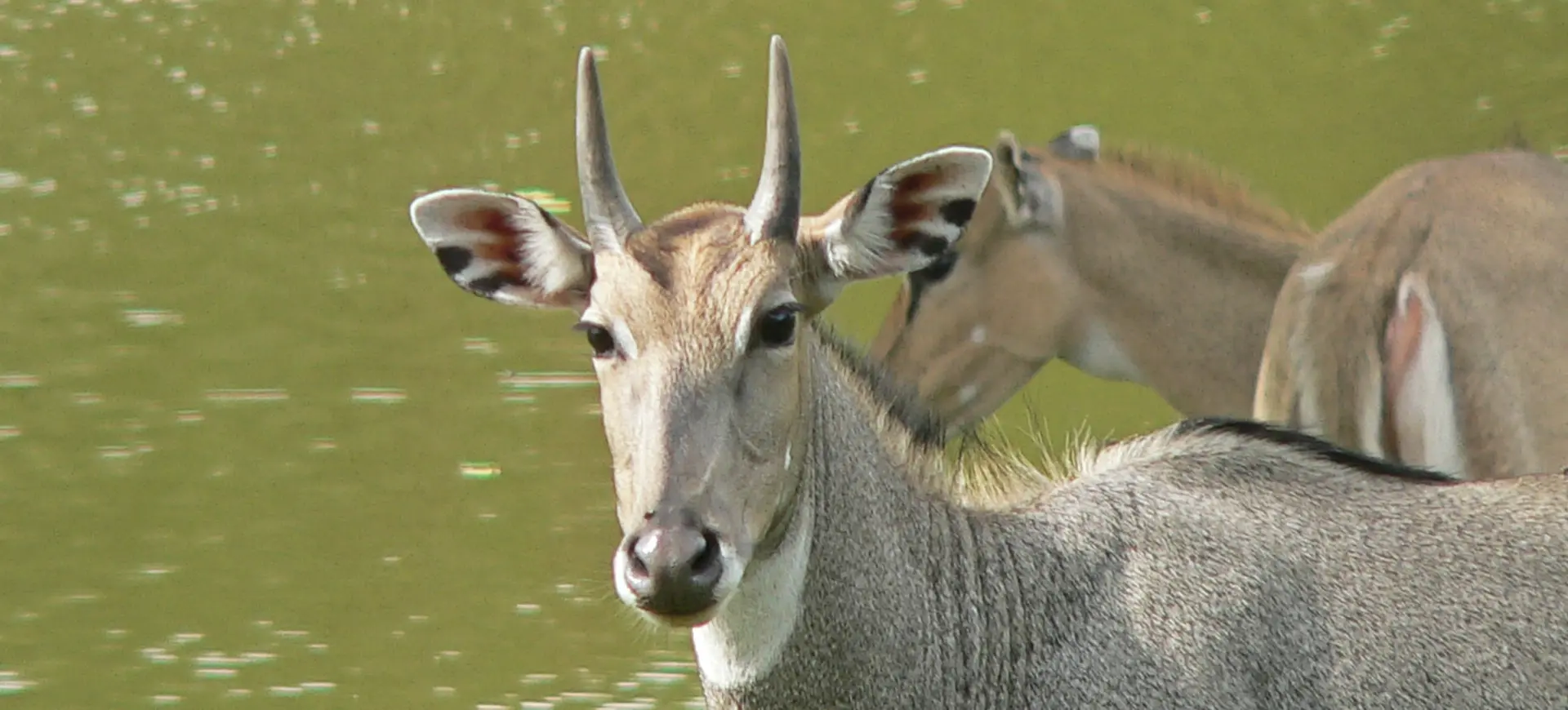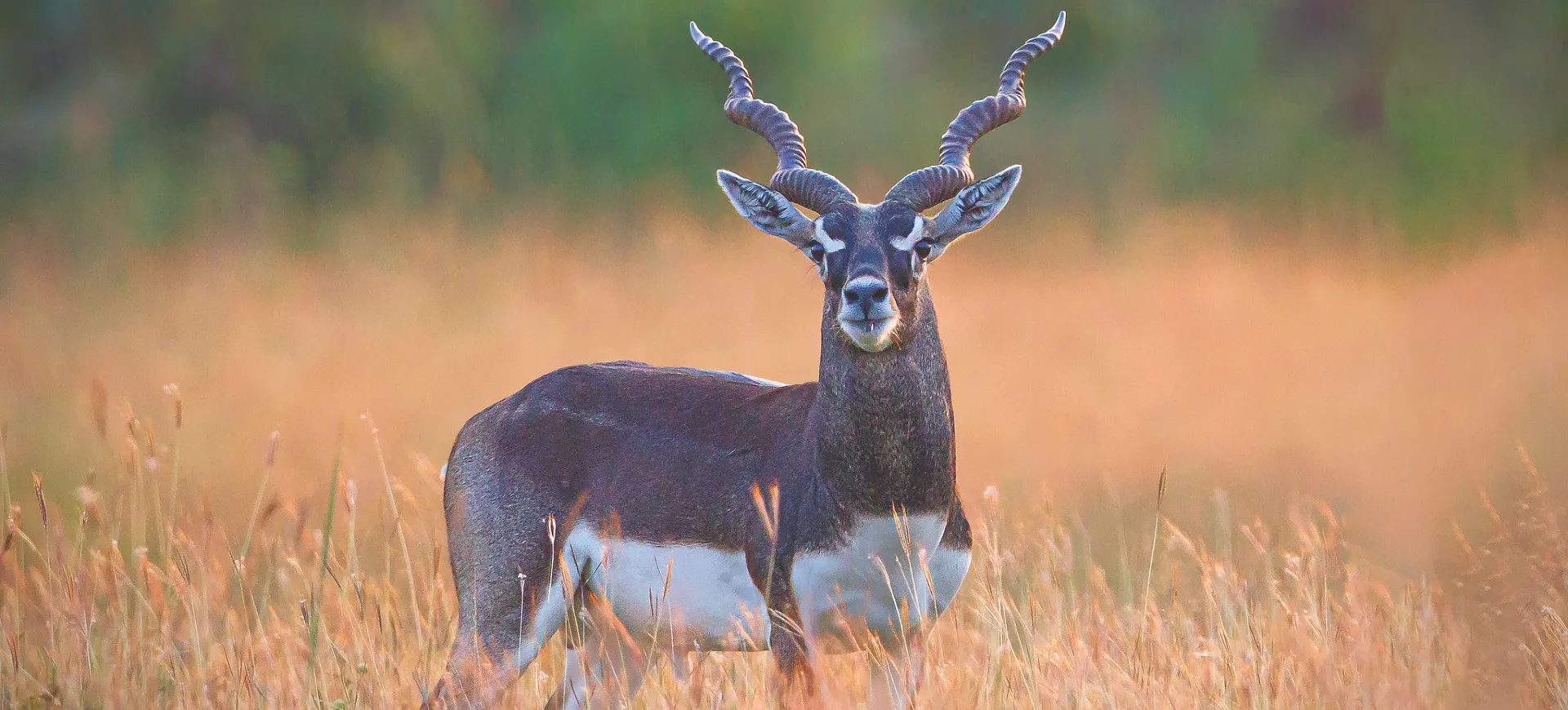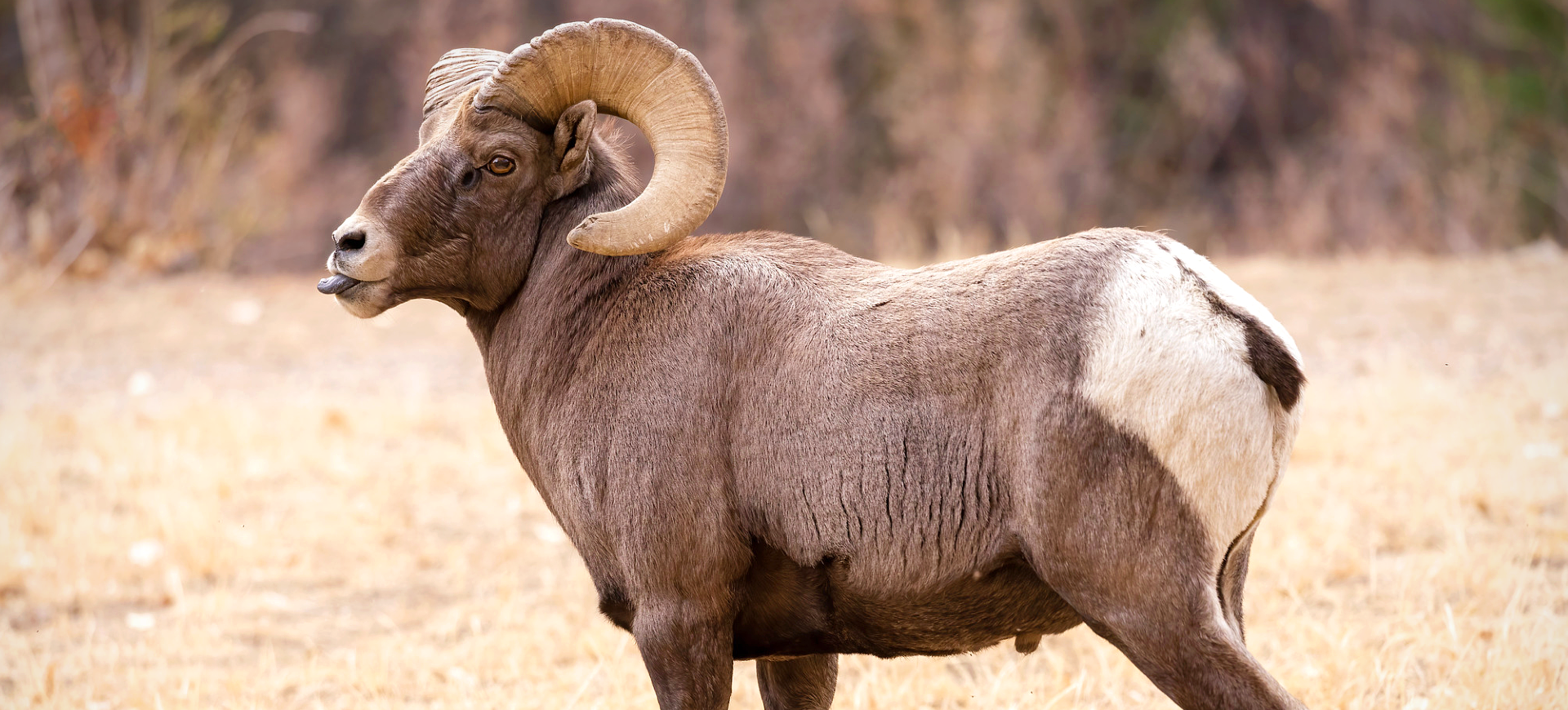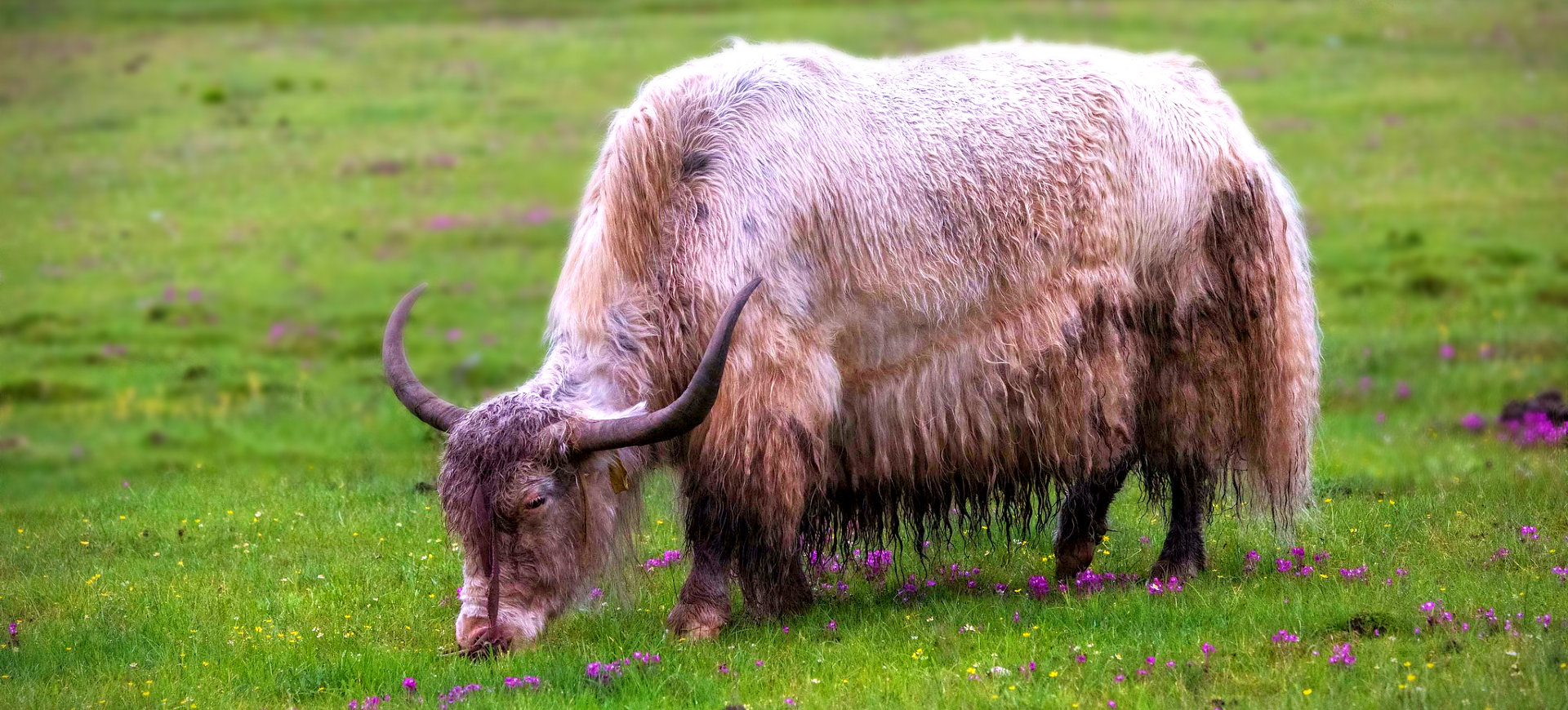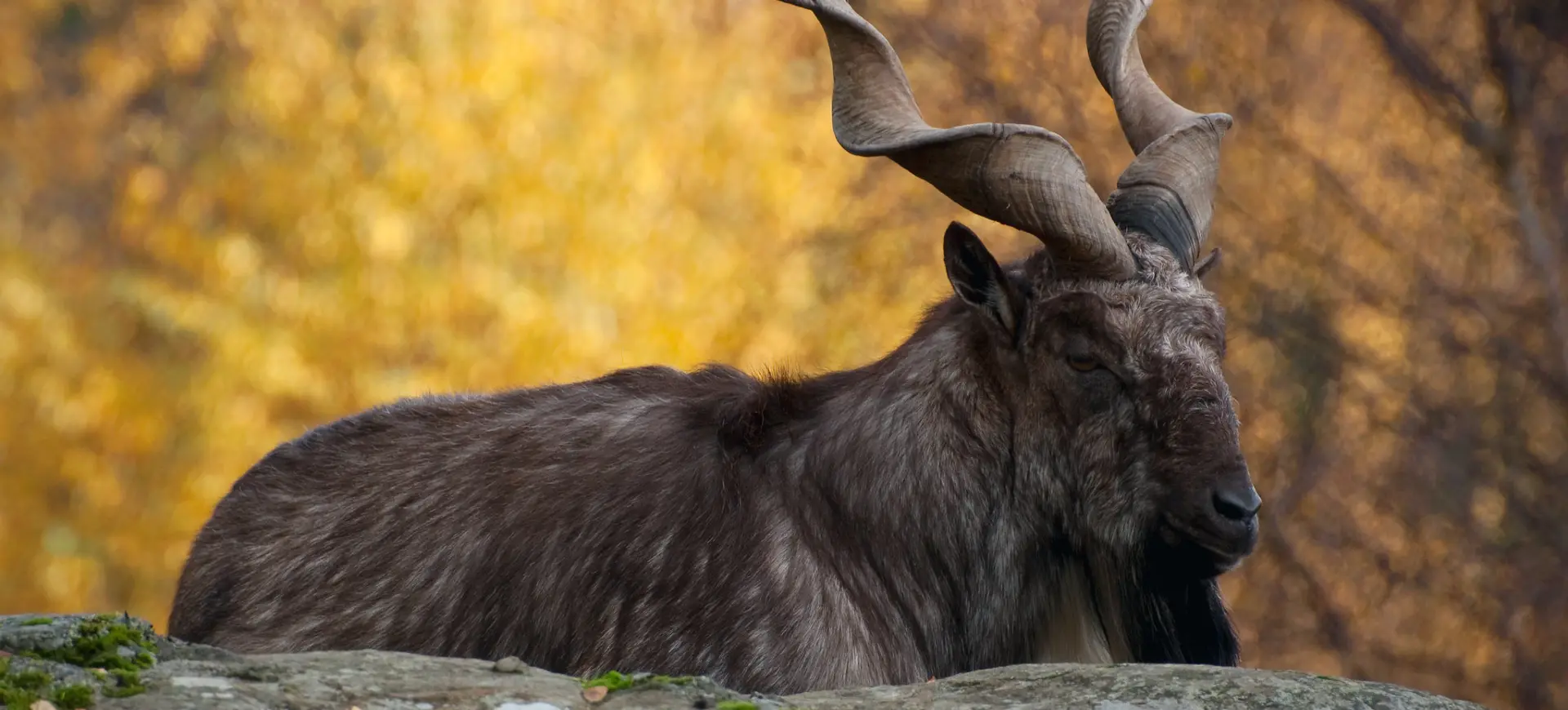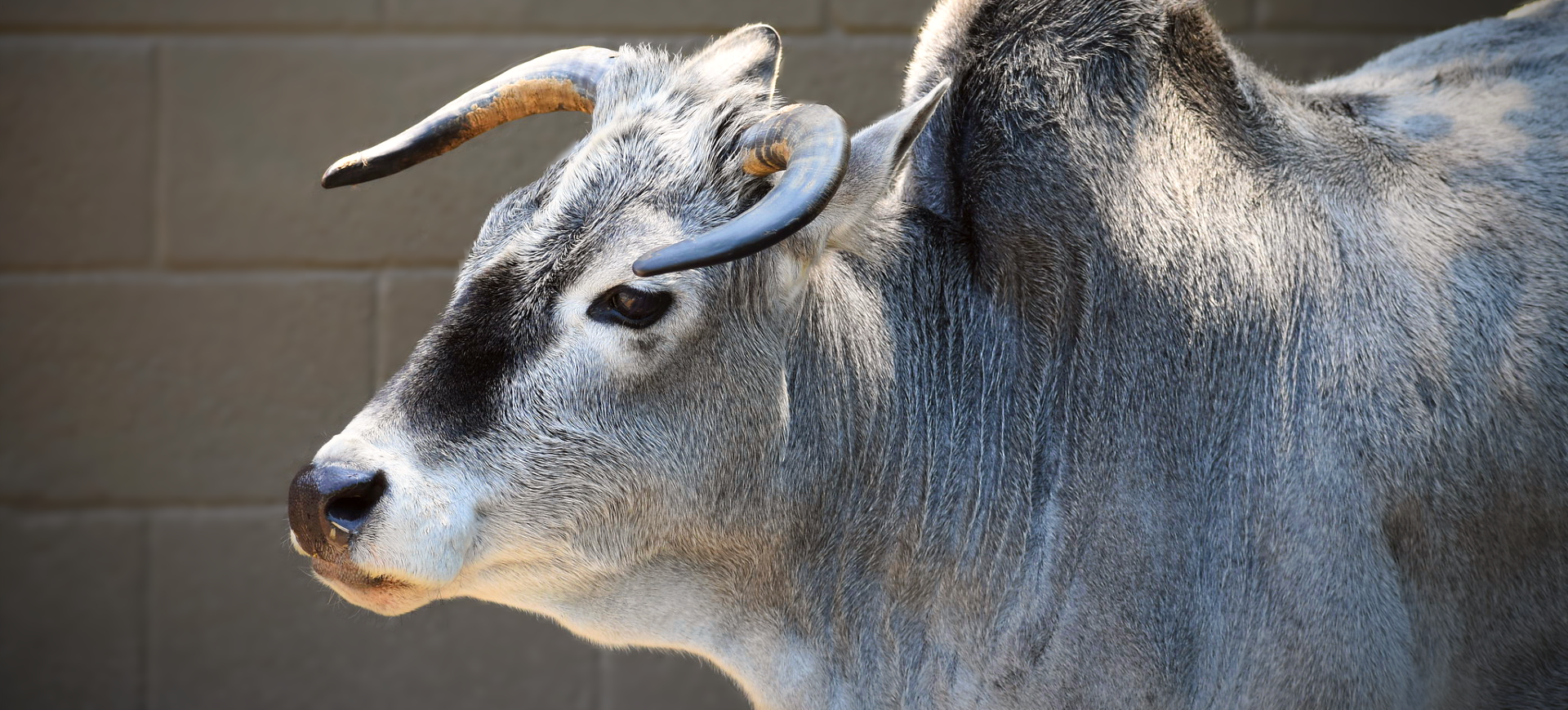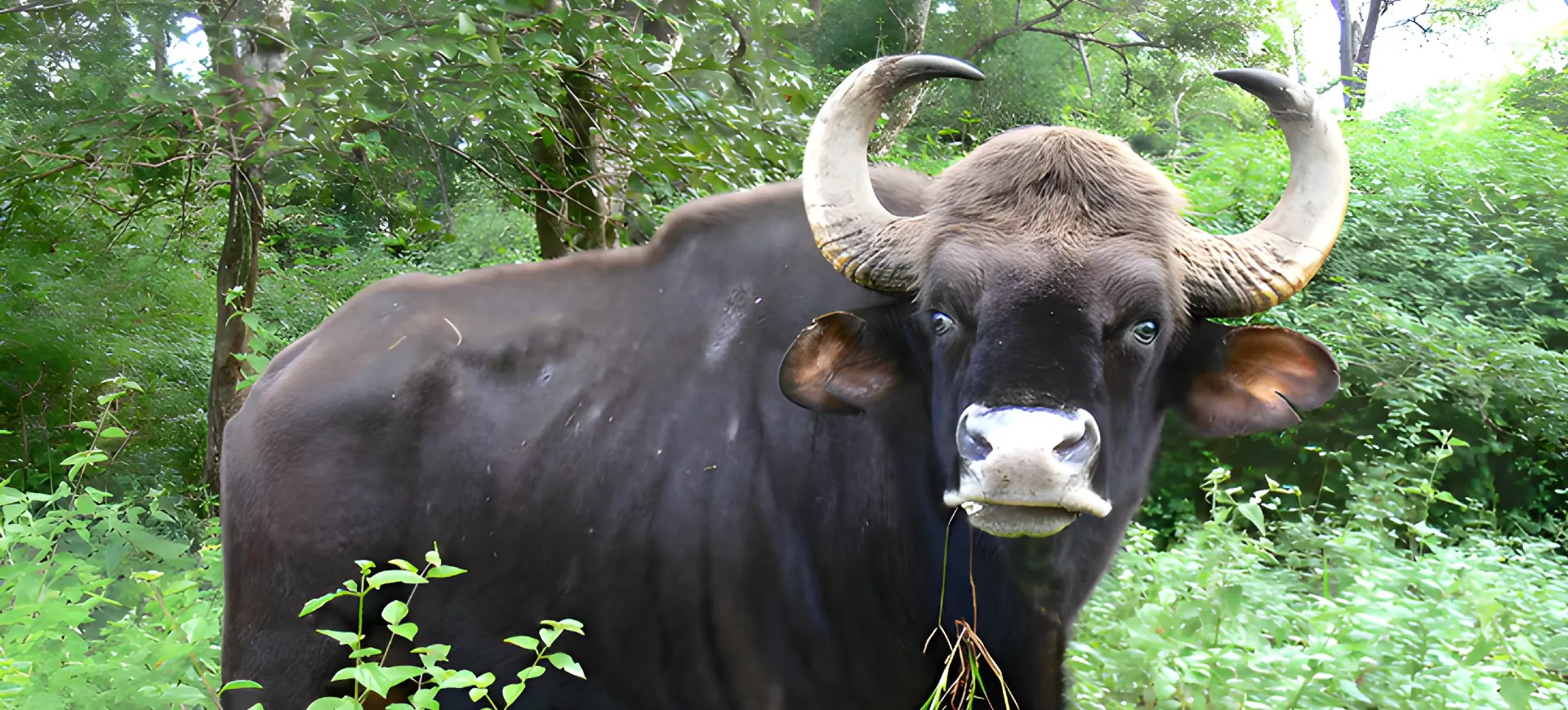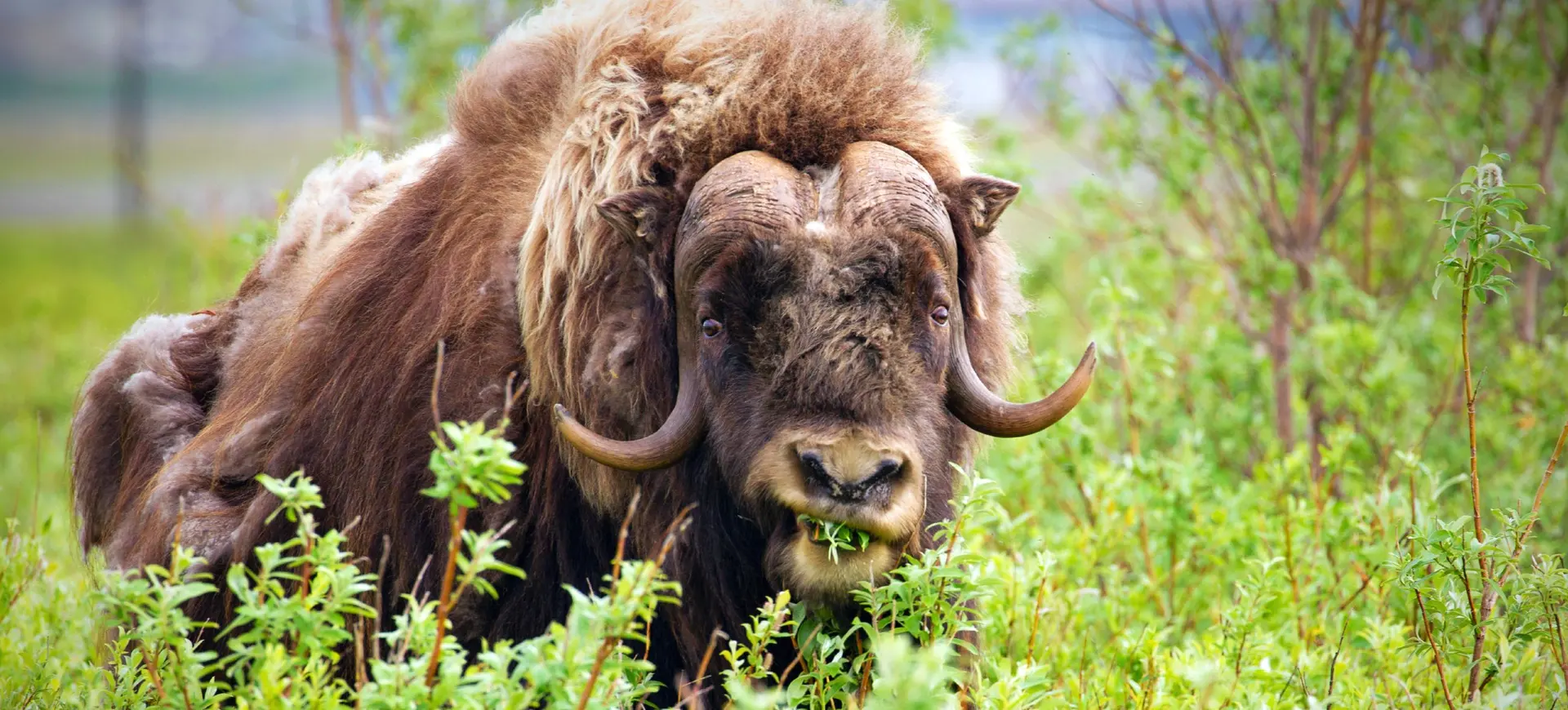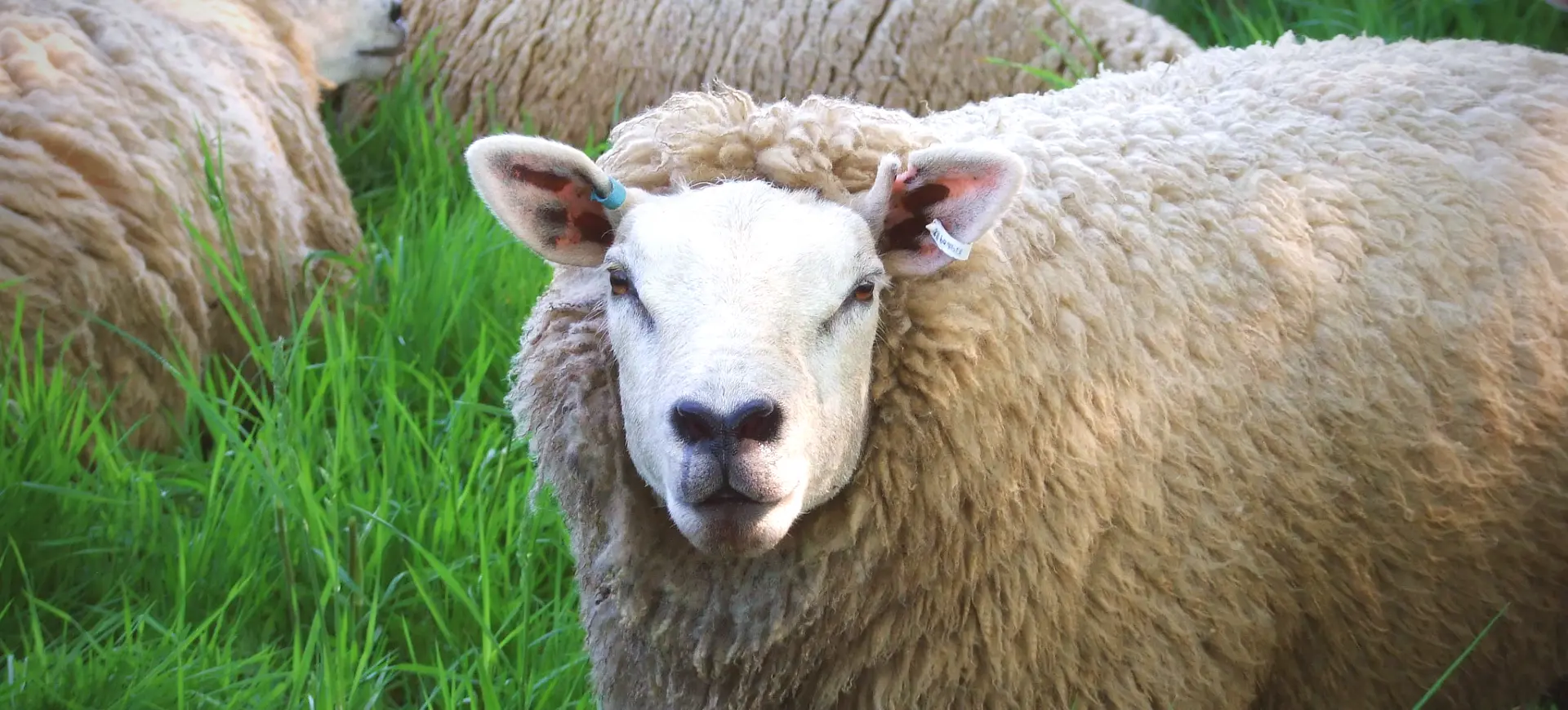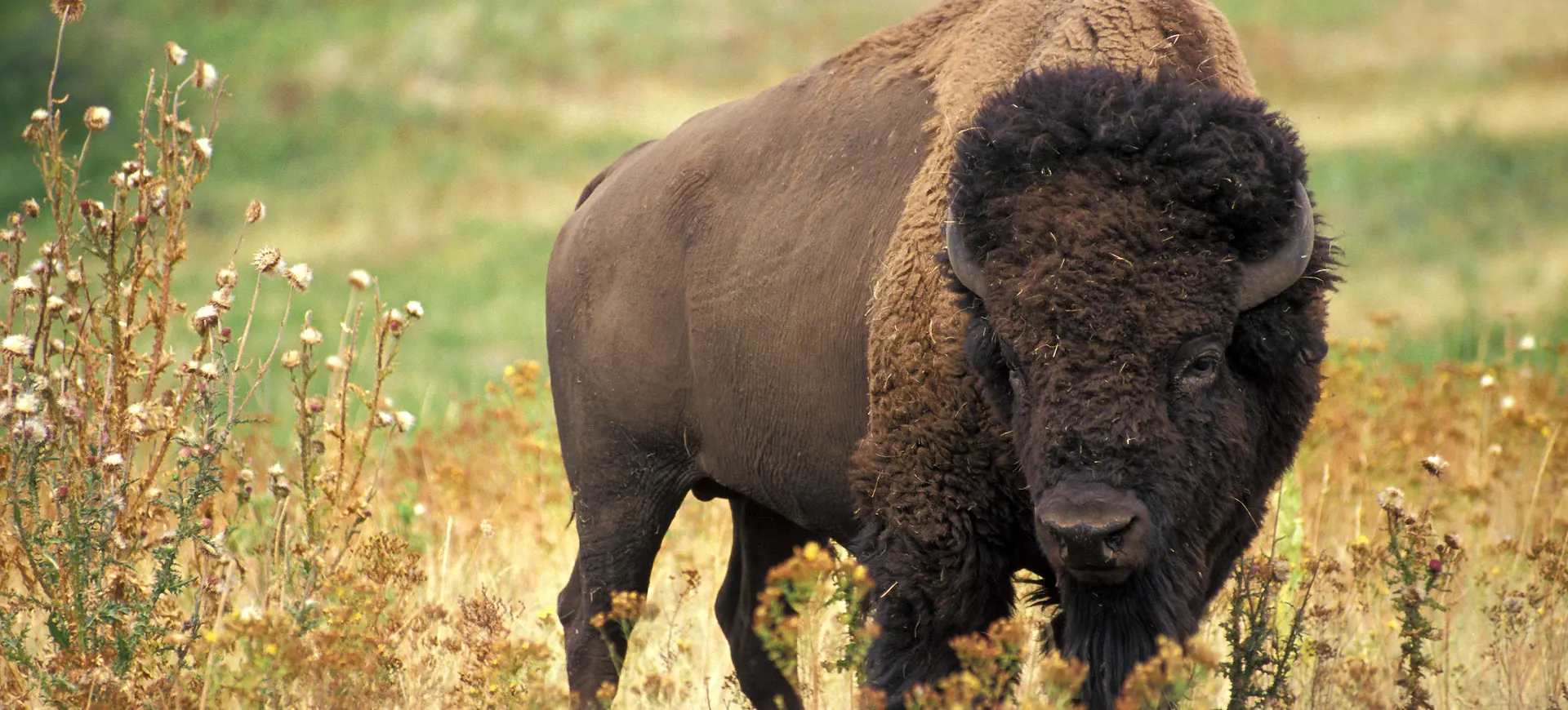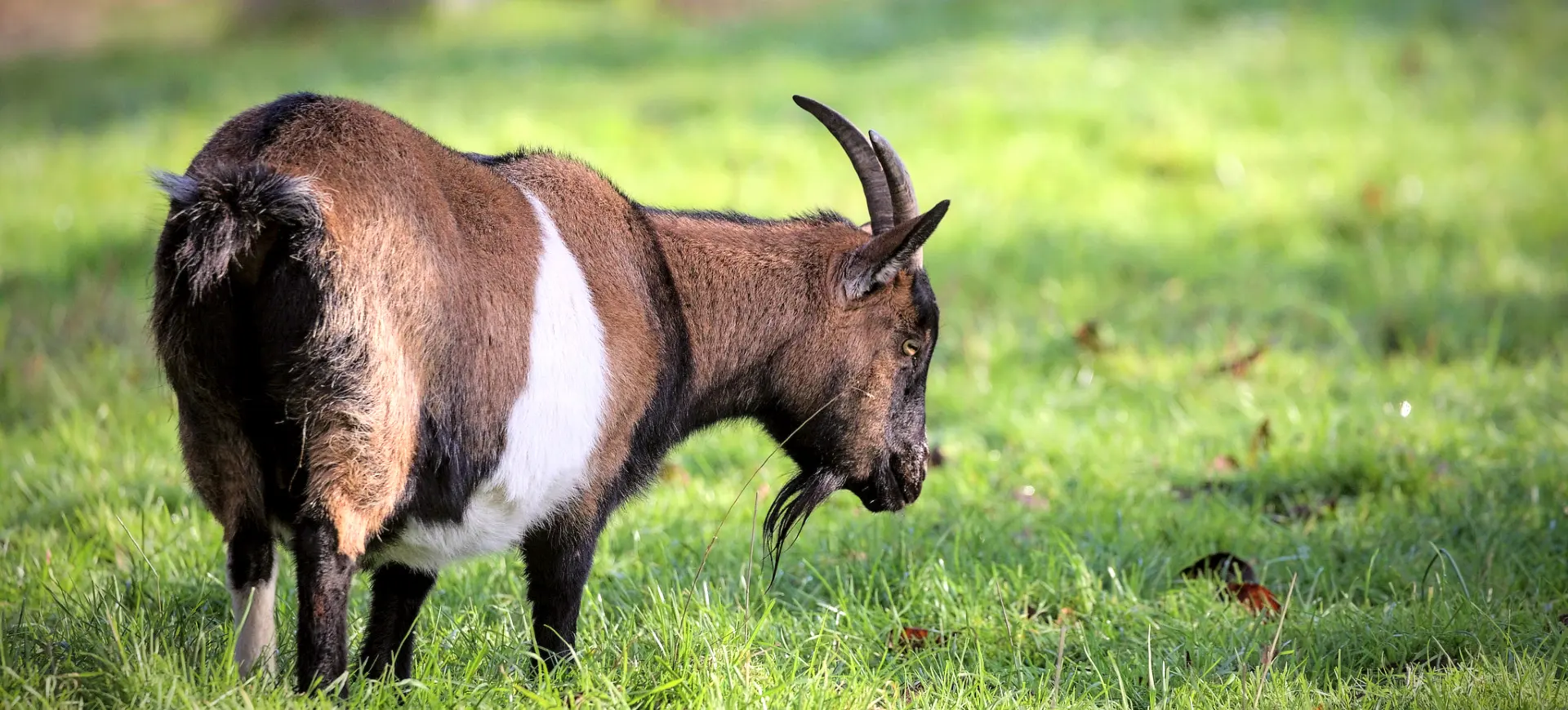Overview
The Waterbuck (Kobus ellipsiprymnus) is a large, robust antelope distinguished by its long, shaggy coat and unique white ring marking around the tail. Its body is primarily gray or brownish, and it sports long, spiral horns that can grow up to a meter in length, though this is typically only the case for males. These antelopes are also identified by their large rounded ears and white patches above the eyes and on the throat.
Waterbucks inhabit grassland areas close to water, where they consume a diet mainly of grasses. They are endemic to Africa, predominantly residing in the south and east of the continent. The species got its name due to its preference for residing in areas with plenty of water, as this allows them to escape from predators by taking to the water when threatened.
Waterbucks display unique social behavior, with males territorial and females forming herds with their offspring. The average lifespan of a waterbuck in the wild is approximately 18 years, but this can be extended in captivity. Despite their large size, these antelopes are proficient swimmers and can quickly escape threats by diving into nearby bodies of water.
Taxonomy
Kingdom
Phylum
Class
Order
Family
Genus
Species
Sub Species
Type
Physical Description:
Waterbucks are amongst the heaviest and largest antelope species, boasting a sturdy build. Their coat varies from brown to gray, with males slightly darker than females. They also possess a distinctively white ‘bib’ under their throats and a white ring on their rumps. Males sport large, impressive horns that are prominently ridged, extending and curving backward then forward, generally between 55 to 99 cm in length.
Despite the bulk of their bodies, waterbucks have relatively thin, long legs, giving them agility and speed when needed. The overall body structure of a waterbuck is robust and muscular. They have a rather elongated snout and large, rounded ears, which enhance their hearing capabilities. Females are somewhat smaller and lighter than males and lack prominent horns.

Lifespan: Wild: ~18 Years || Captivity: ~23 Years

Weight: Male: 500-600 lbs (227-272 kg) || Female: 350-450 lbs (159-204 kg)

Length: Male: 7.3 ft (223 cm) || Female: 6.9 ft (210 cm)

Height: Male: 4.3 ft (131 cm) || Female: 3.9 ft (119 cm)

Top Speed: 35 mph (56 km/h)
Characteristic:
Native Habitat:
Waterbucks are typically found in areas close to water in savannah grasslands, woodlands, and riverine areas. They can adapt to various habitats provided enough water and vegetation to support their dietary needs. Waterbucks avoid arid areas and have a particular preference for areas with high rainfall.
These animals are native to Africa, distributed south of the Sahara Desert. Their habitats range from Ethiopia and Kenya in the east, through Zambia to Botswana, and then to eastern South Africa. Waterbucks are absent in arid regions, forests, and desert environments.
Climate Zones:
Biomes:
Biogeographical Realms:
Continents:
Countries:
Diet:
Diet & Feeding Habits:
Waterbucks primarily follow a grazing diet, consuming grasses easily available. They prefer to feed in the early morning and late afternoon, often resting in between. During the dry season, they may also browse leaves, shoots, and fruits when grasses are less abundant. Their diet largely consists of coarse grasses, which other grazing herbivores often ignore.
Despite the name, waterbucks do not eat aquatic vegetation. Their water needs are high, and rarely found far from water sources. Waterbucks also have a modified digestive system suitable for a fibrous diet and are ruminants, much like cows, meaning they have a stomach divided into four compartments.
Mating Behavior:
Mating Description:
The mating behavior of Waterbucks is quite distinctive. Male Waterbucks are territorial and often fight for control over females during breeding. During courtship, males approach a female, following her around and sniffing her hindquarters. If the female is receptive, she will permit the male to mount her.
The breeding season of Waterbucks doesn’t adhere to a specific time and can occur throughout the year, although there may be a peak in births before the rainy season. After a gestation period of about nine months, a single calf is born. The newborn is kept hidden for about a month before it joins the herd.
Reproduction Season:
Birth Type:
Pregnancy Duration:
Female Name:
Male Name:
Baby Name:
Social Structure Description:
Waterbucks have a unique social structure with a clear separation between males and females outside the mating season. Males are territorial and will actively defend their area against intruders. These territories are often around areas with abundant water and grazing resources.
Conversely, females live in loose social groups, called herds, of about five to twelve individuals and their offspring. Herds have a matriarchal structure, with the dominant female leading the group. Males will join these herds during the mating season.
Groups:
Conservation Status:
Population Trend:
The wild population of Waterbucks is estimated to be between 100,000 to 250,000 individuals, spread across various protected areas in sub-Saharan Africa. The population is considered stable, with some fluctuations observed due to changes in habitat quality and levels of protection.
Waterbucks tend to thrive in protected areas with ample water resources, grasslands for grazing, and where hunting is controlled. Despite facing habitat loss and hunting threats, their wide distribution and adaptability have helped maintain their population numbers.
Population Threats:
The primary threats to the waterbuck population include habitat loss and fragmentation due to agricultural expansion and human settlement. Moreover, they are often hunted for their meat and skin. Disease outbreaks can also be a significant threat, with waterbucks susceptible to diseases like rinderpest and bovine tuberculosis.
Despite these threats, the waterbuck has shown considerable adaptability, surviving and thriving in varied environments and circumstances. This has enabled them to maintain a healthy population despite their challenges.
Conservation Efforts:
The majority of waterbucks are found in protected areas throughout their range, providing them some protection against hunting and habitat loss. Conservation efforts for waterbucks primarily involve preserving and managing these protected habitats. Efforts also include monitoring populations, imposing hunting regulations, and promoting sustainable land use practices in areas outside protected parks.
In areas where waterbuck populations are declining, translocation efforts are carried out to boost numbers. Public awareness campaigns are also vital to educate people about the importance of the species and the need for their conservation.
Additional Resources:
Fun Facts
- Waterbucks have a greasy secretion on their skin that makes their coat waterproof.
- They are strong swimmers and are one of the few antelope species frequently entering the water.
- Waterbuck’s long, spiral horns are present only in males and are used in fights for dominance.
- Waterbucks can run up to 35 miles per hour despite their size when escaping predators.
- The white ring on the rump of a waterbuck acts as a ‘follow me’ sign for calves to follow their mothers.
- Waterbucks have a distinctive musky odor that can be detected several feet away.
- Unlike most antelopes, waterbucks do not have a specific breeding season and can breed year-round.
- Waterbuck calves are very well hidden by their mothers and remain motionless when threatened.
- Their primary predators are lions, leopards, hyenas, and African wild dogs.
- Waterbucks have a lifespan of 18 years in the wild but can live up to 23 years in captivity.









